CARVINGOVÉ LYŽE | PISTOVÉ LYŽE | LYŽE PRO ZÁBAVNÉ CARVINGOVÁNÍ | LYŽE NA UPRAVENÉ SJEZDOVKY
NEJLEPŠÍ CARVINGOVÉ LYŽE
Ať už jste zkušený profík nebo nováček na svahu, zvládnutí umění carvingu může posunout vaše lyžování na novou úroveň. A abyste skutečně vynikli, budete potřebovat správné nástroje pro práci. Náš průvodce vám pomůže snadno vybrat správné carvingové lyže, abyste mohli trávit méně času nakupováním a více času lyžováním!
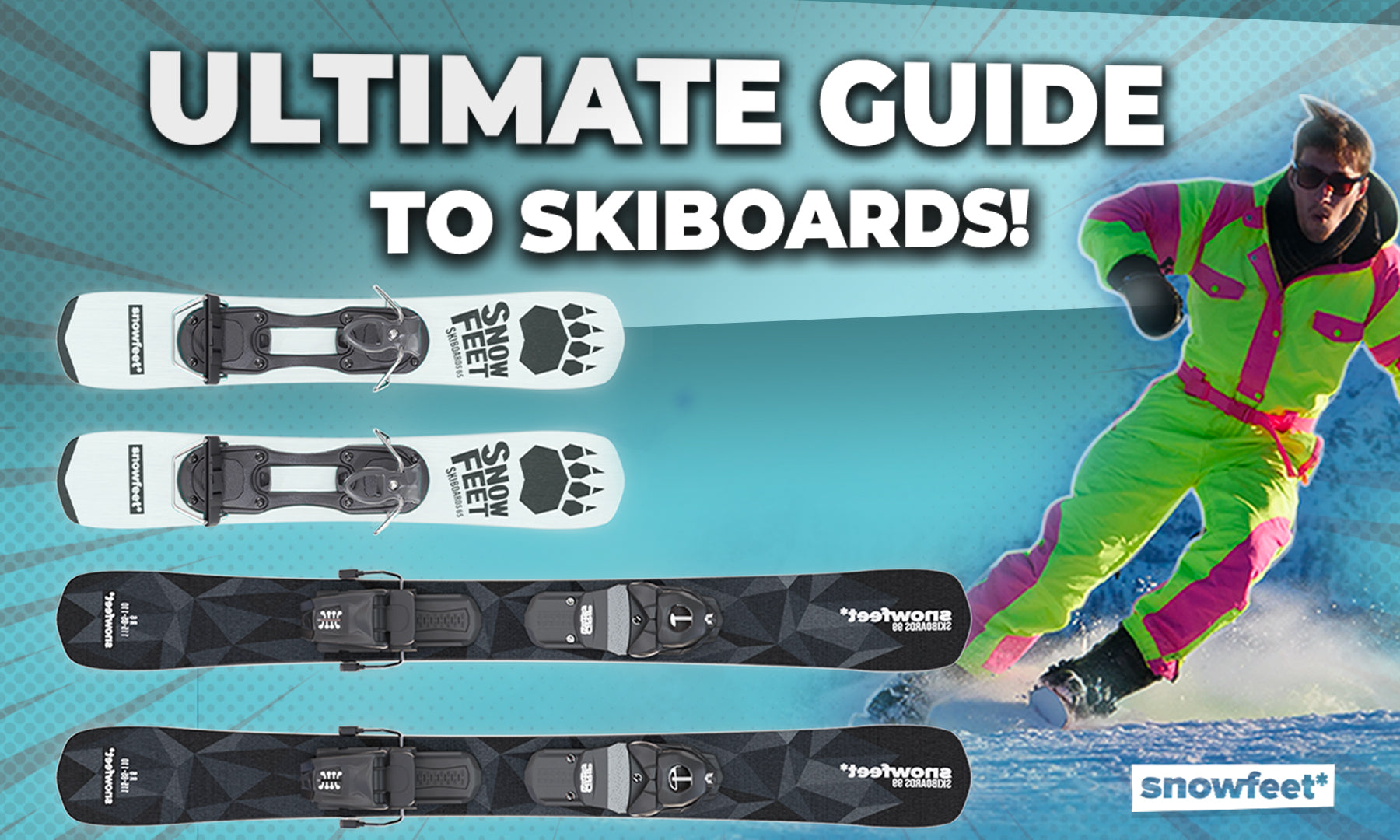
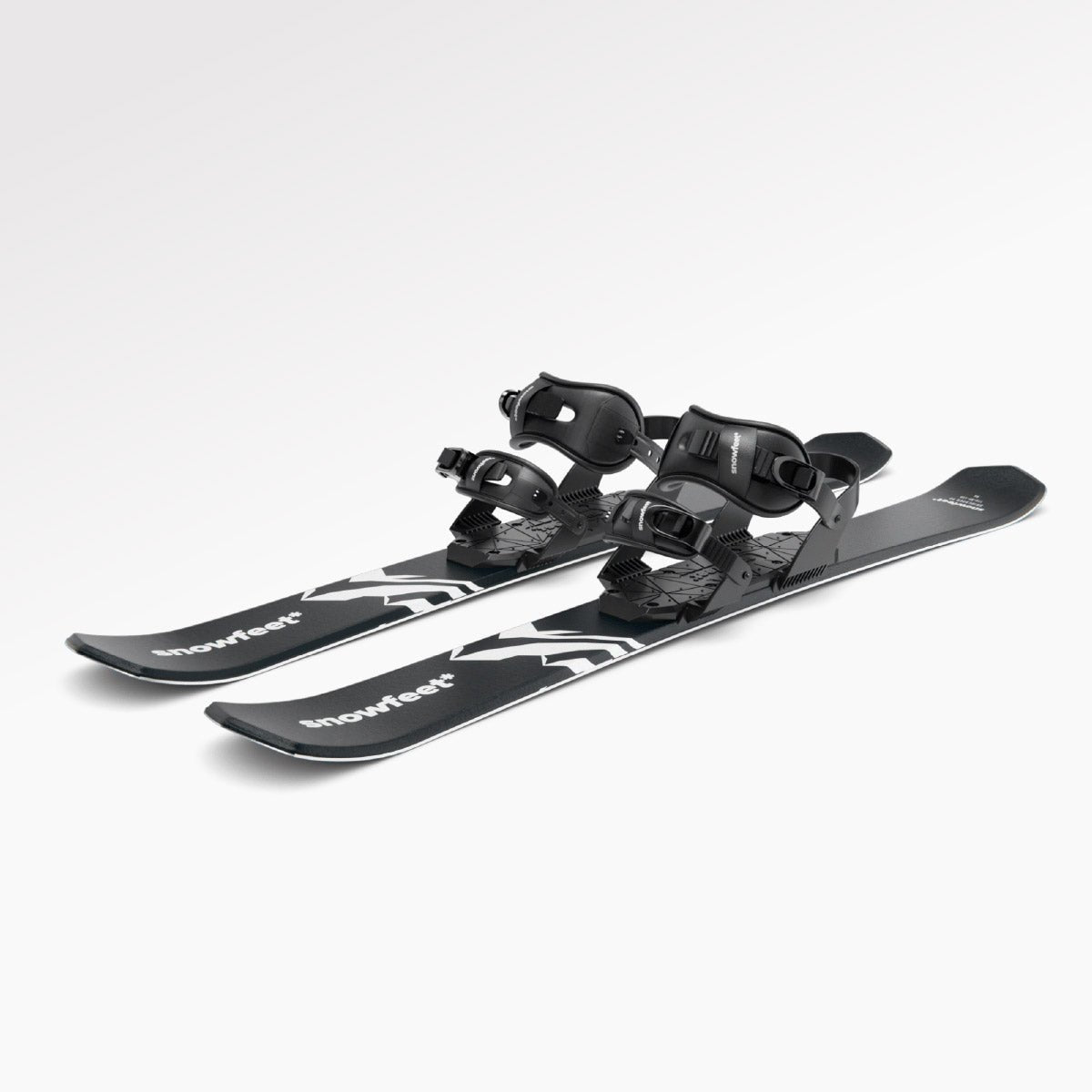
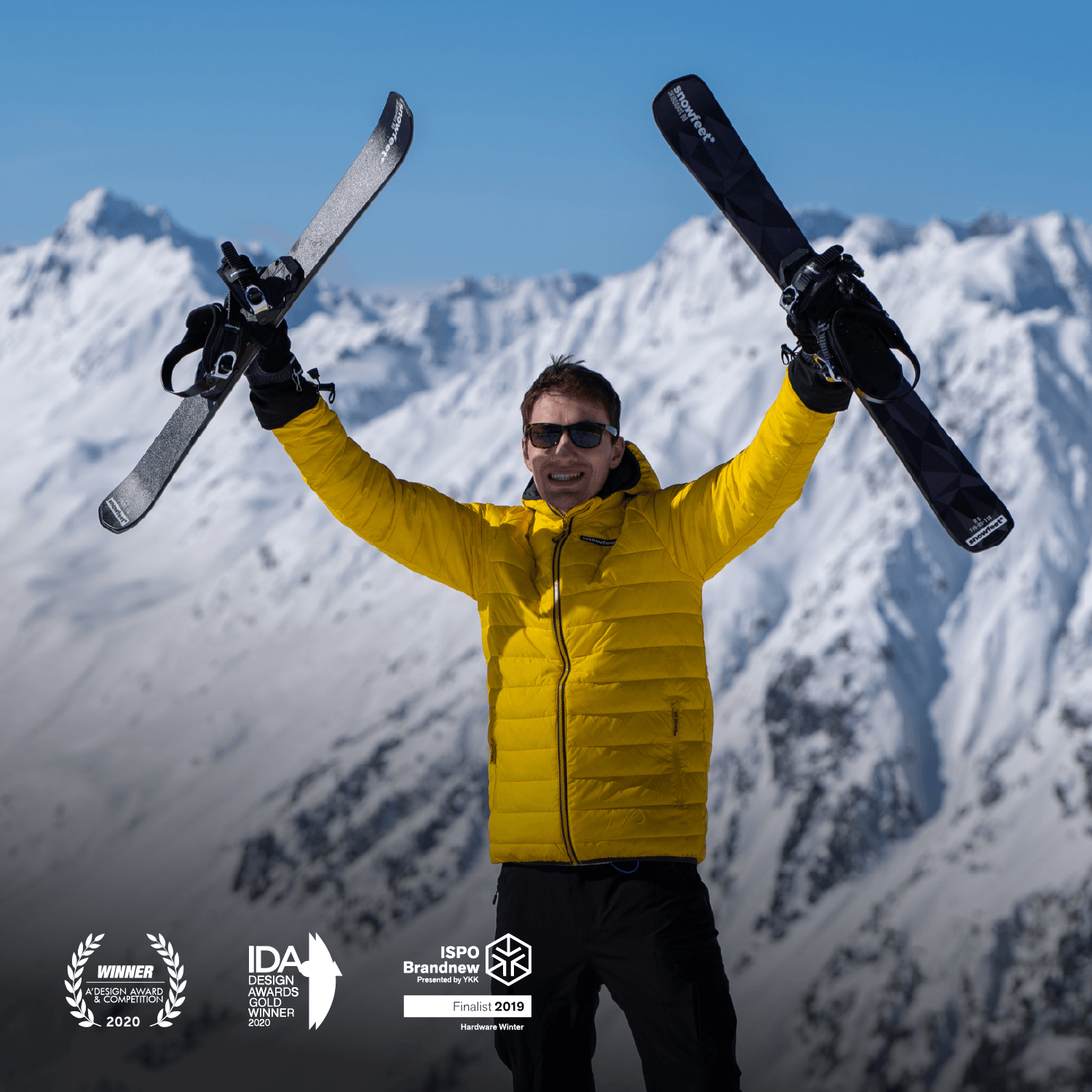
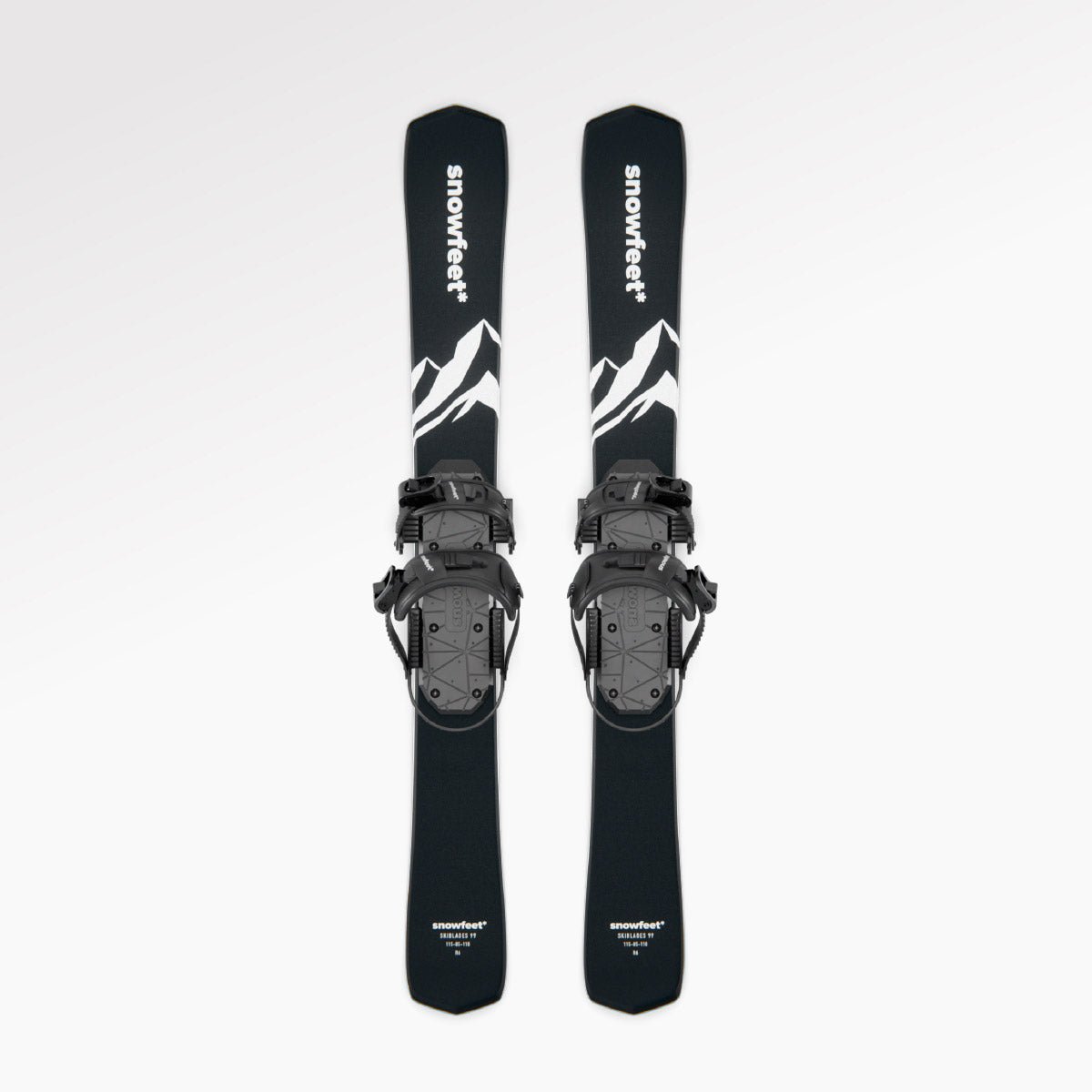
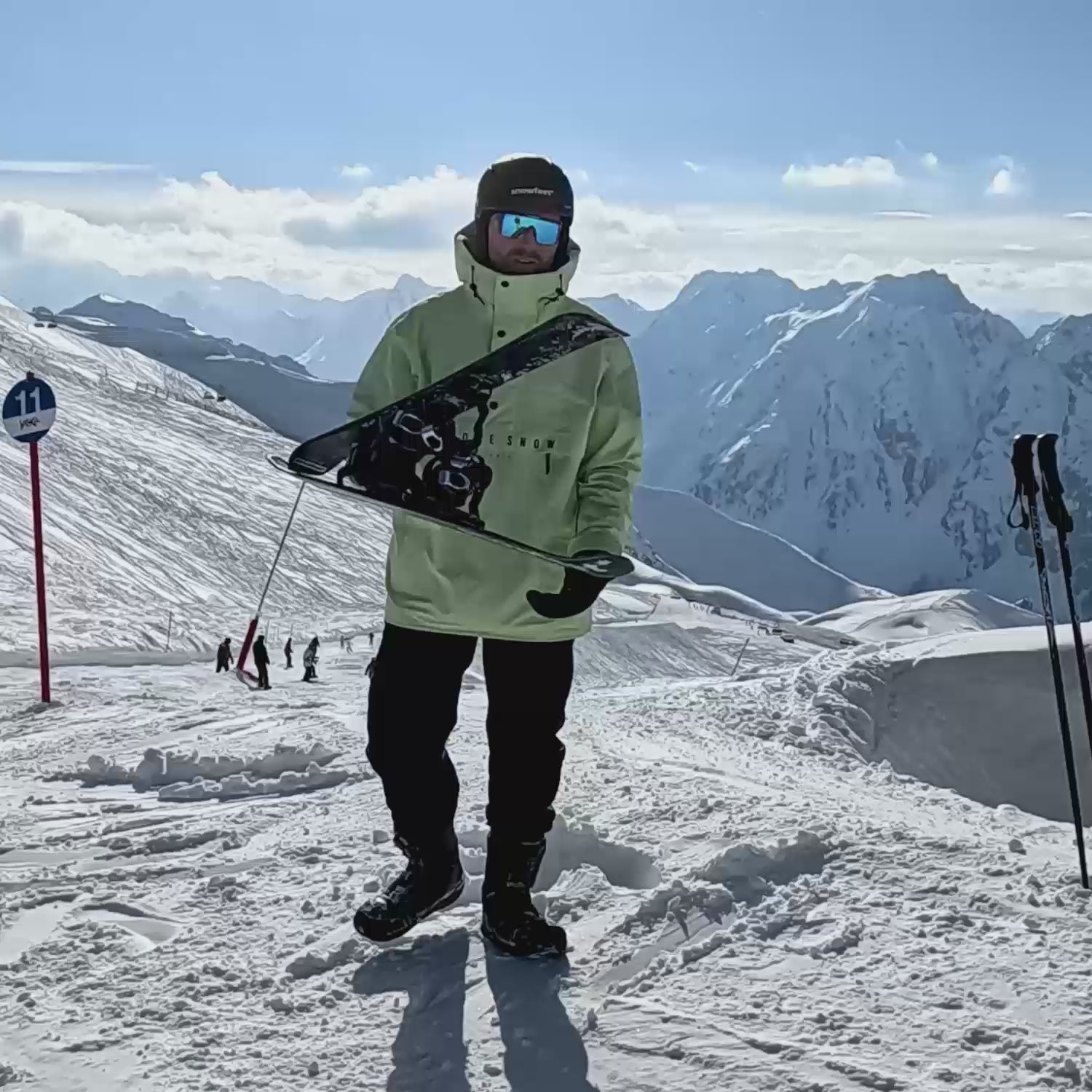

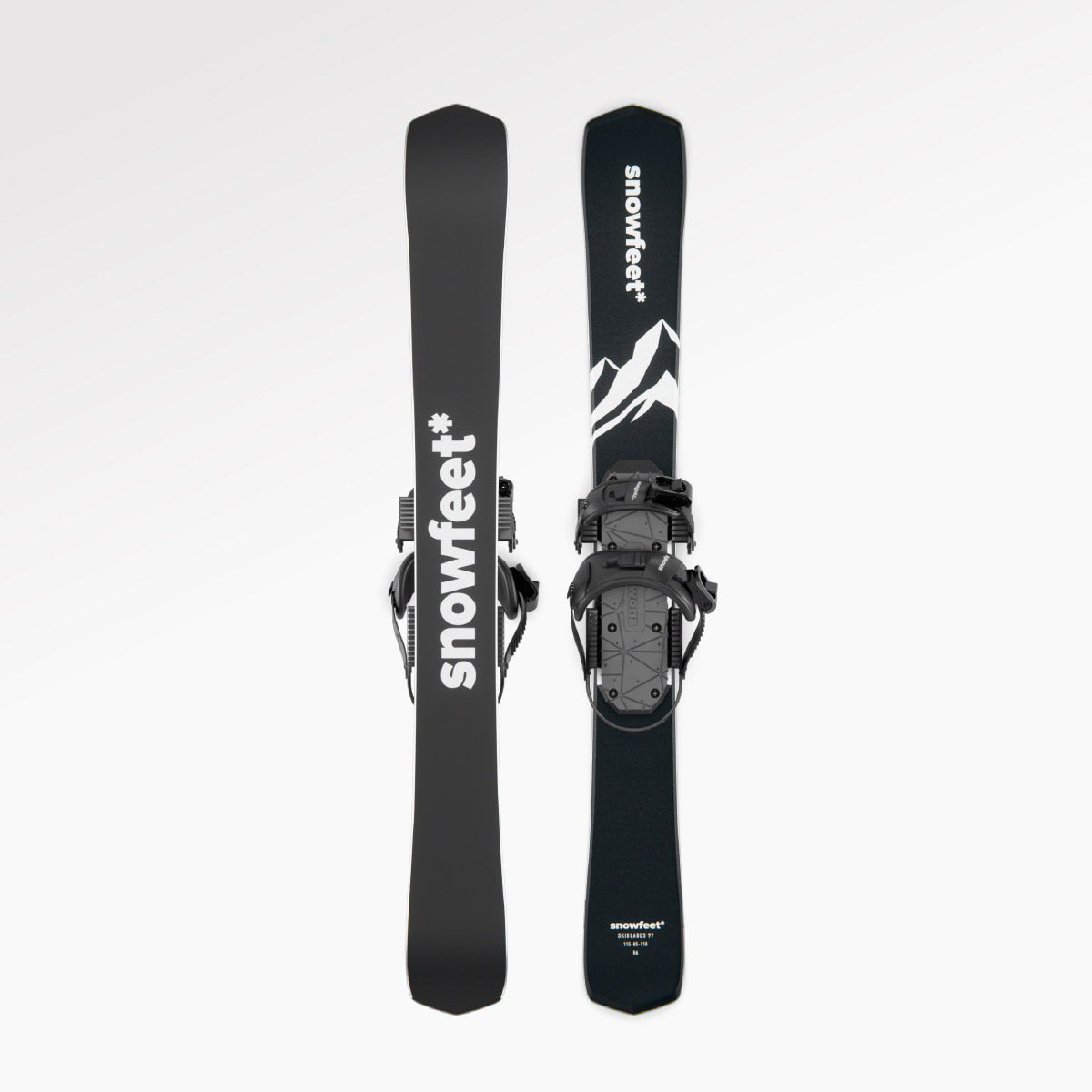
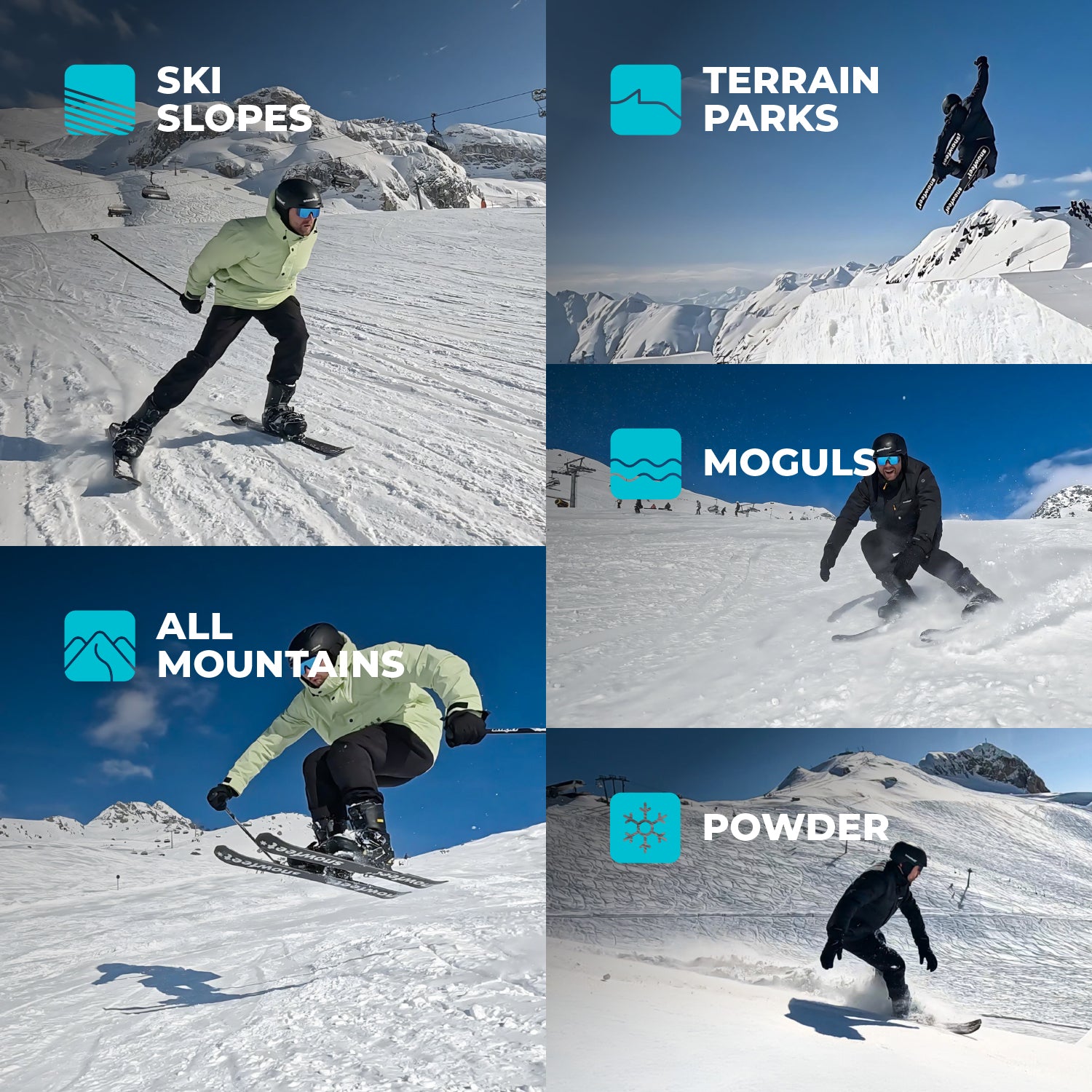
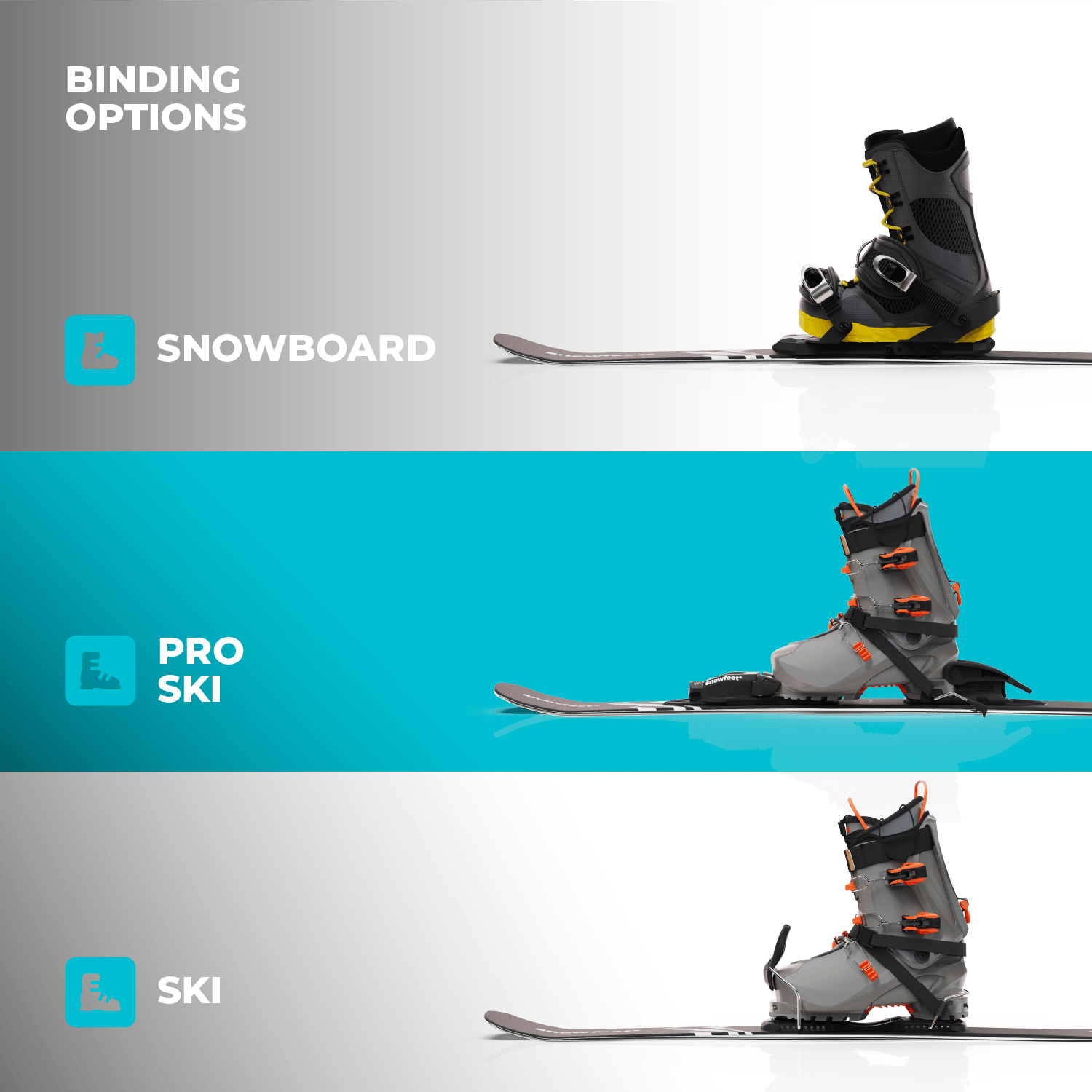
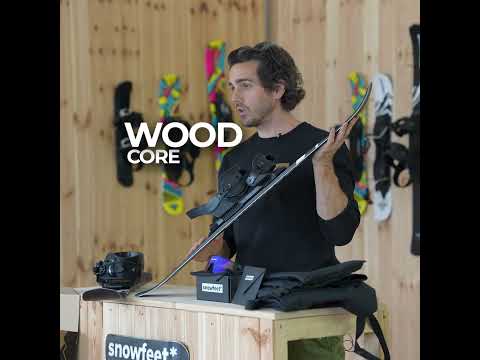
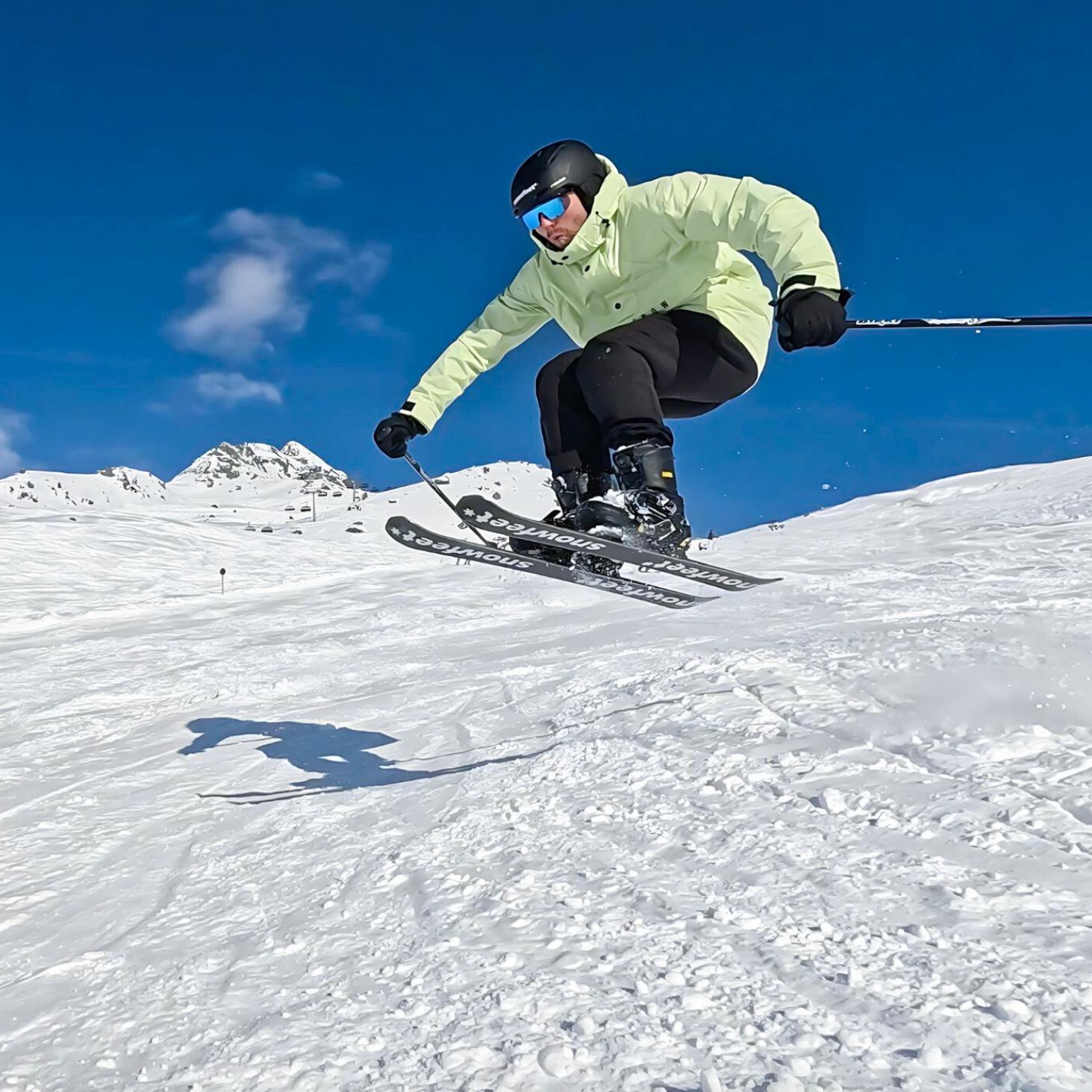
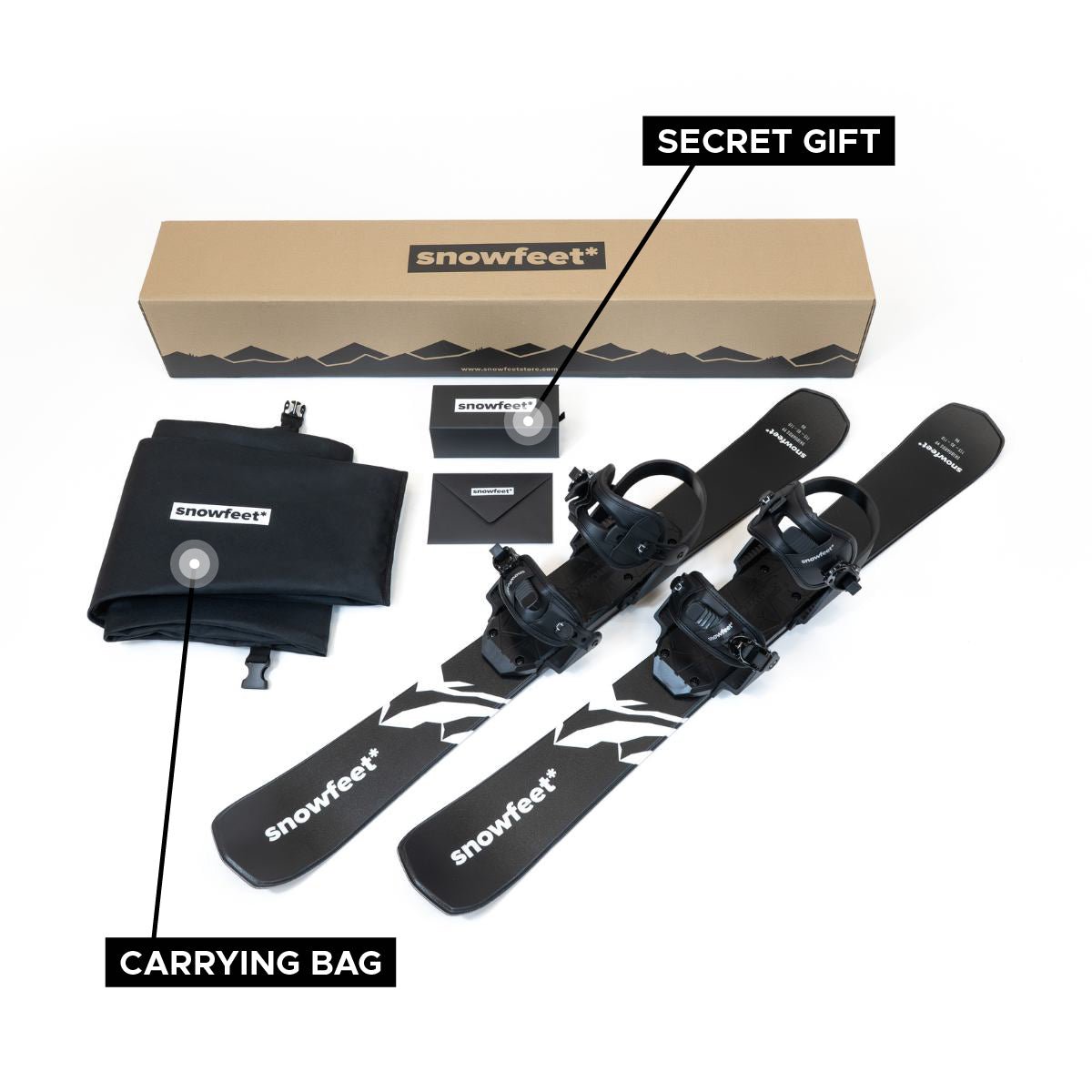
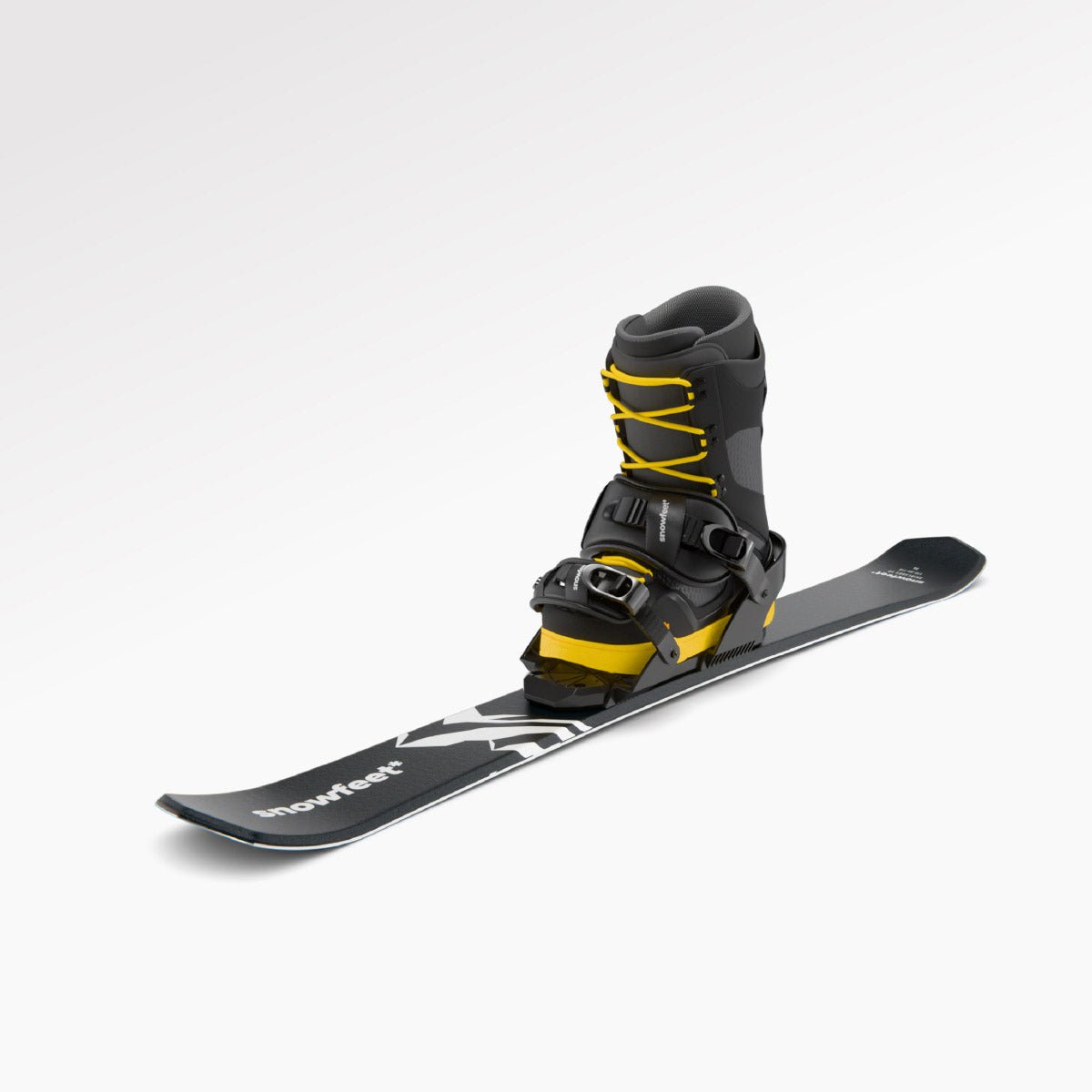
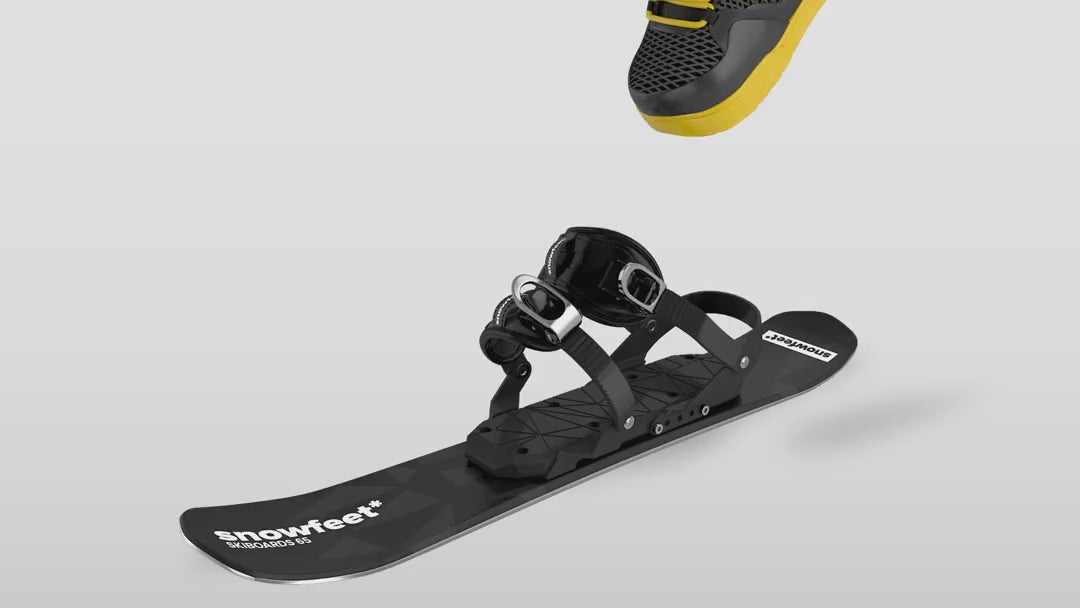
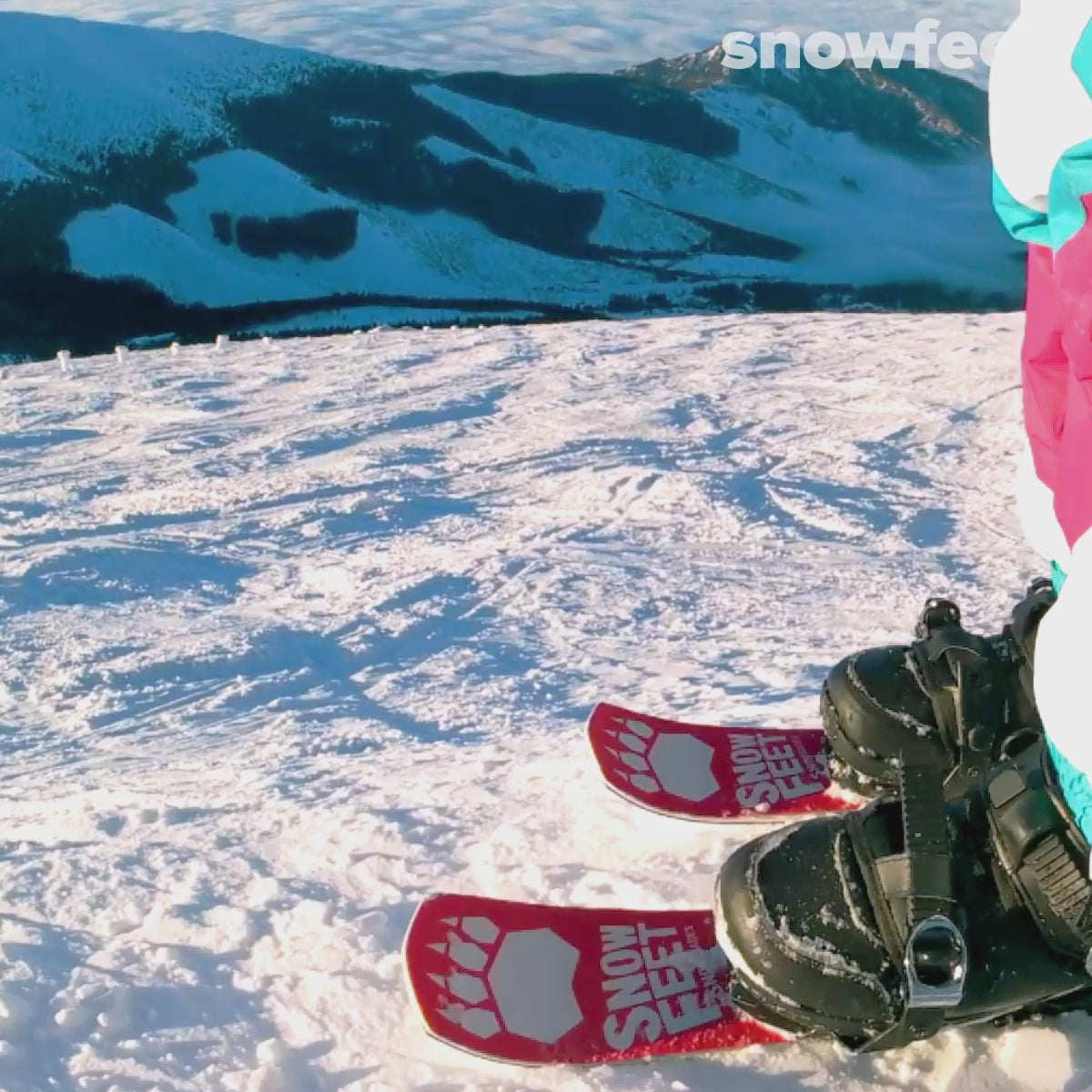
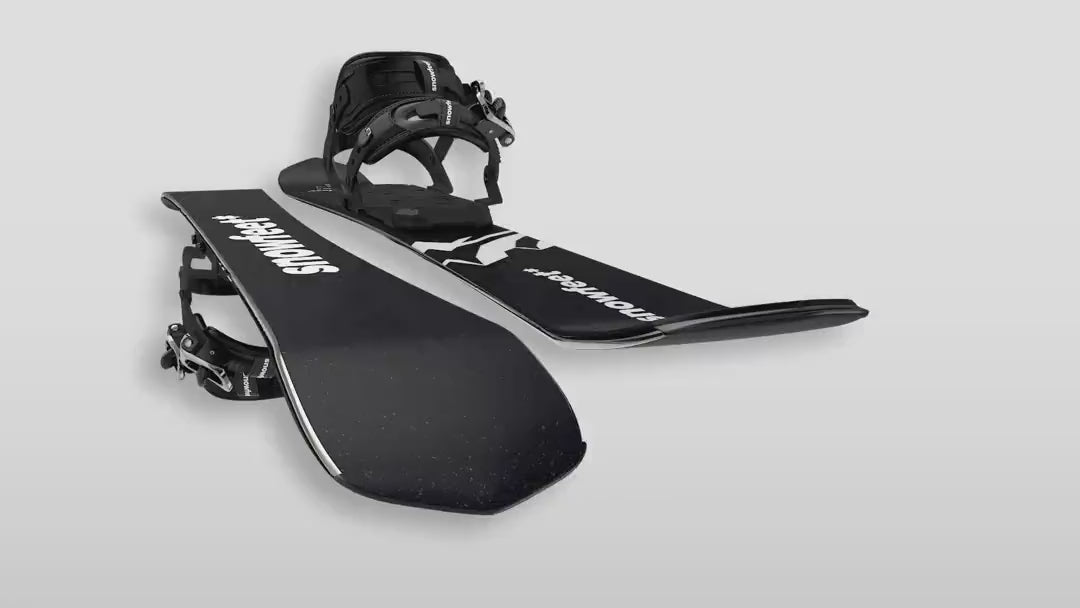
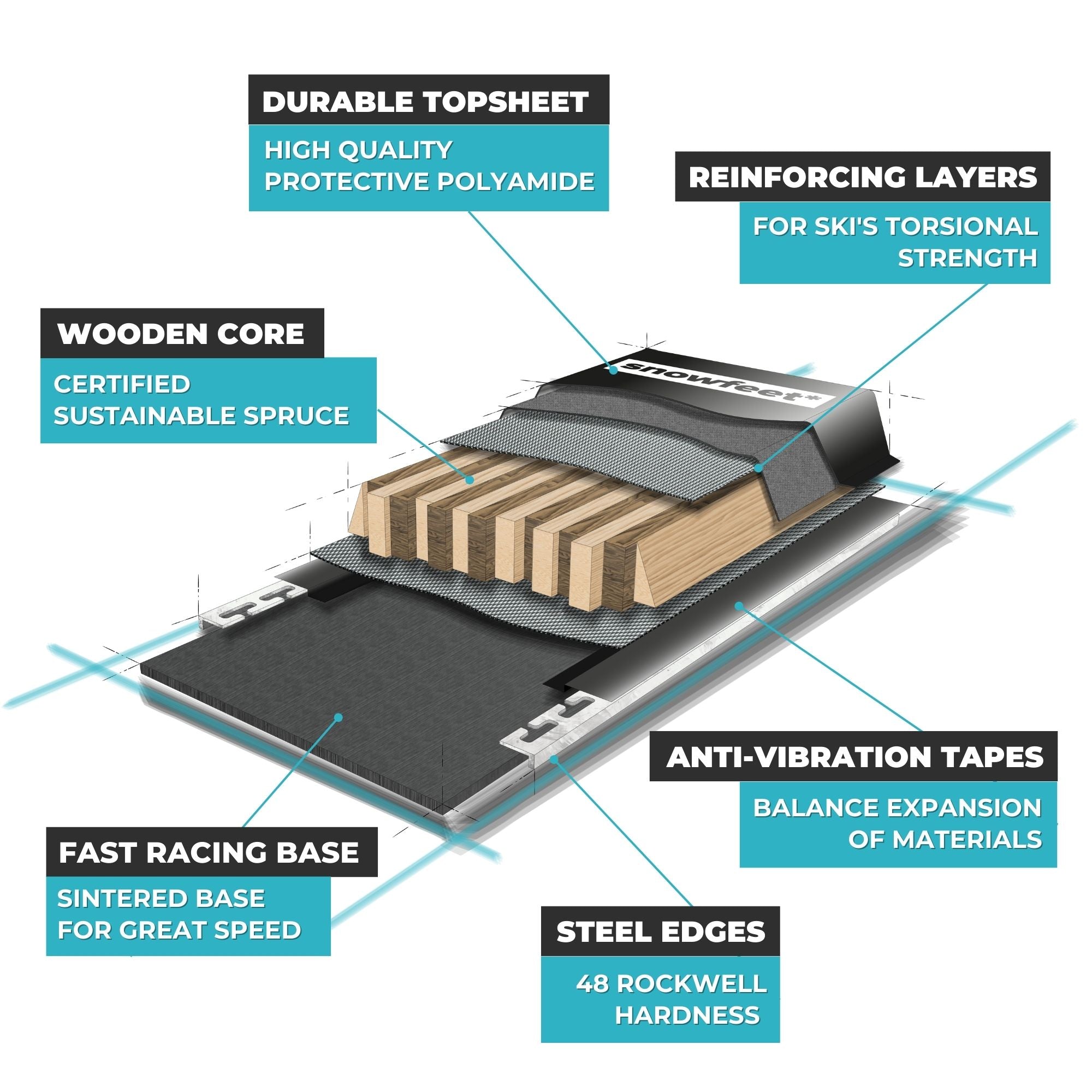
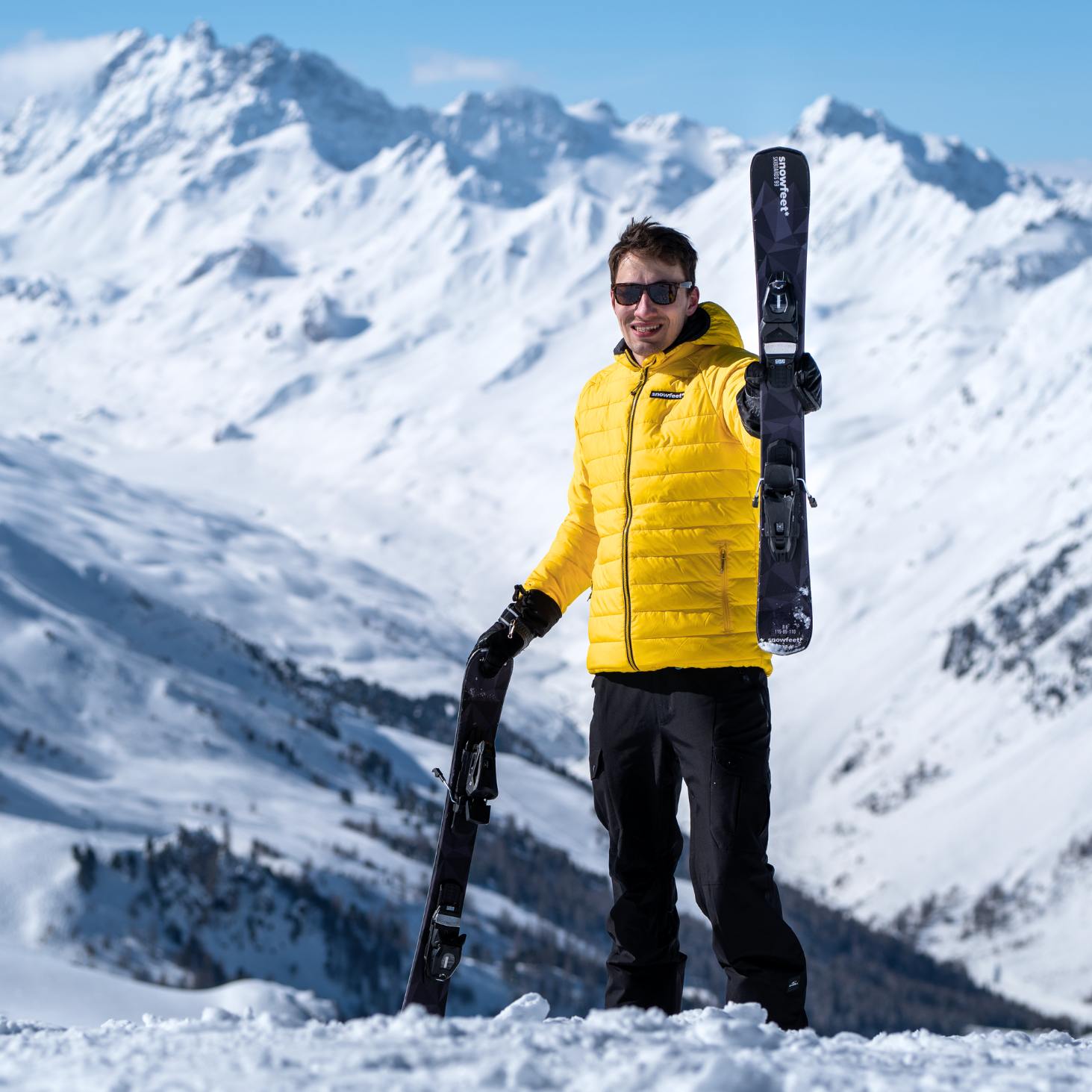
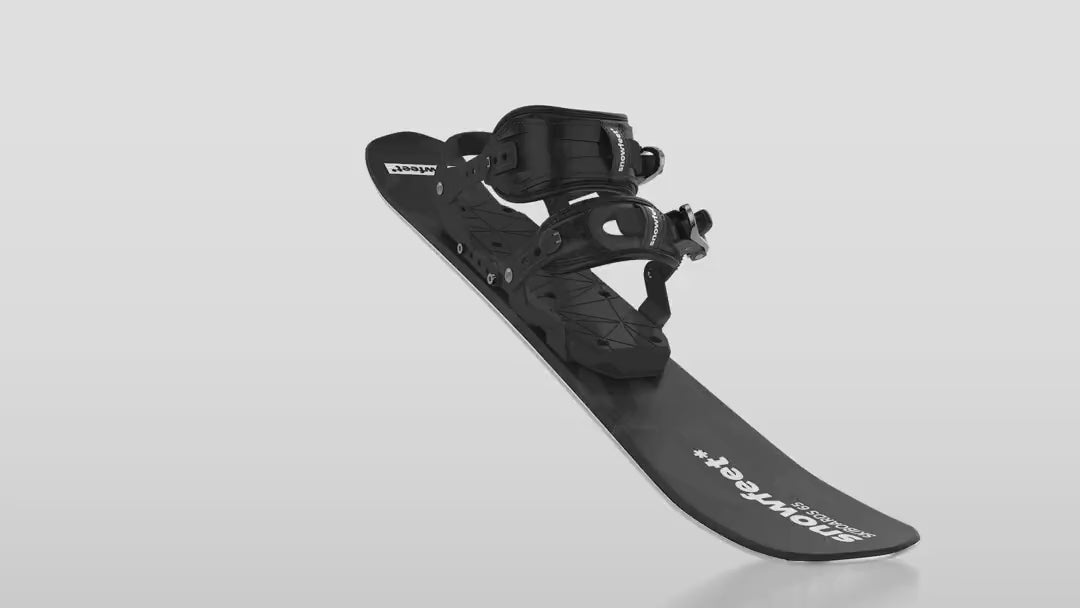
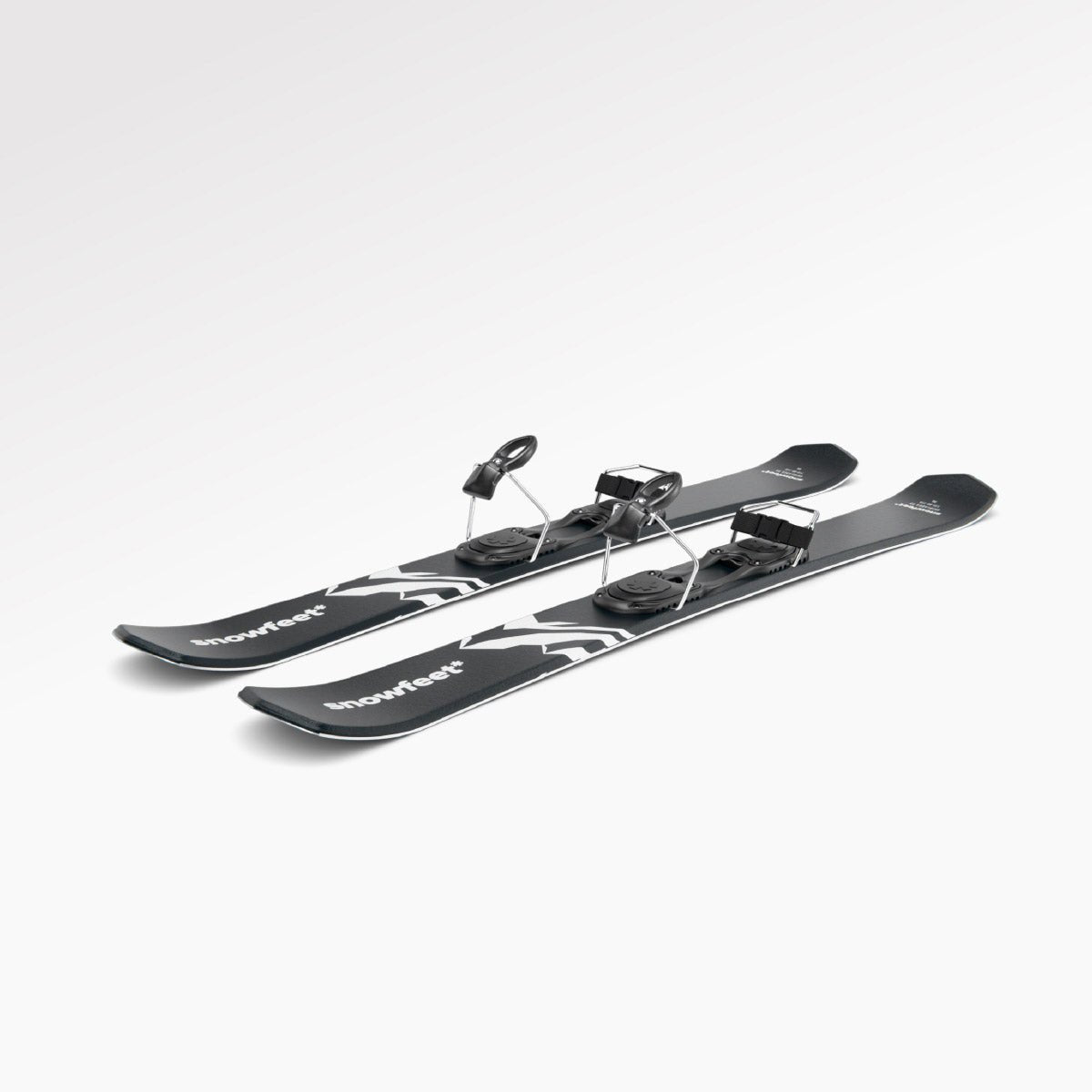
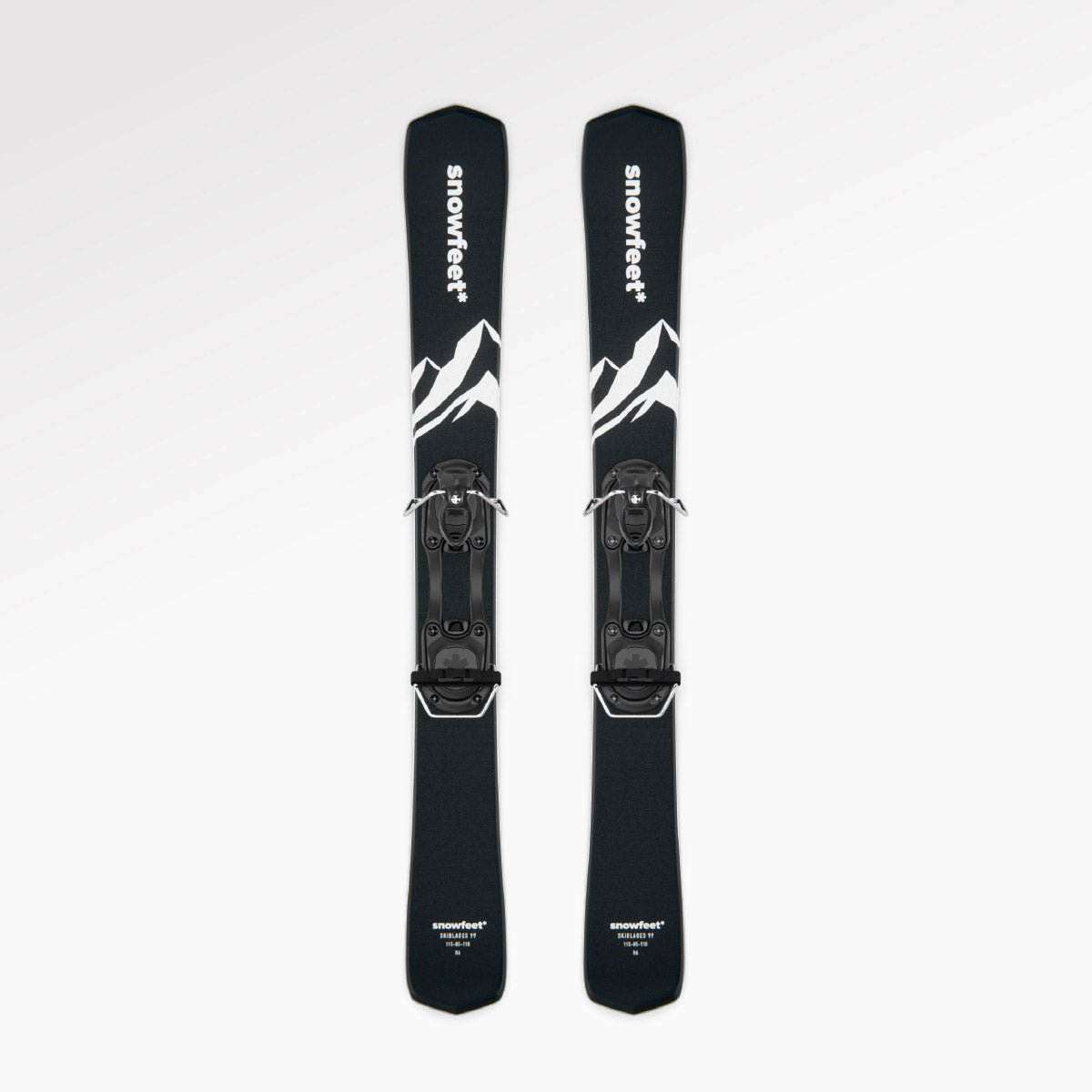
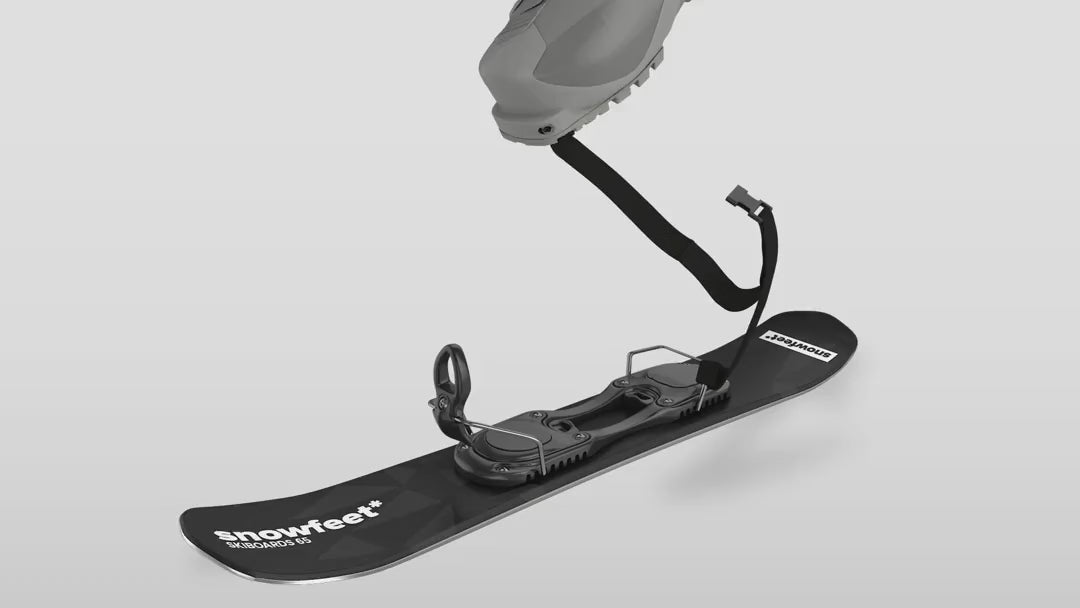
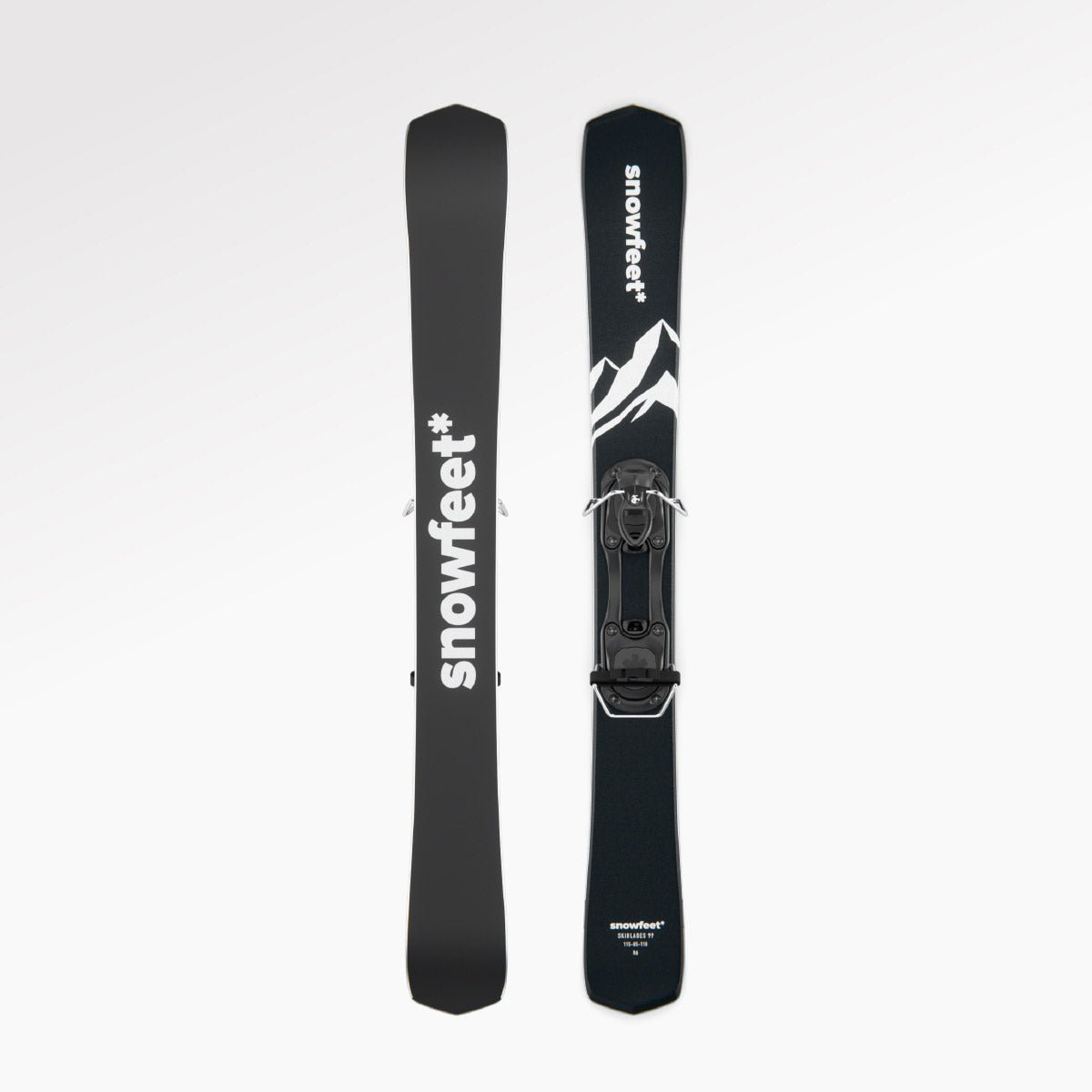
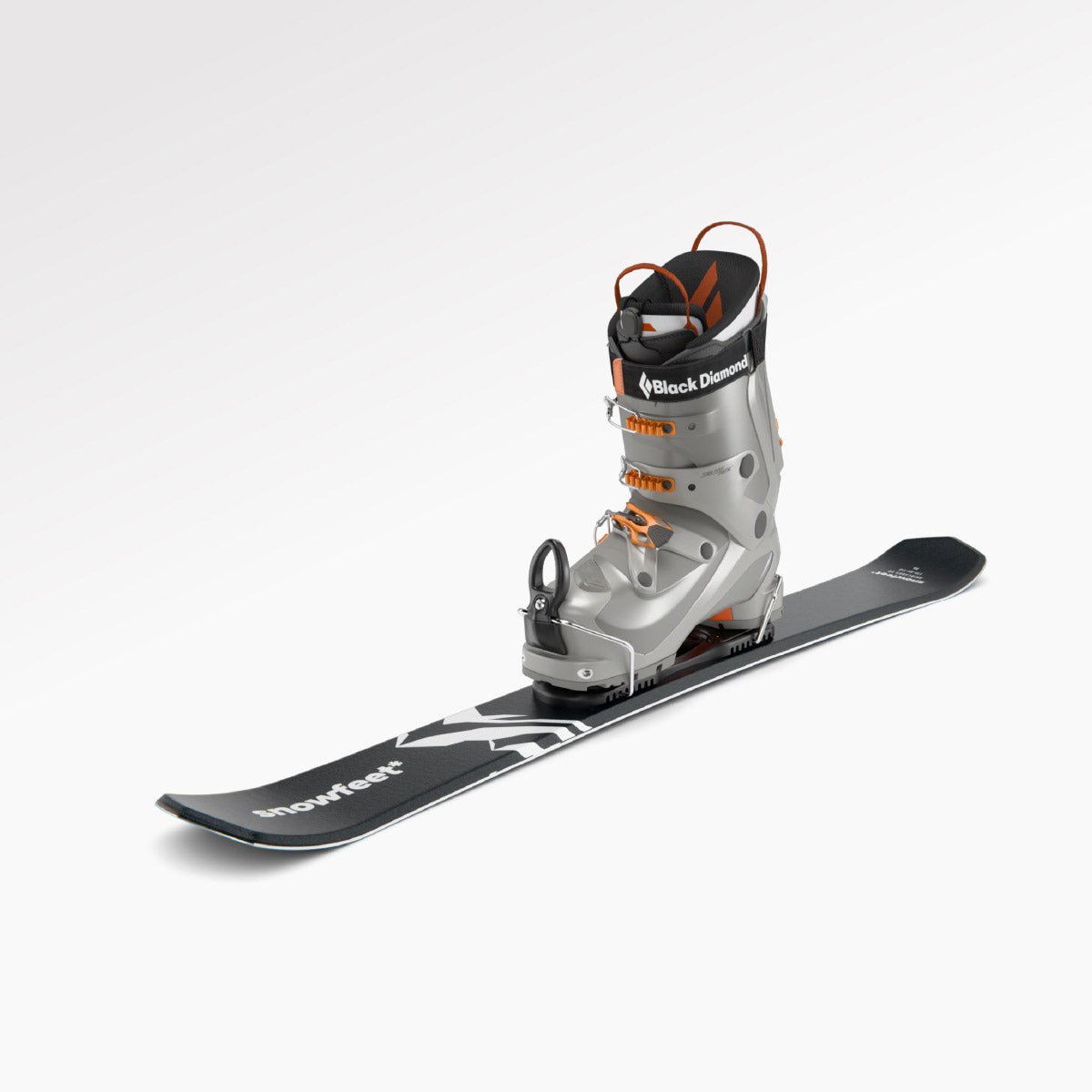
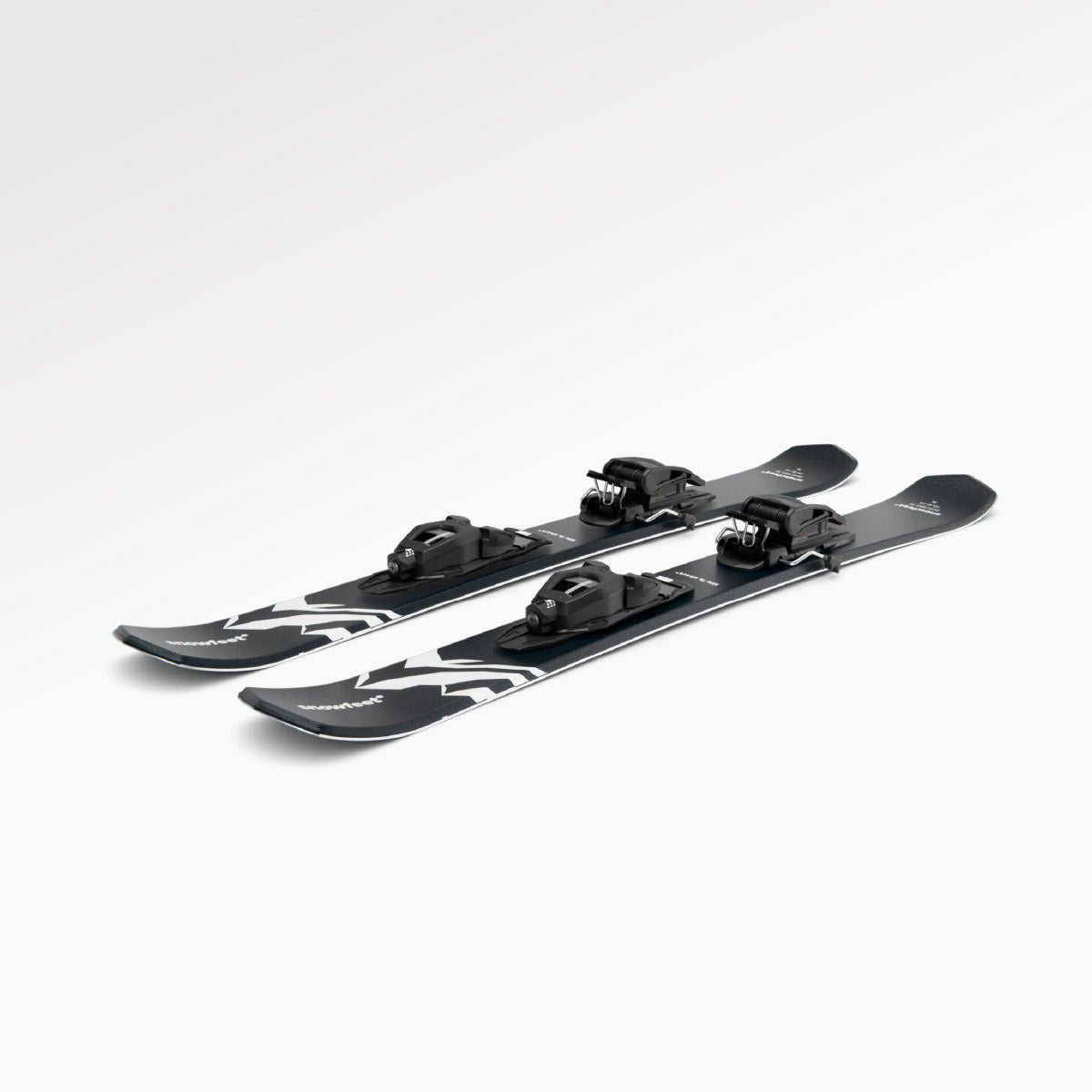
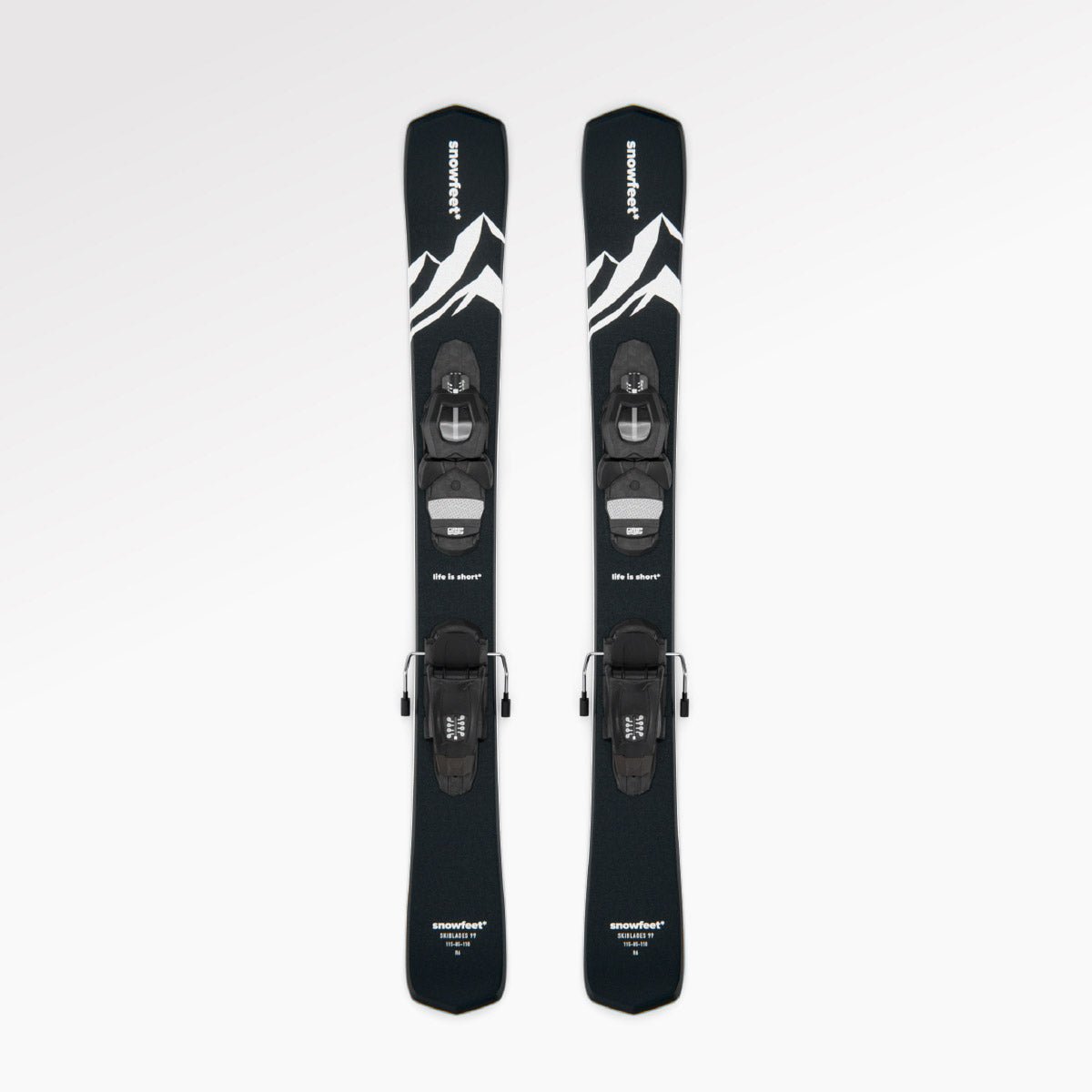
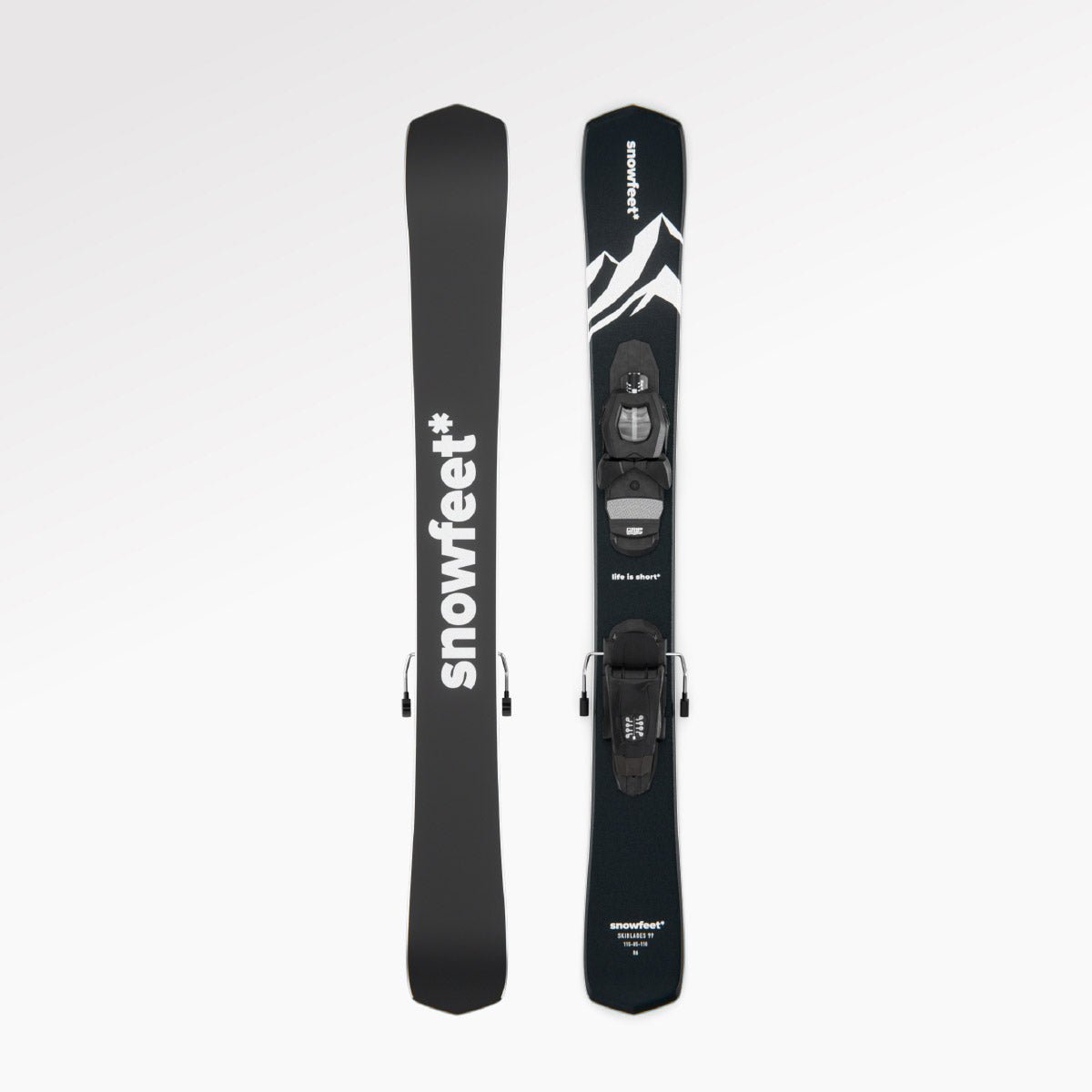
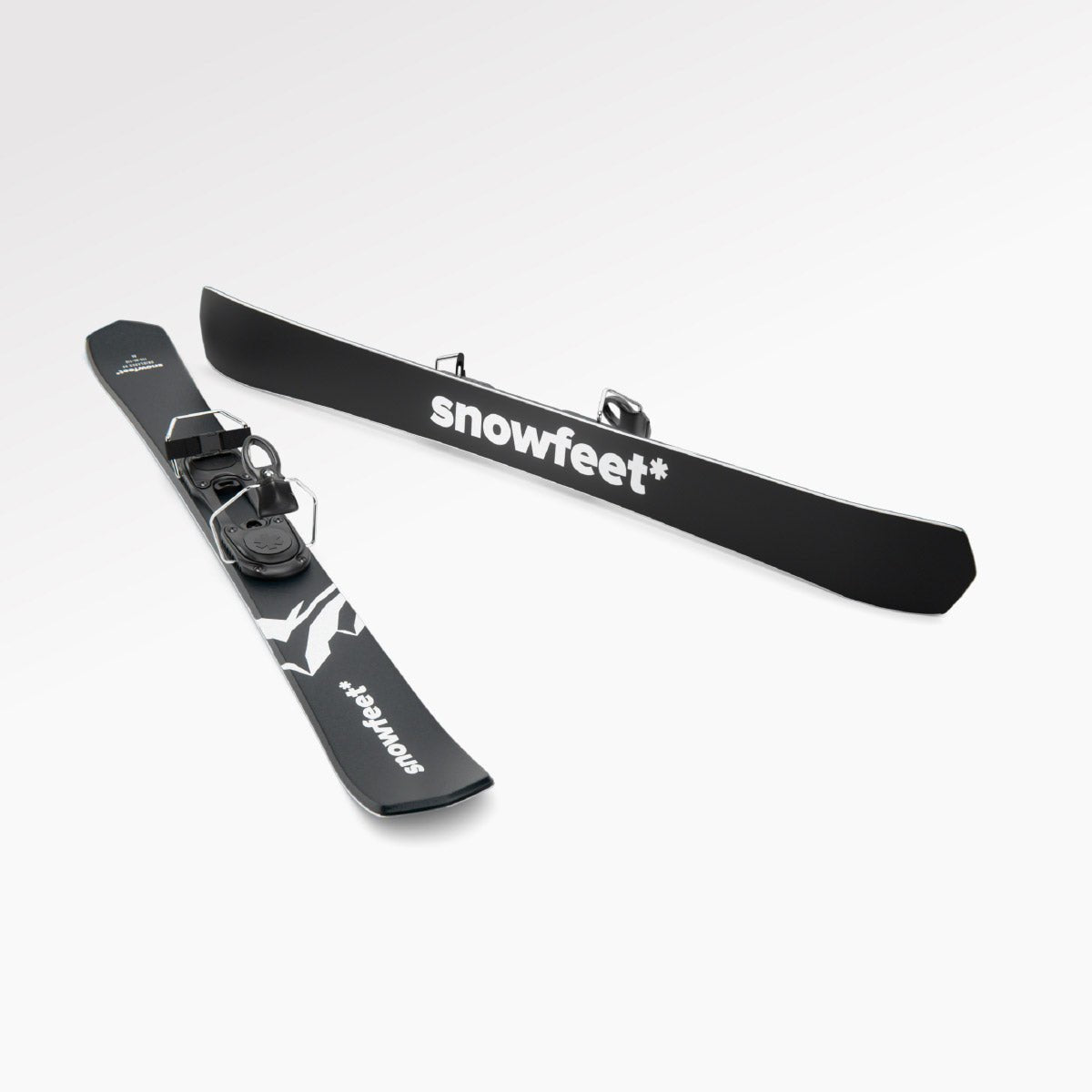
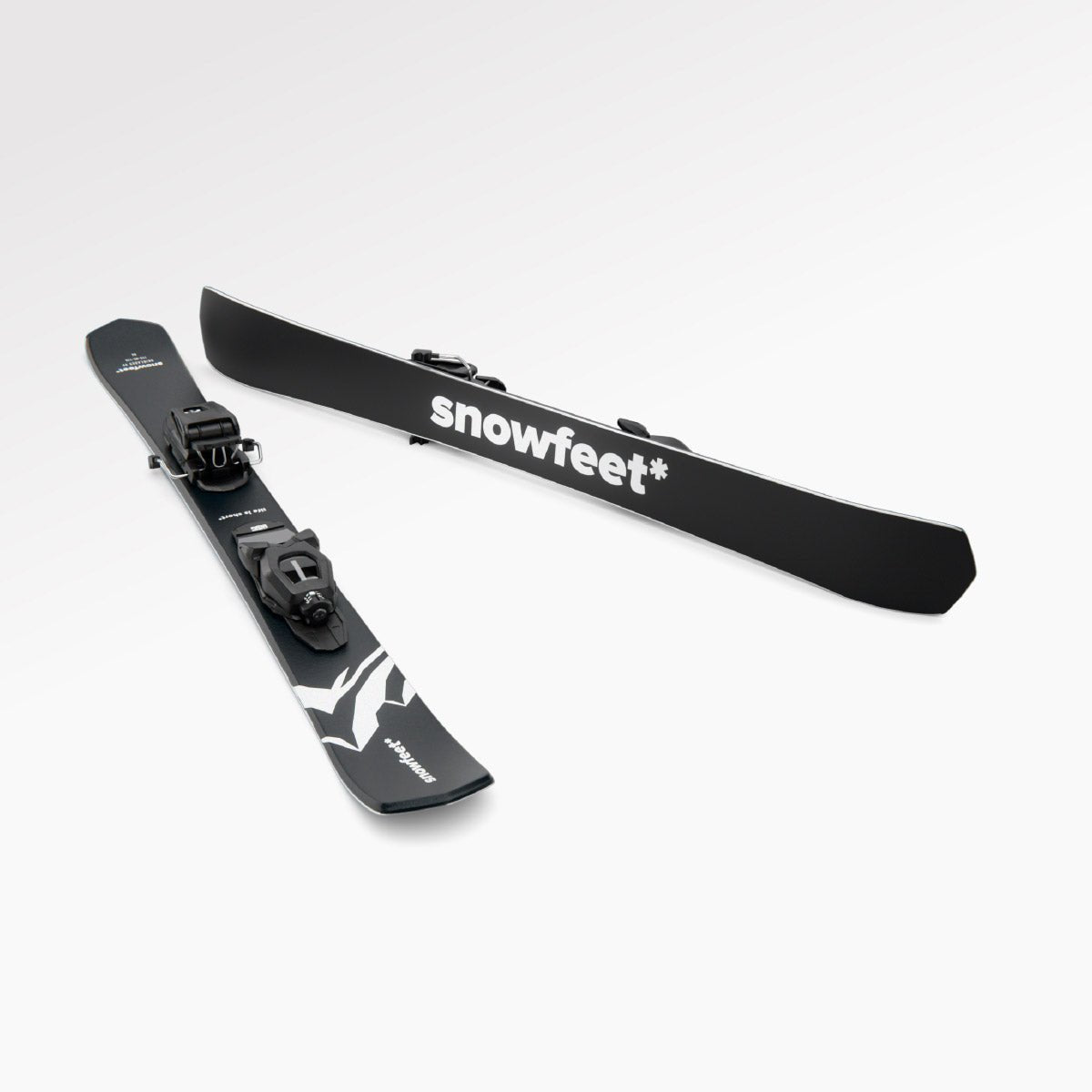
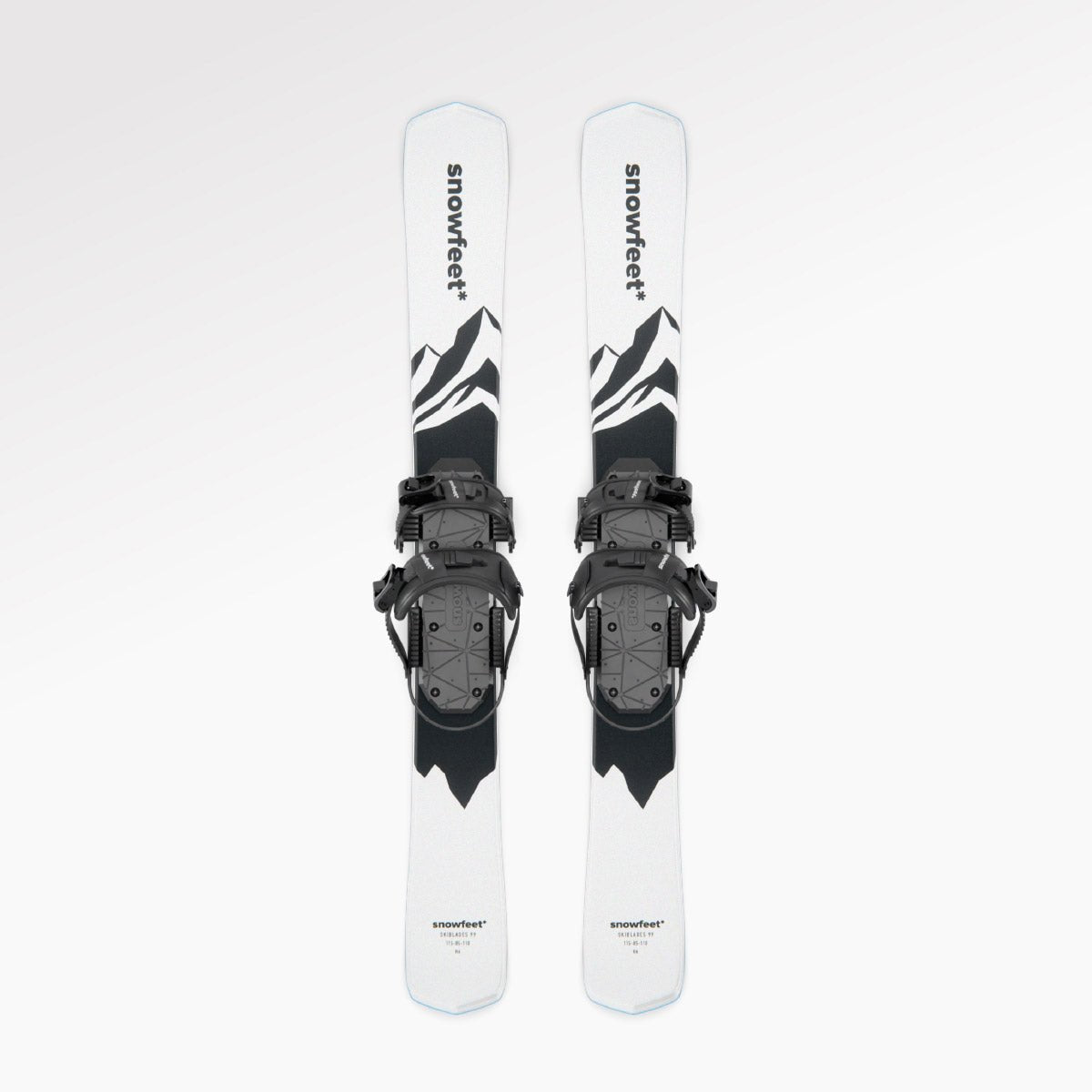
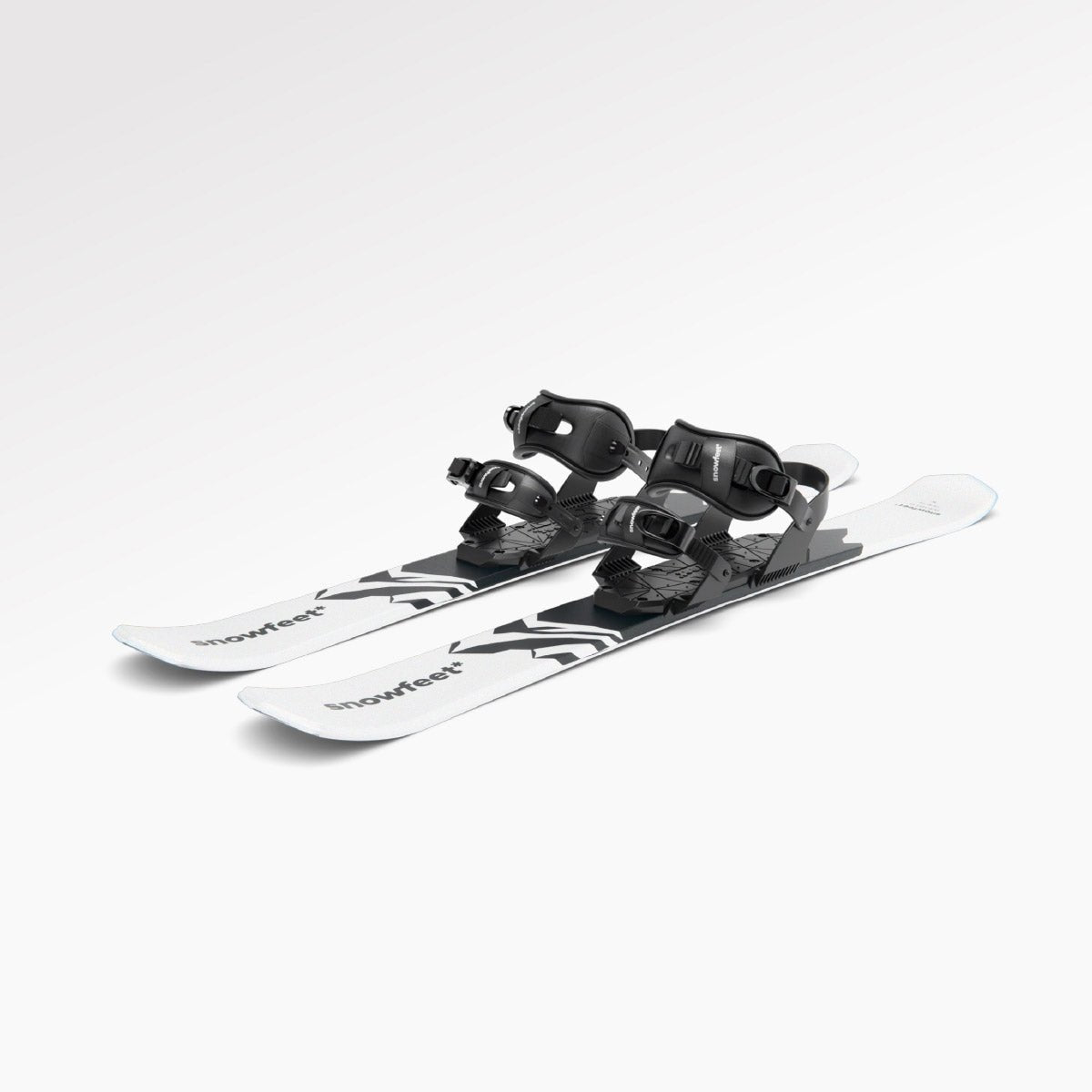
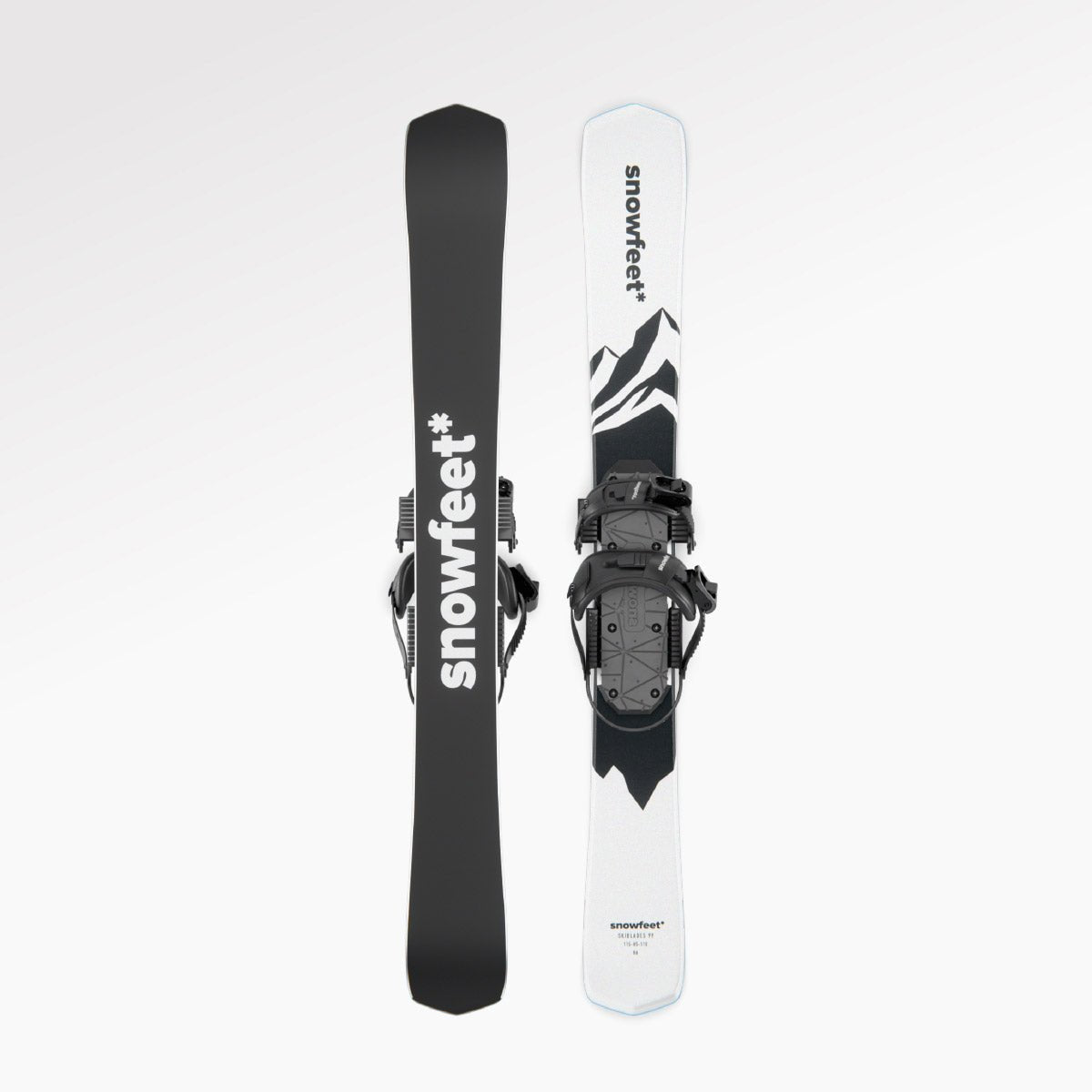
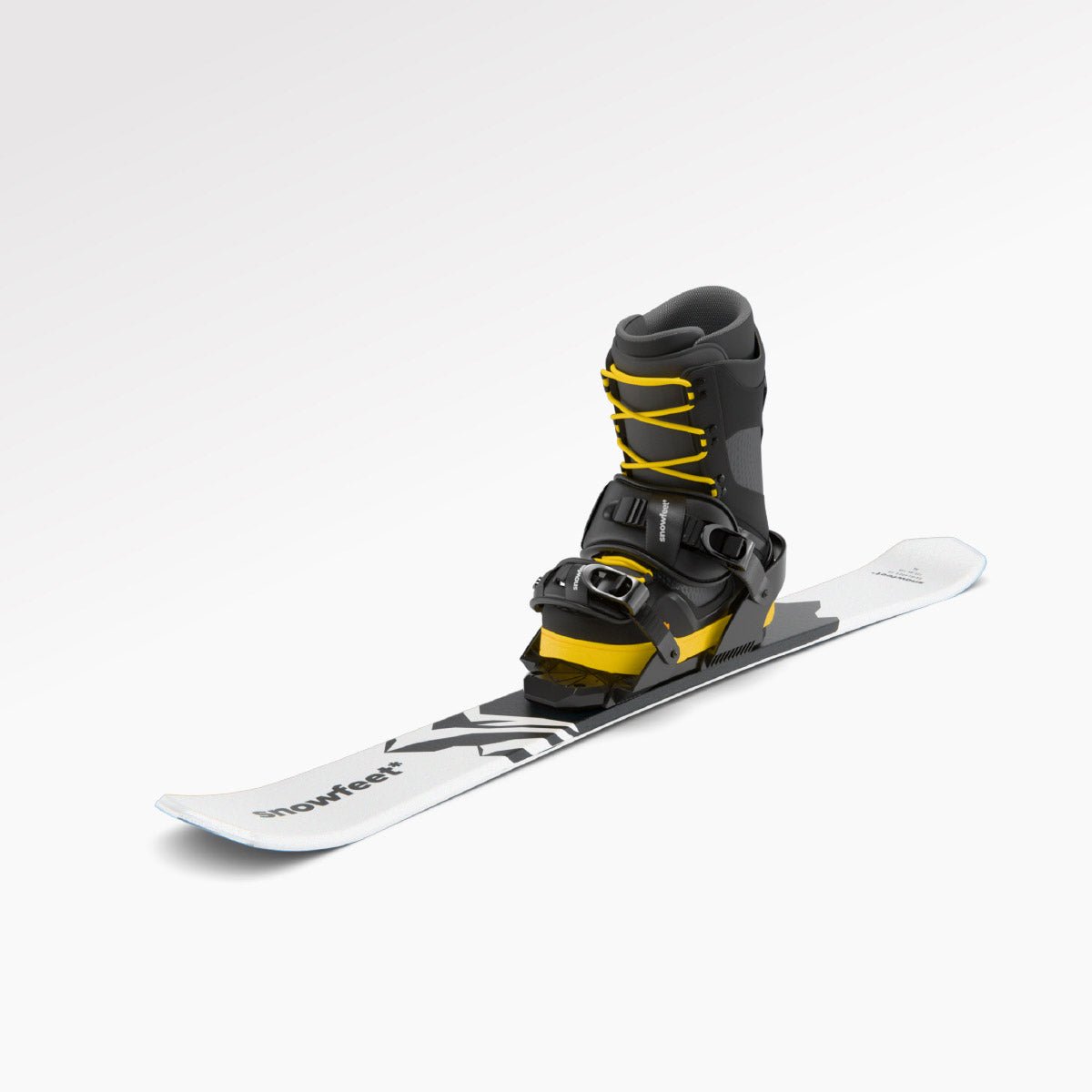
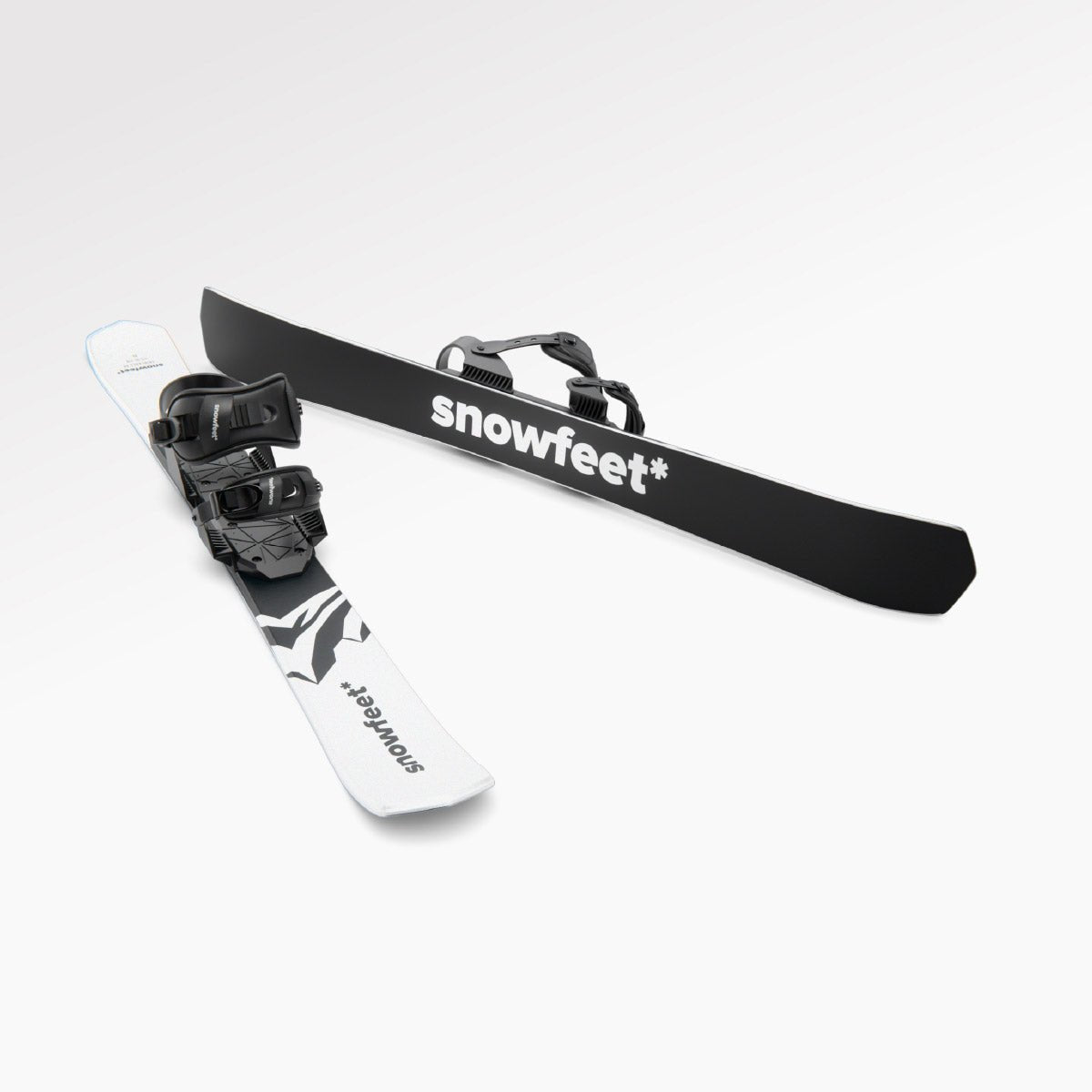
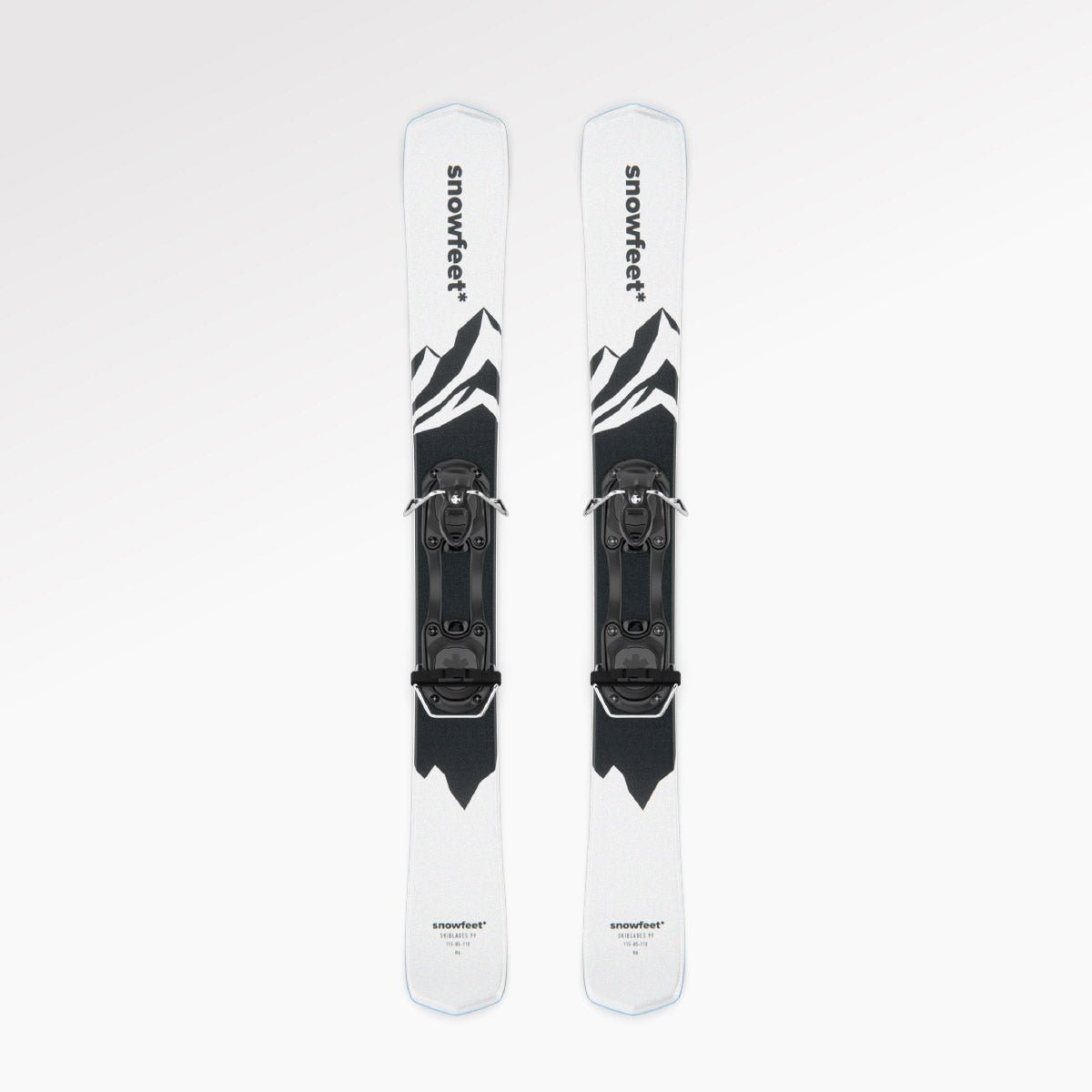
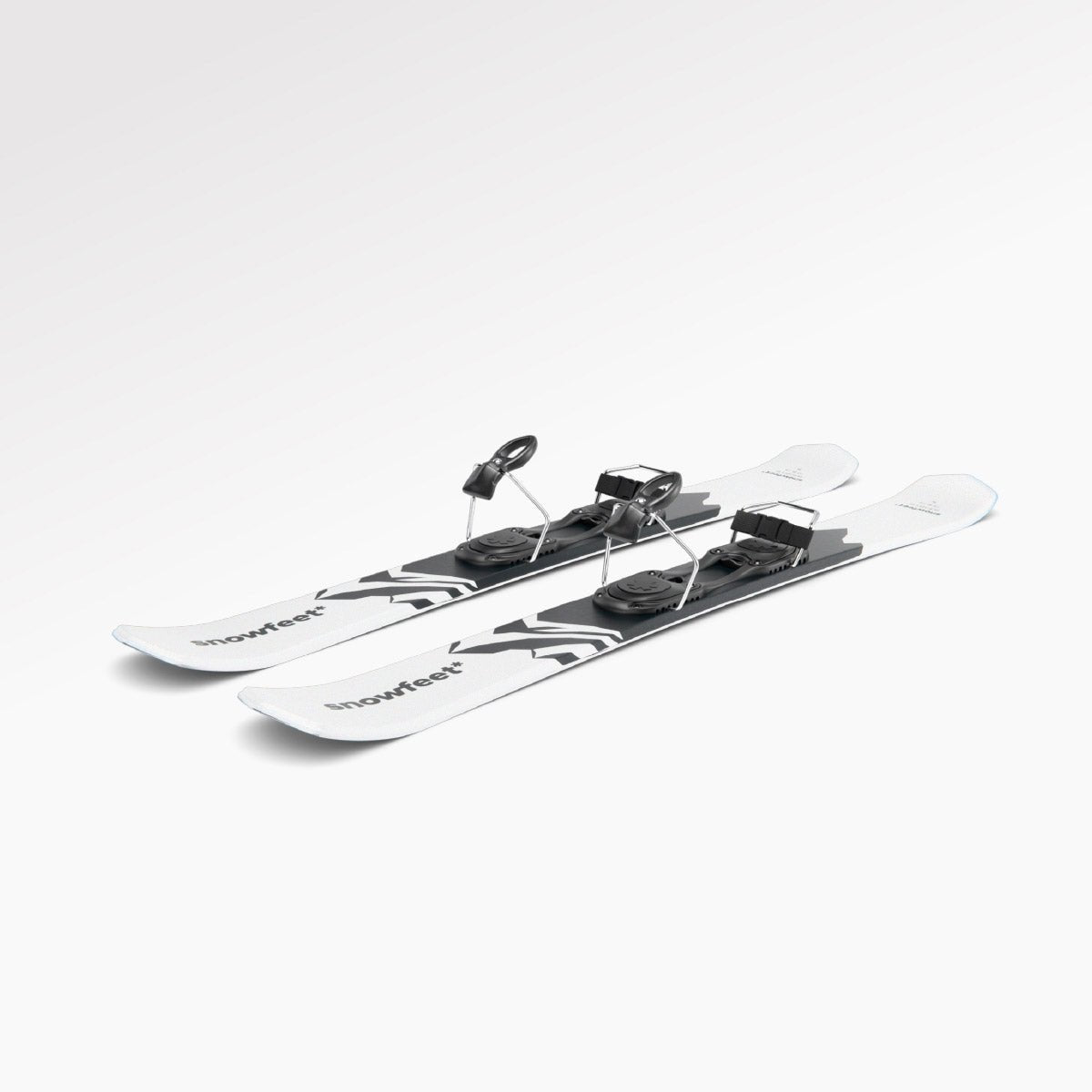
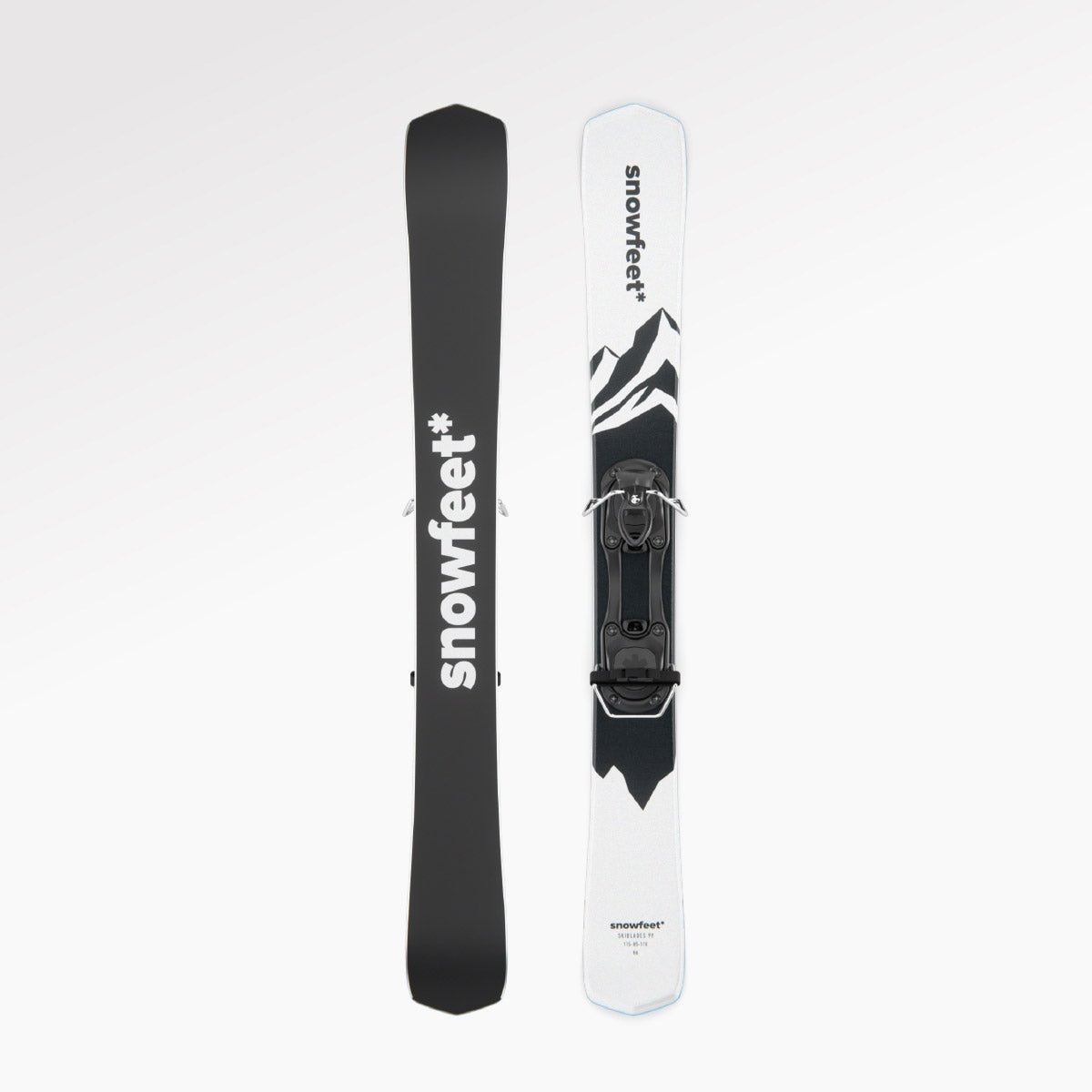
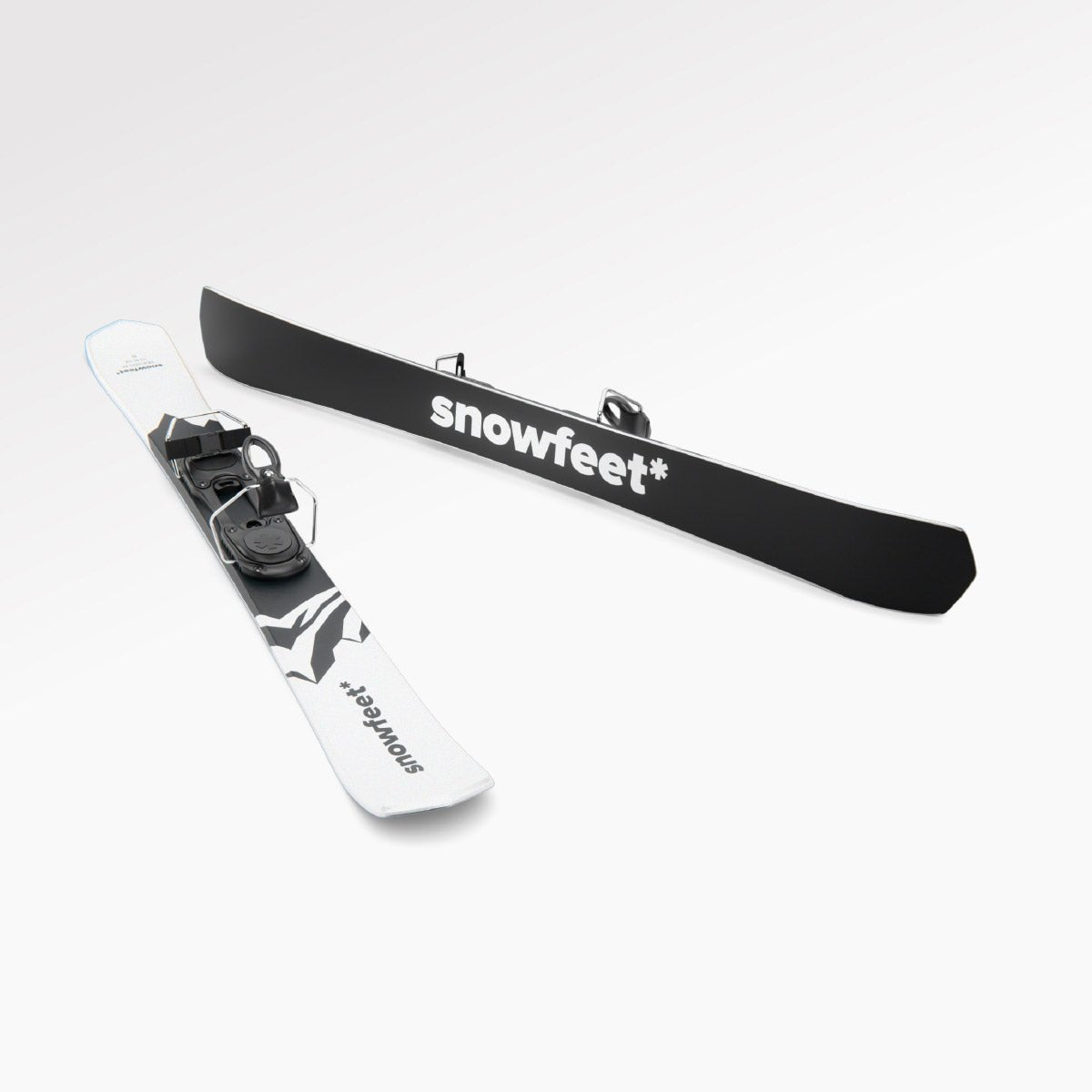
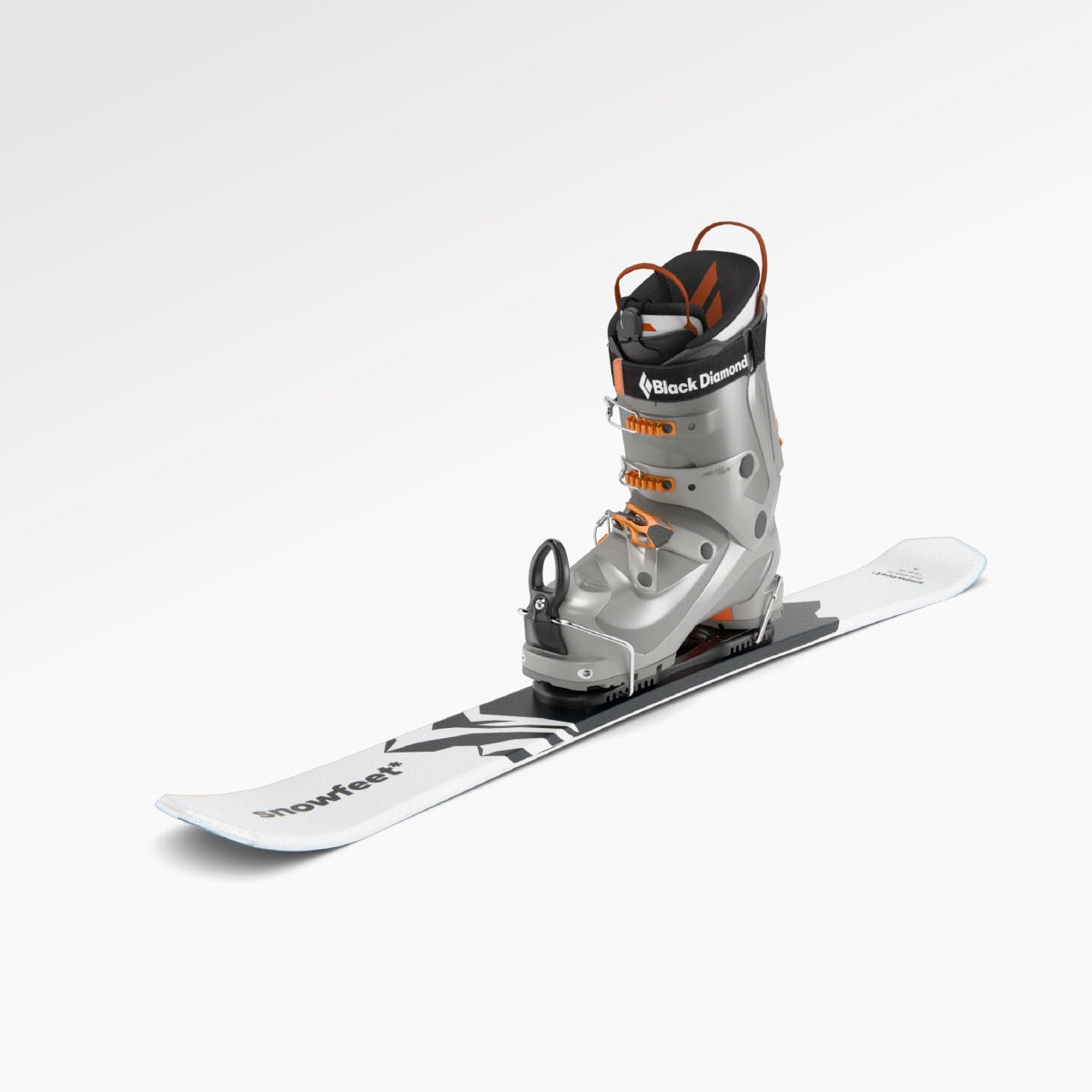
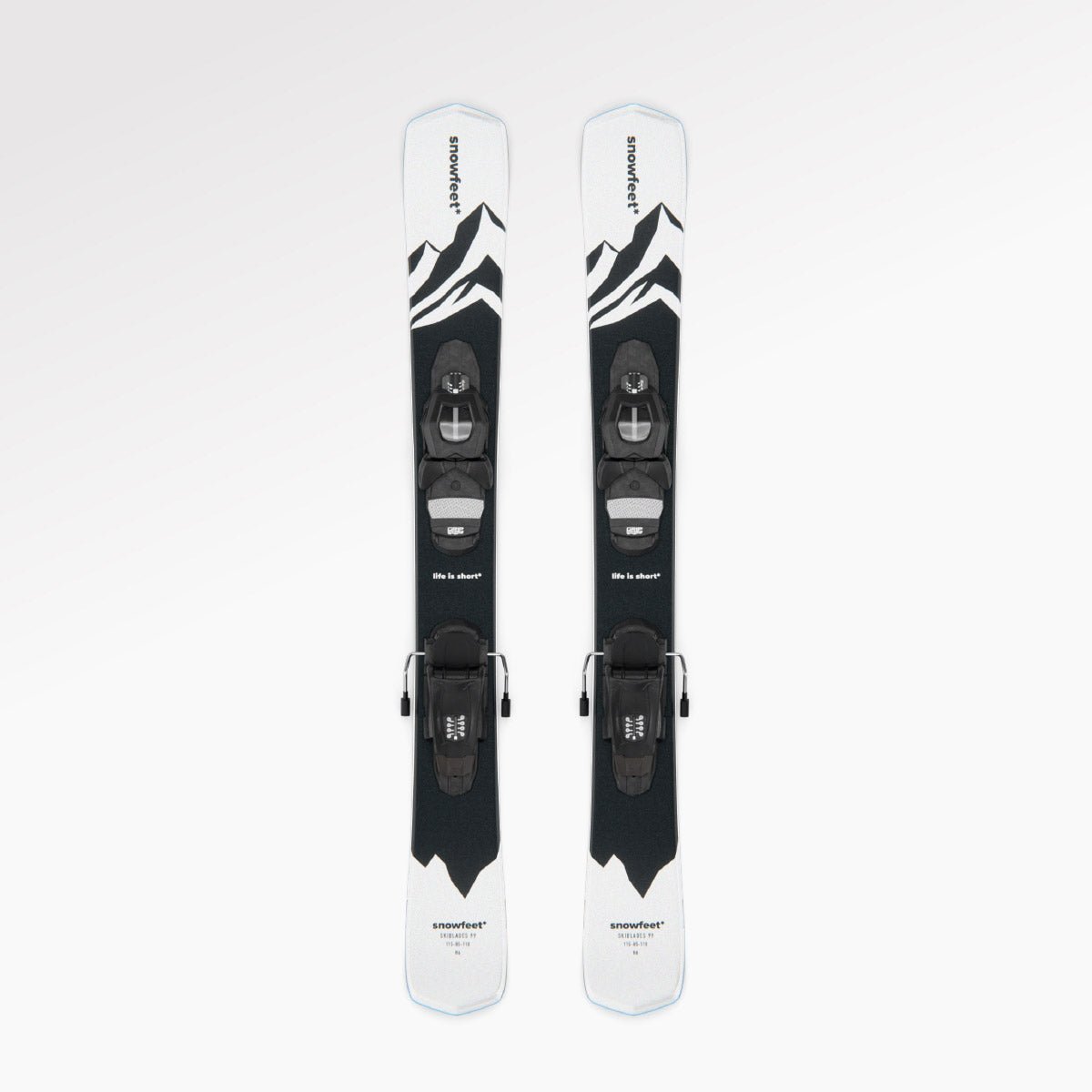
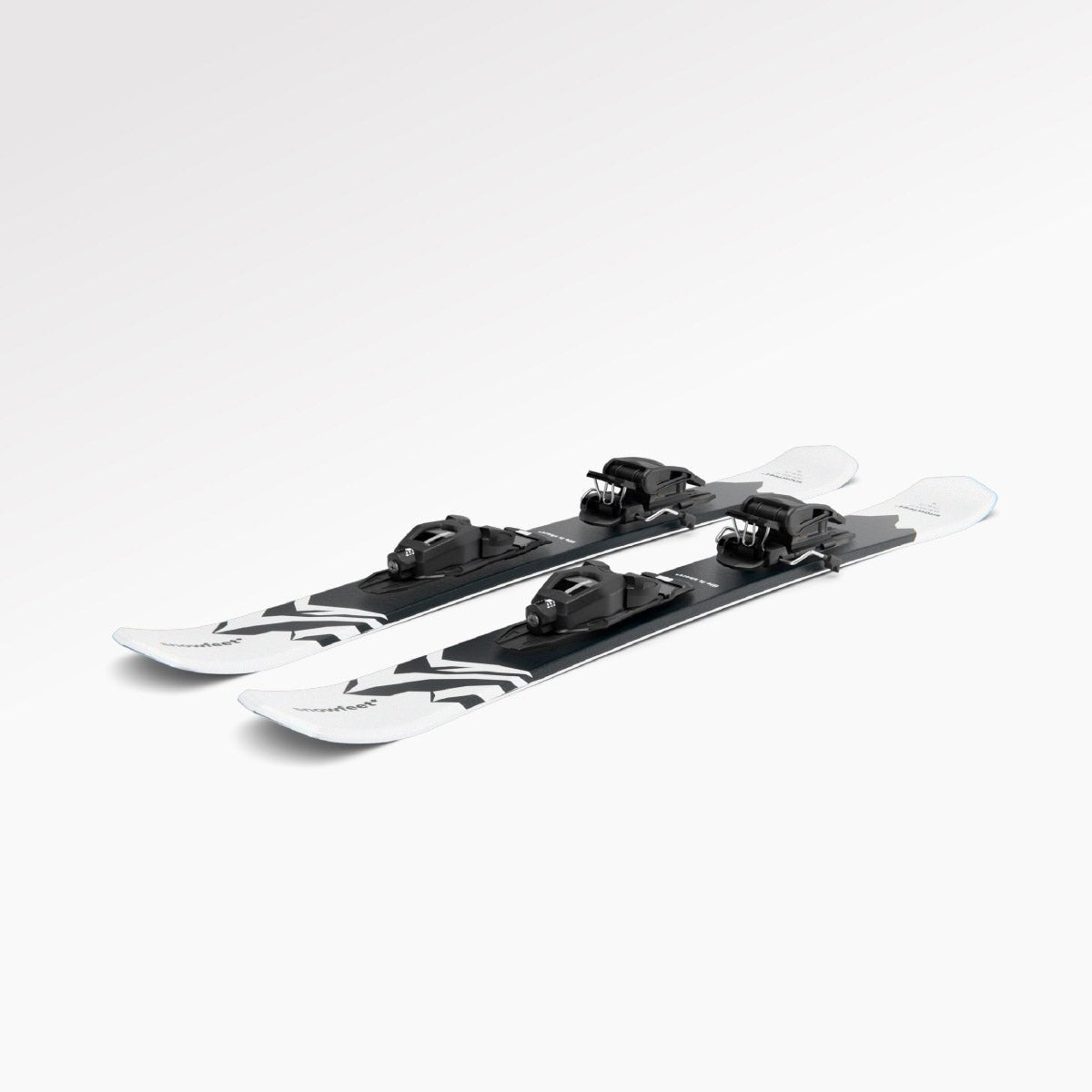
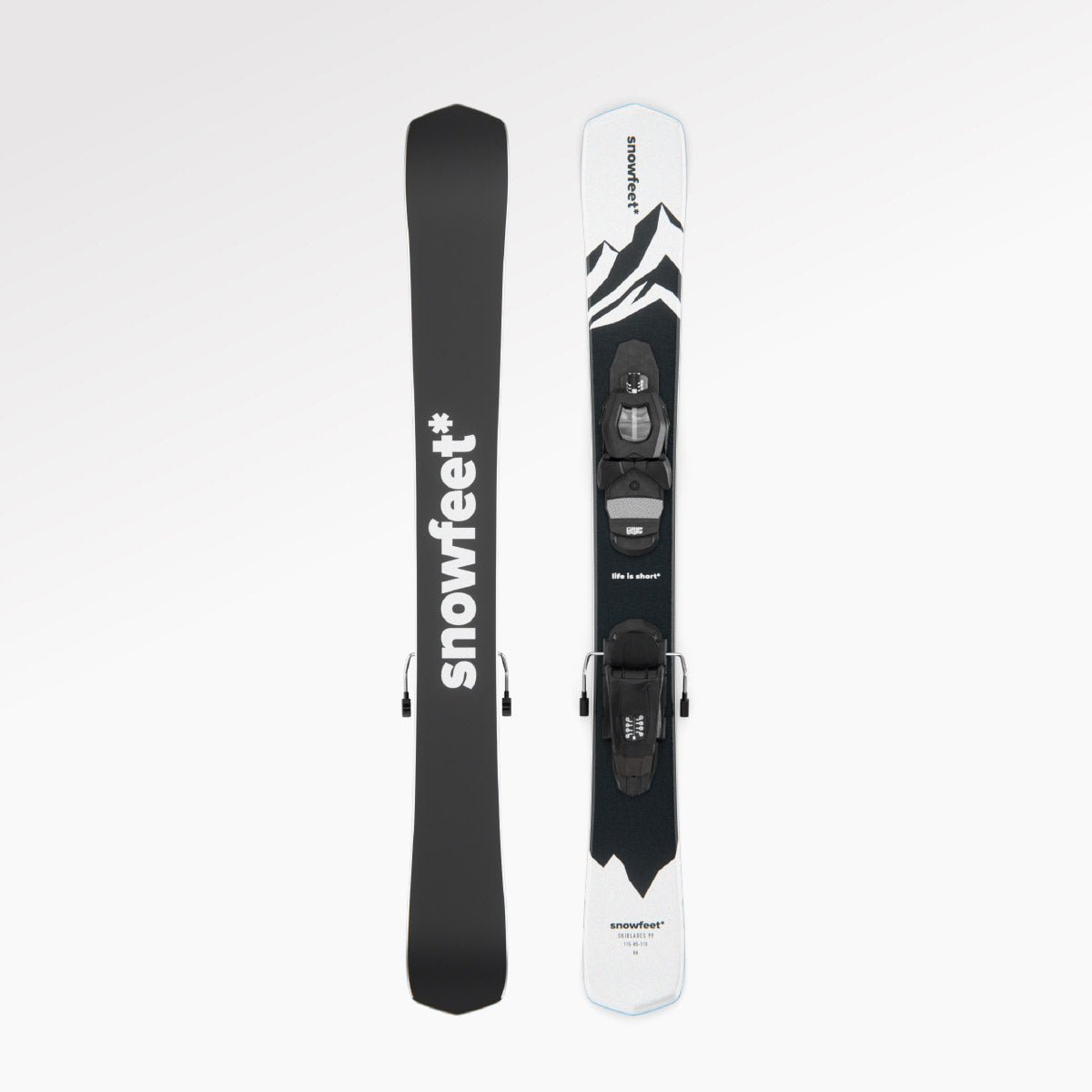
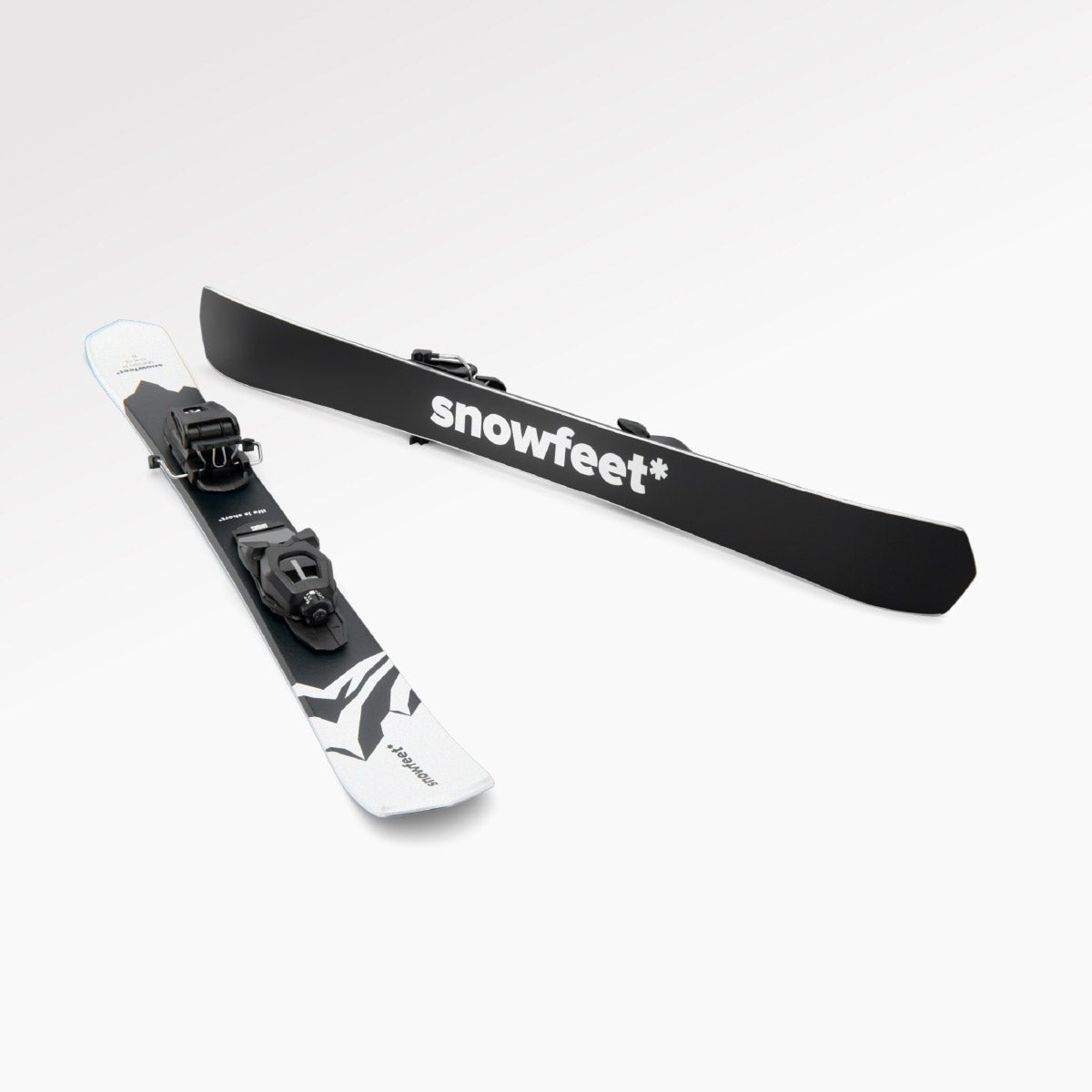
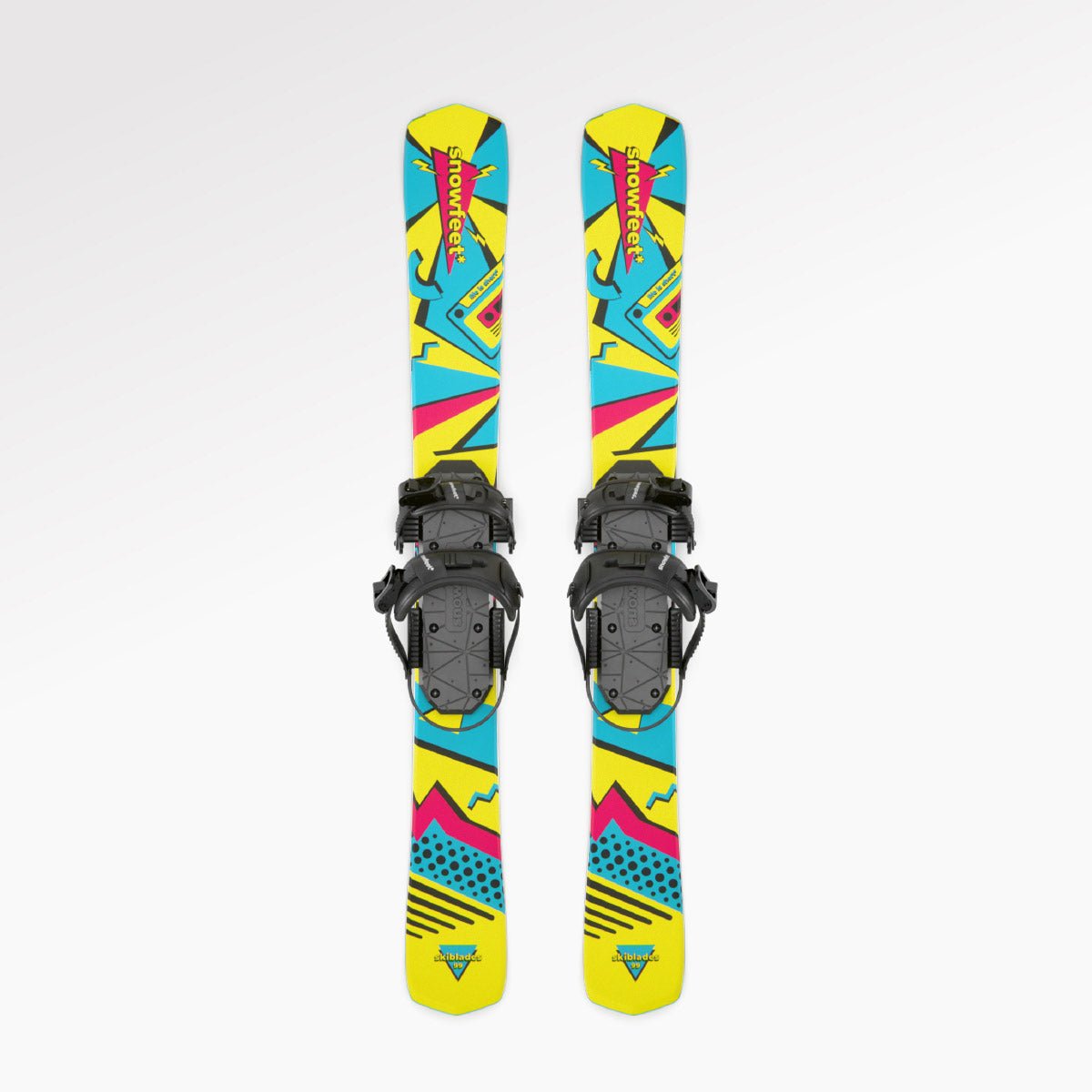
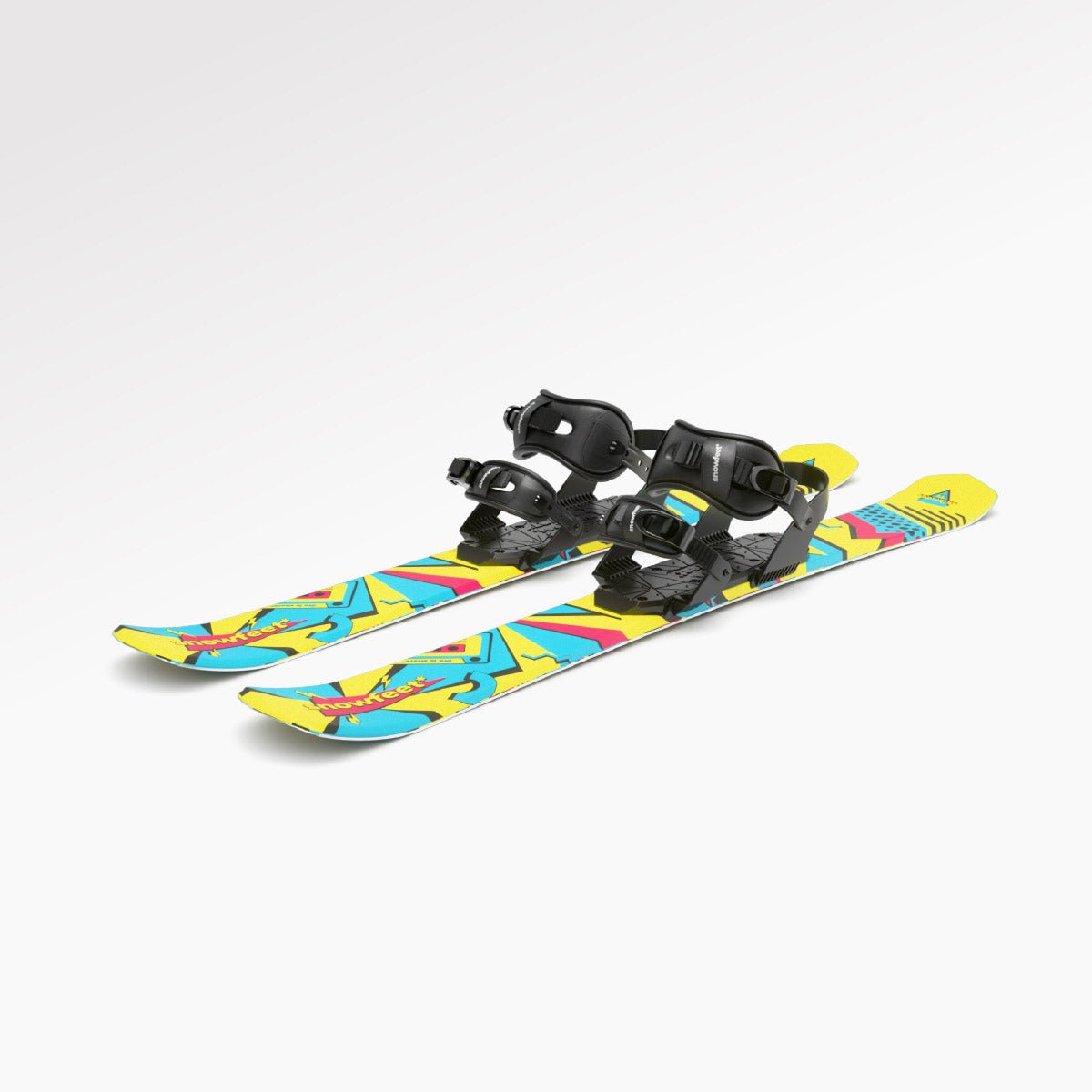
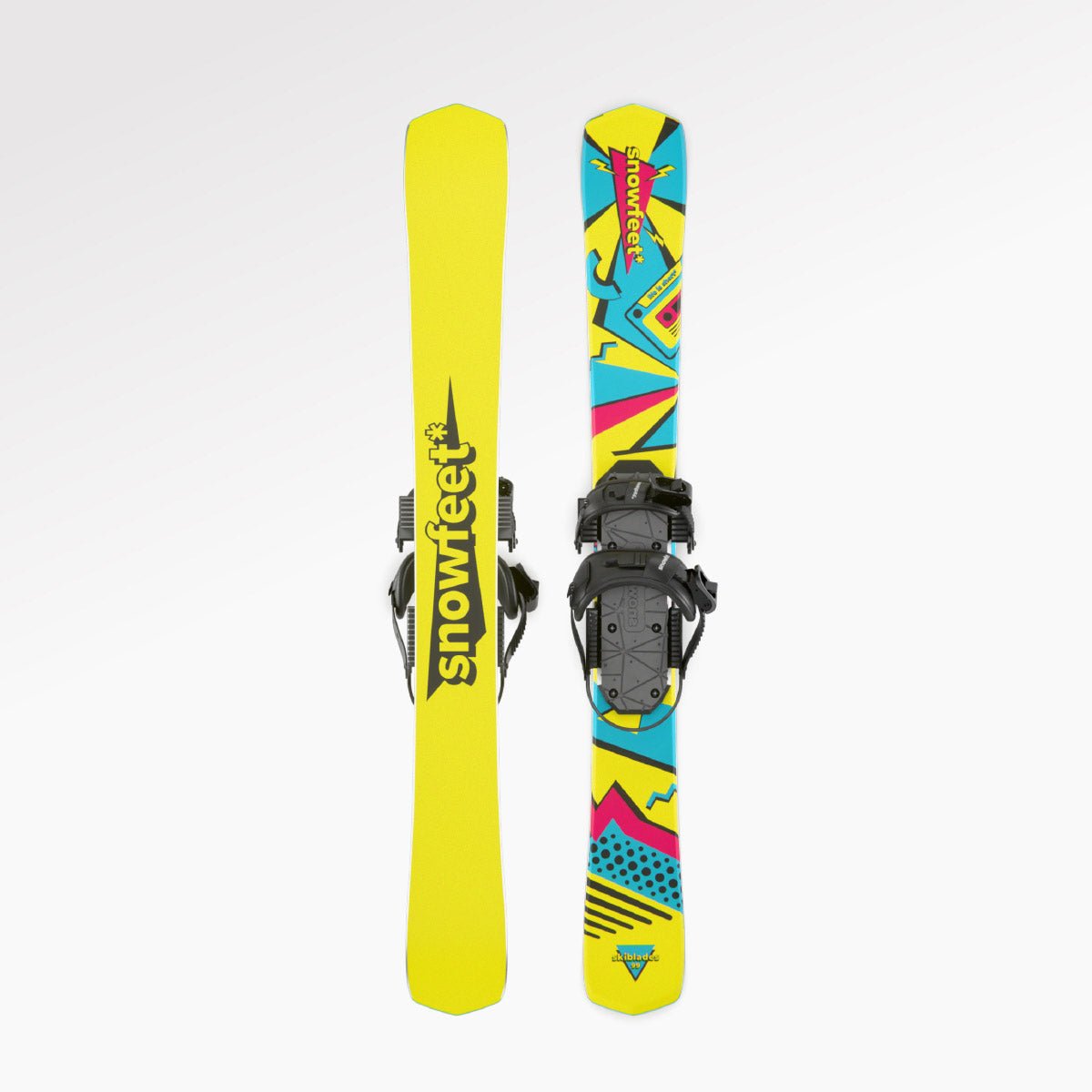
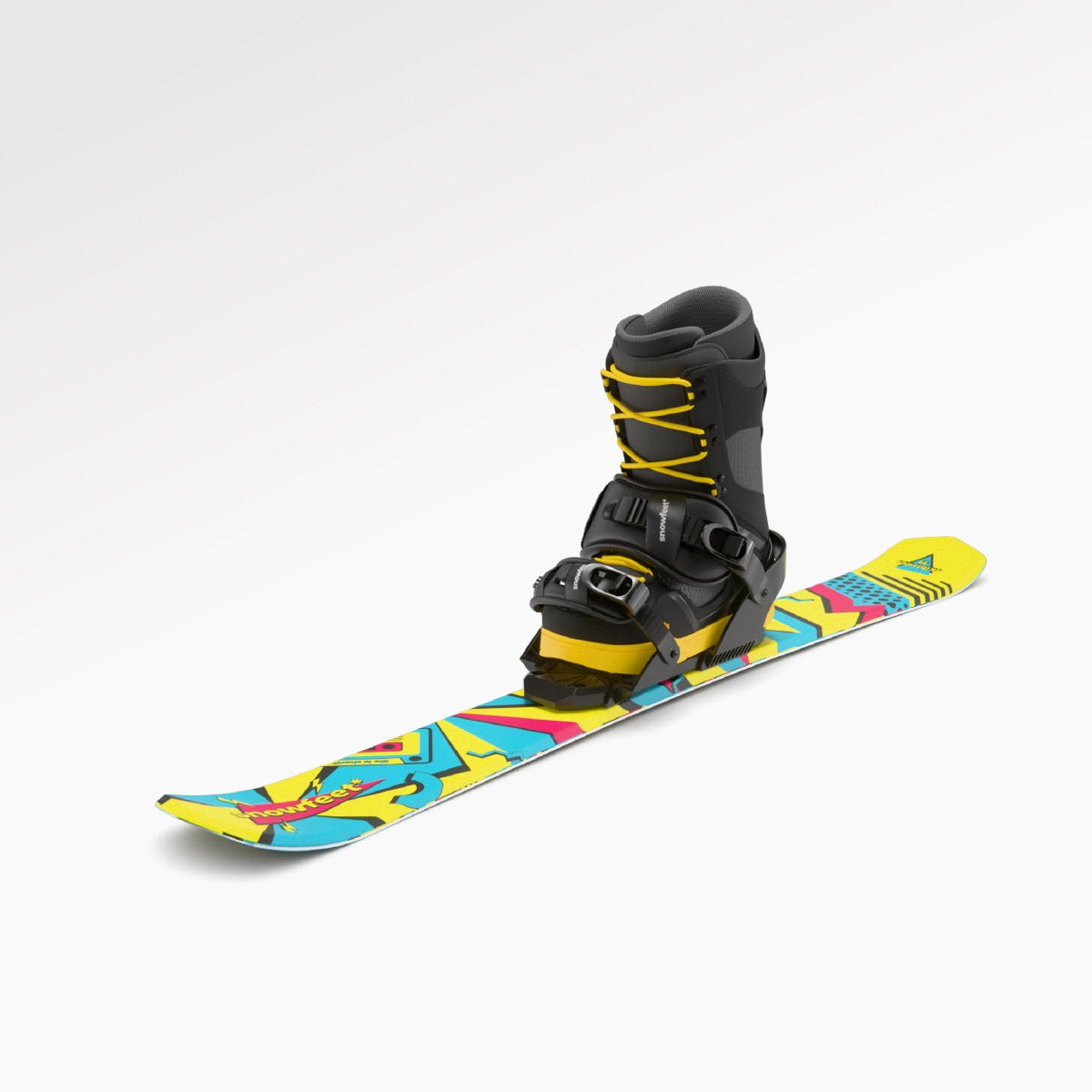
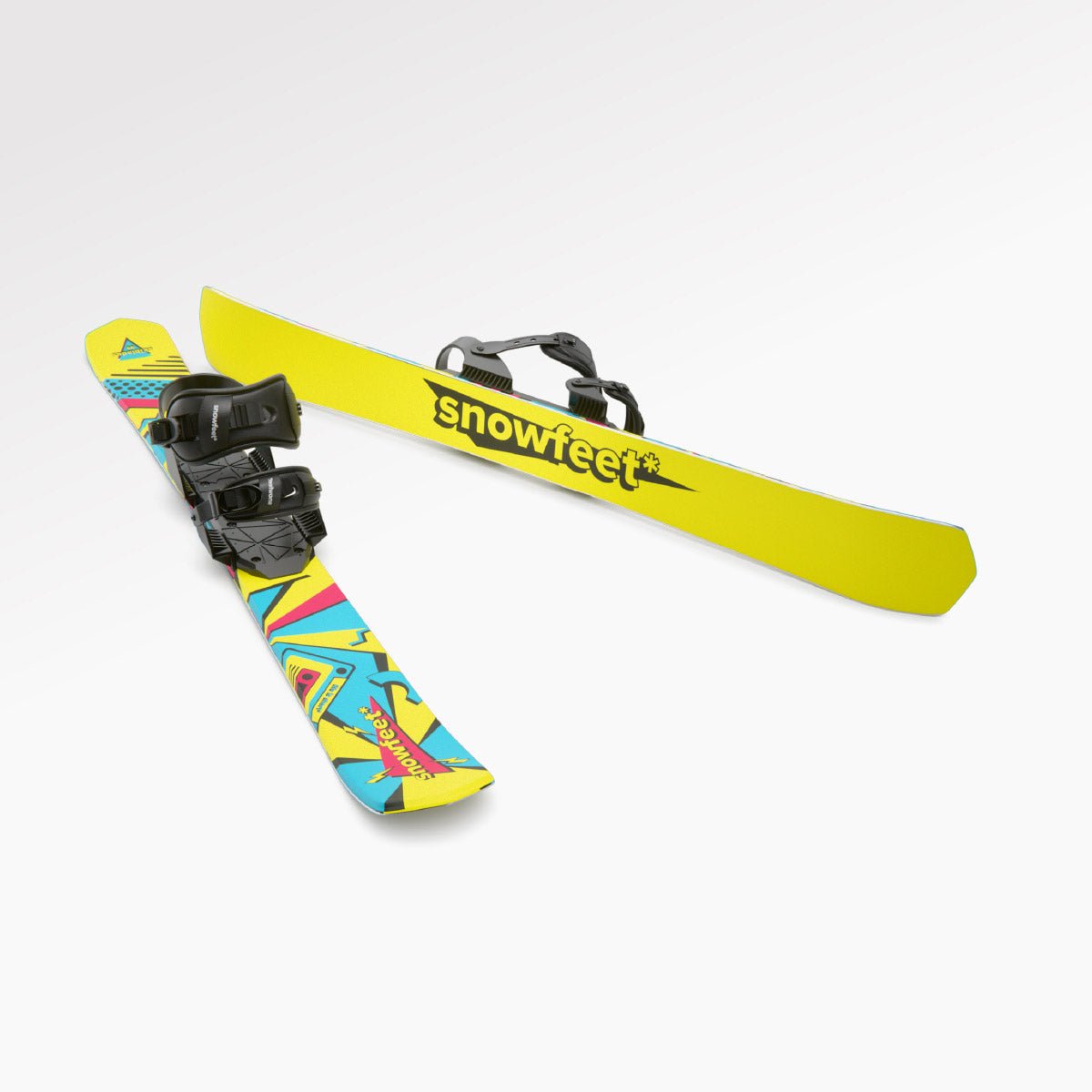
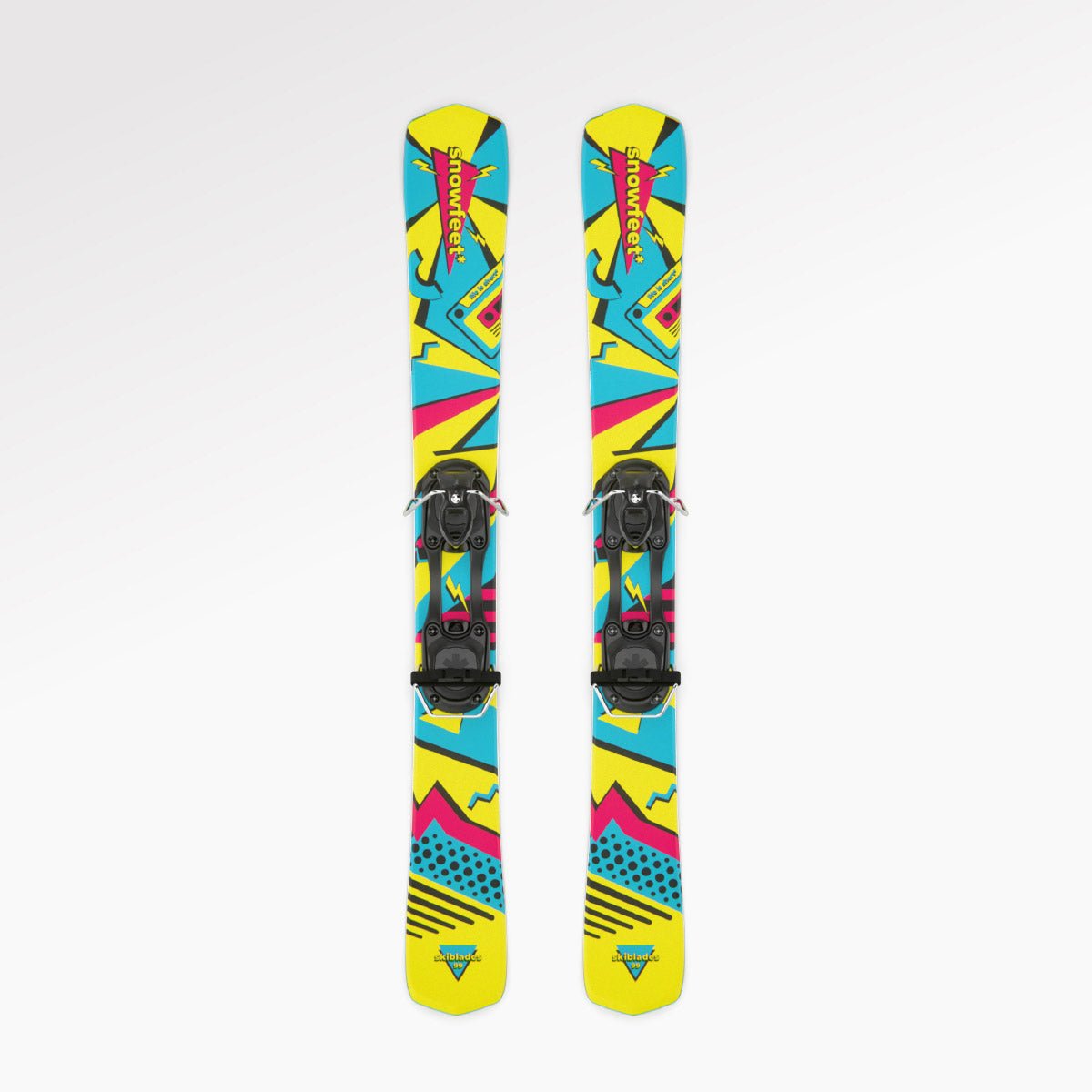
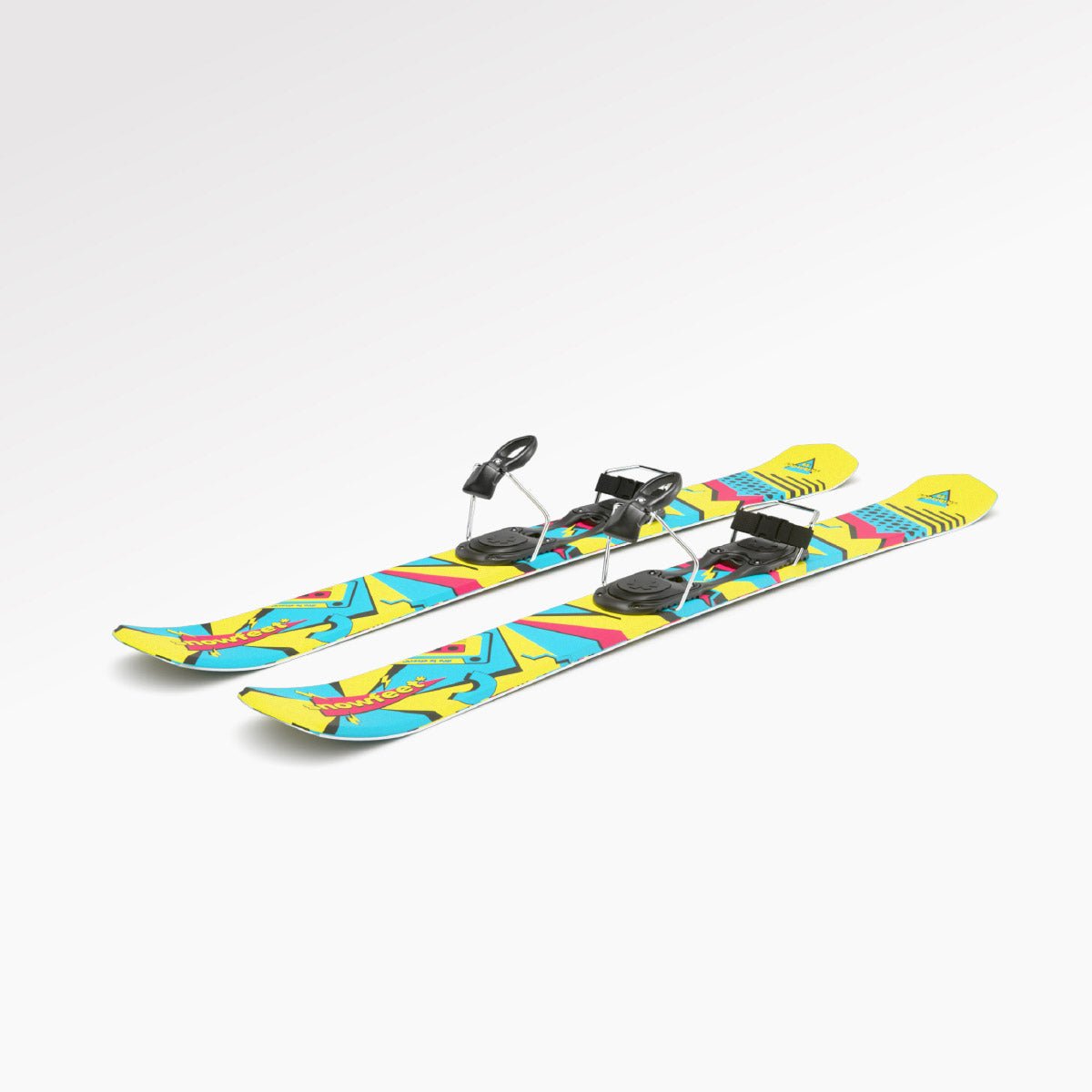
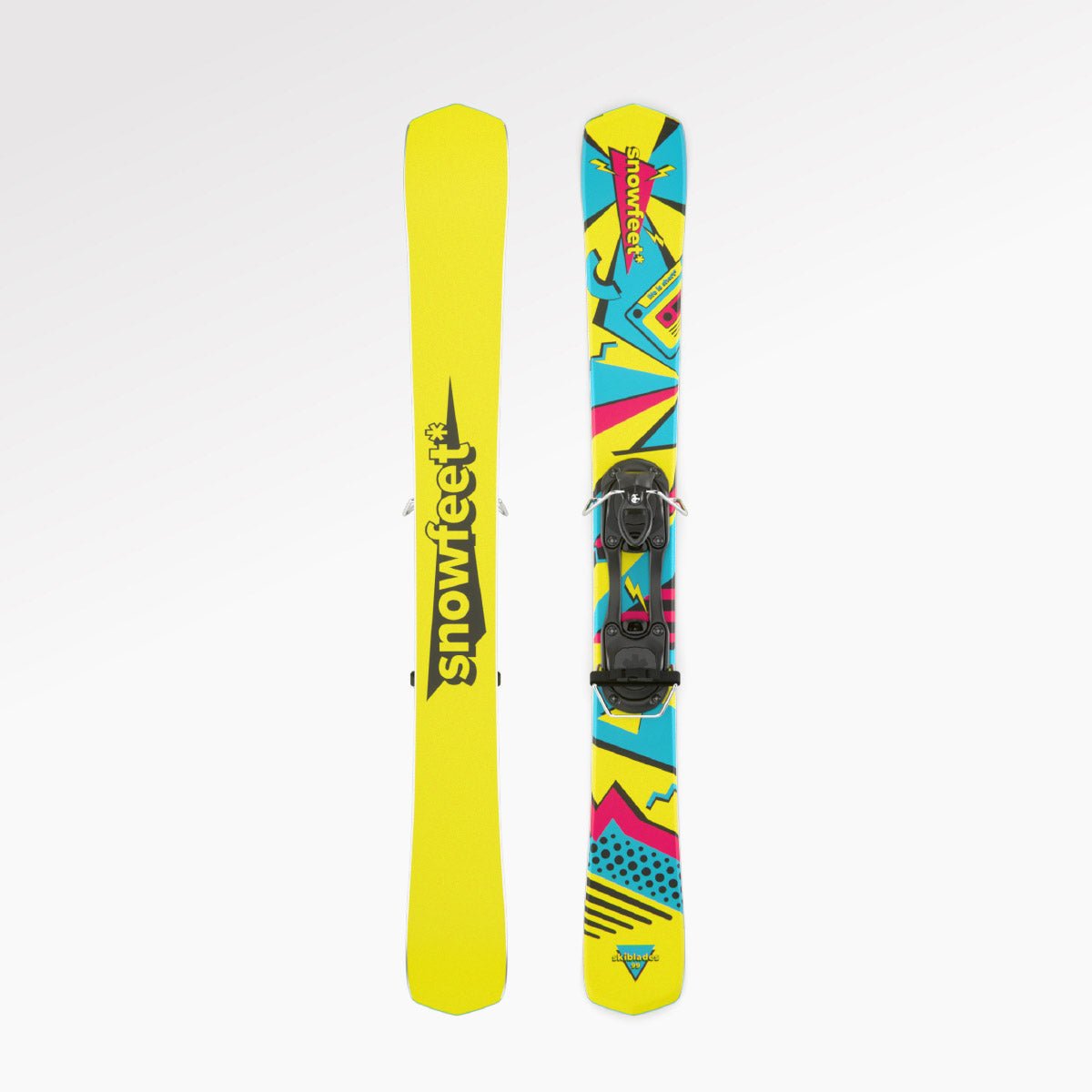
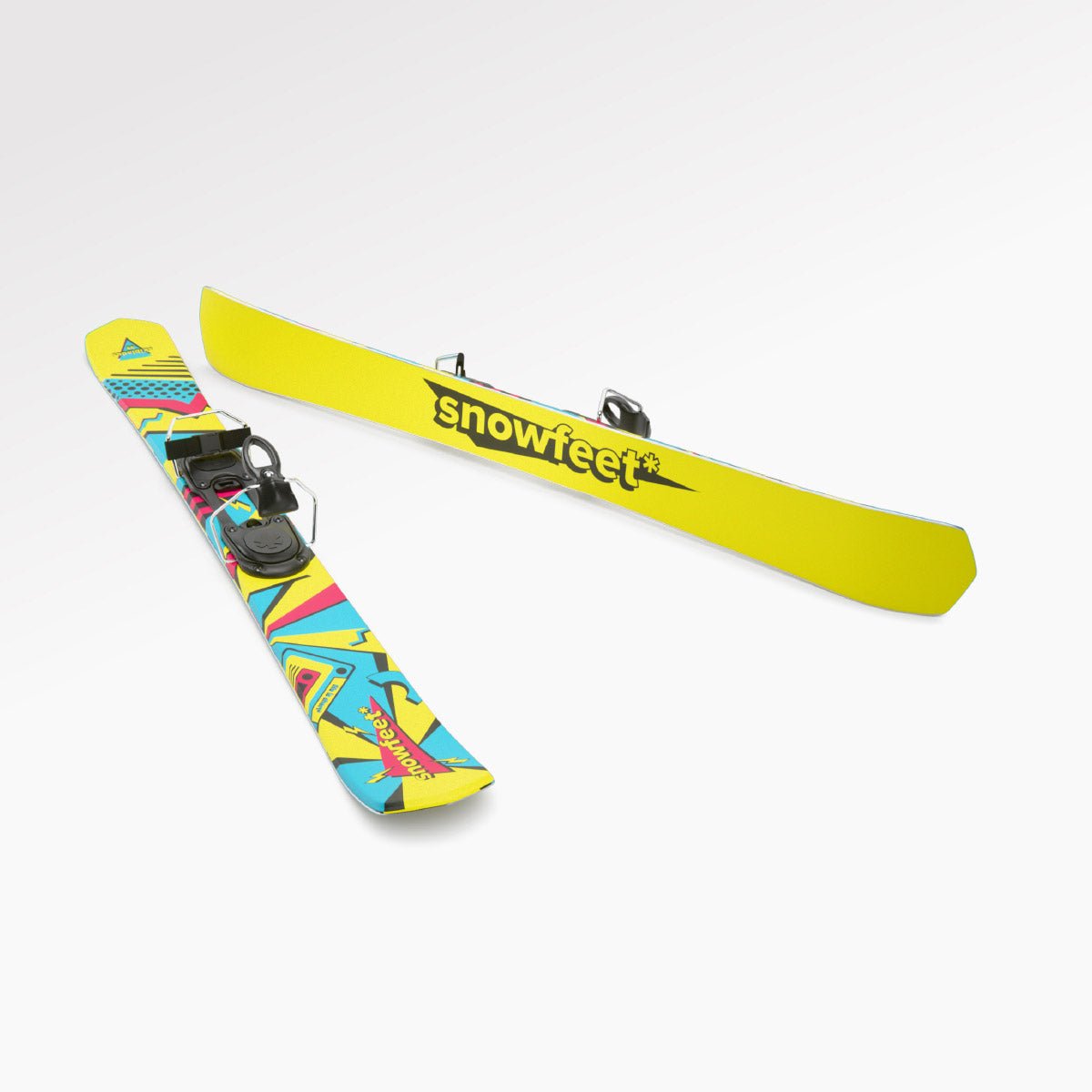
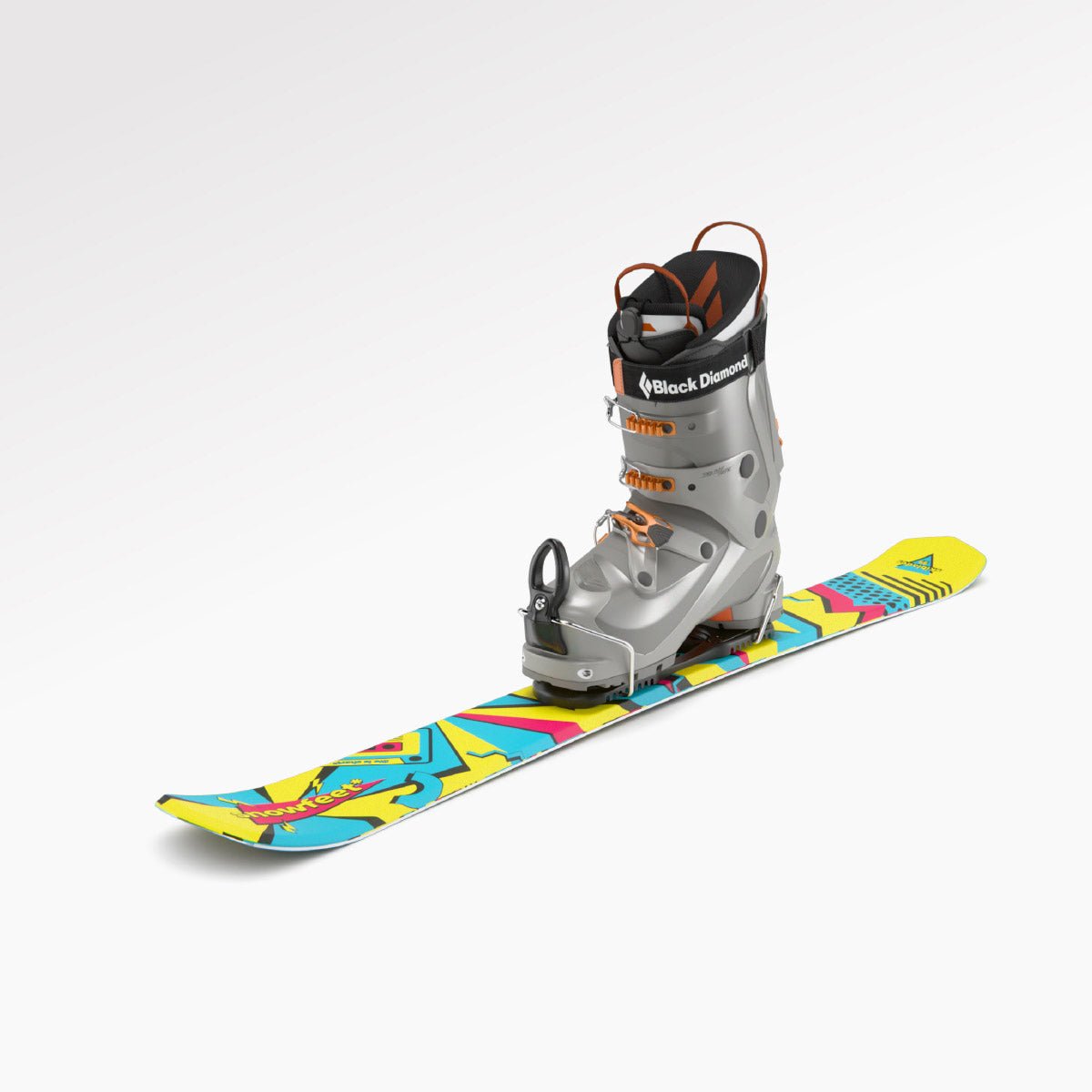
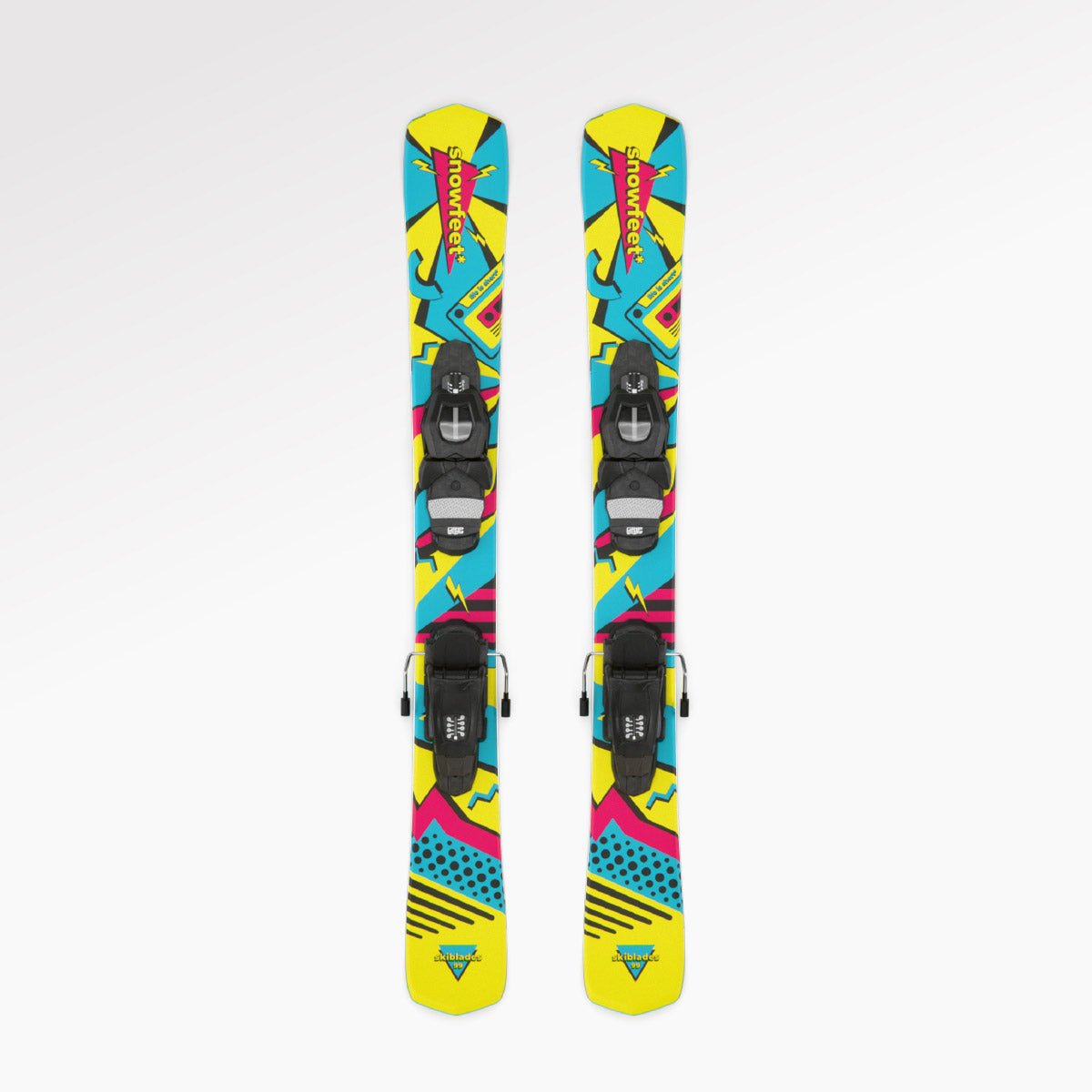

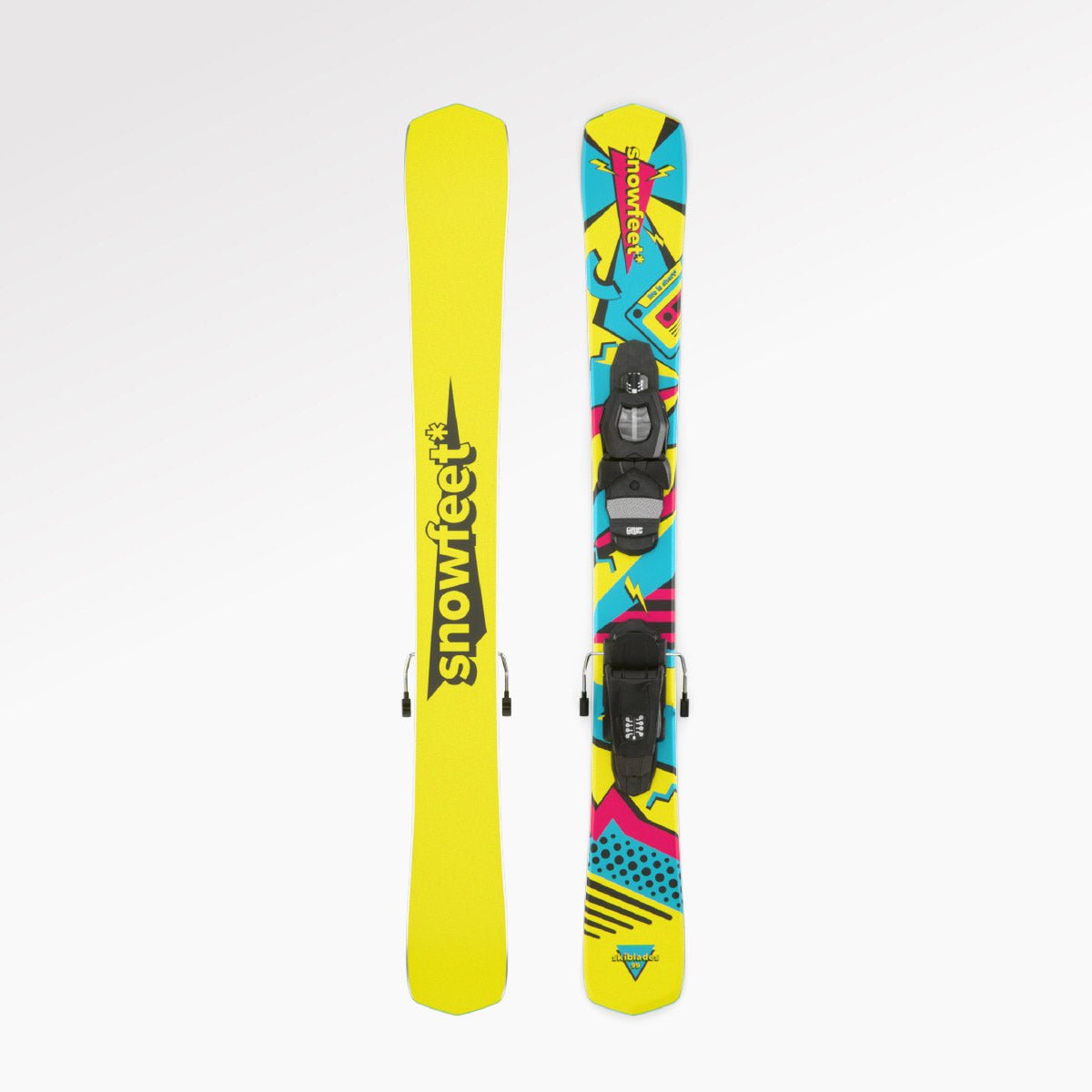
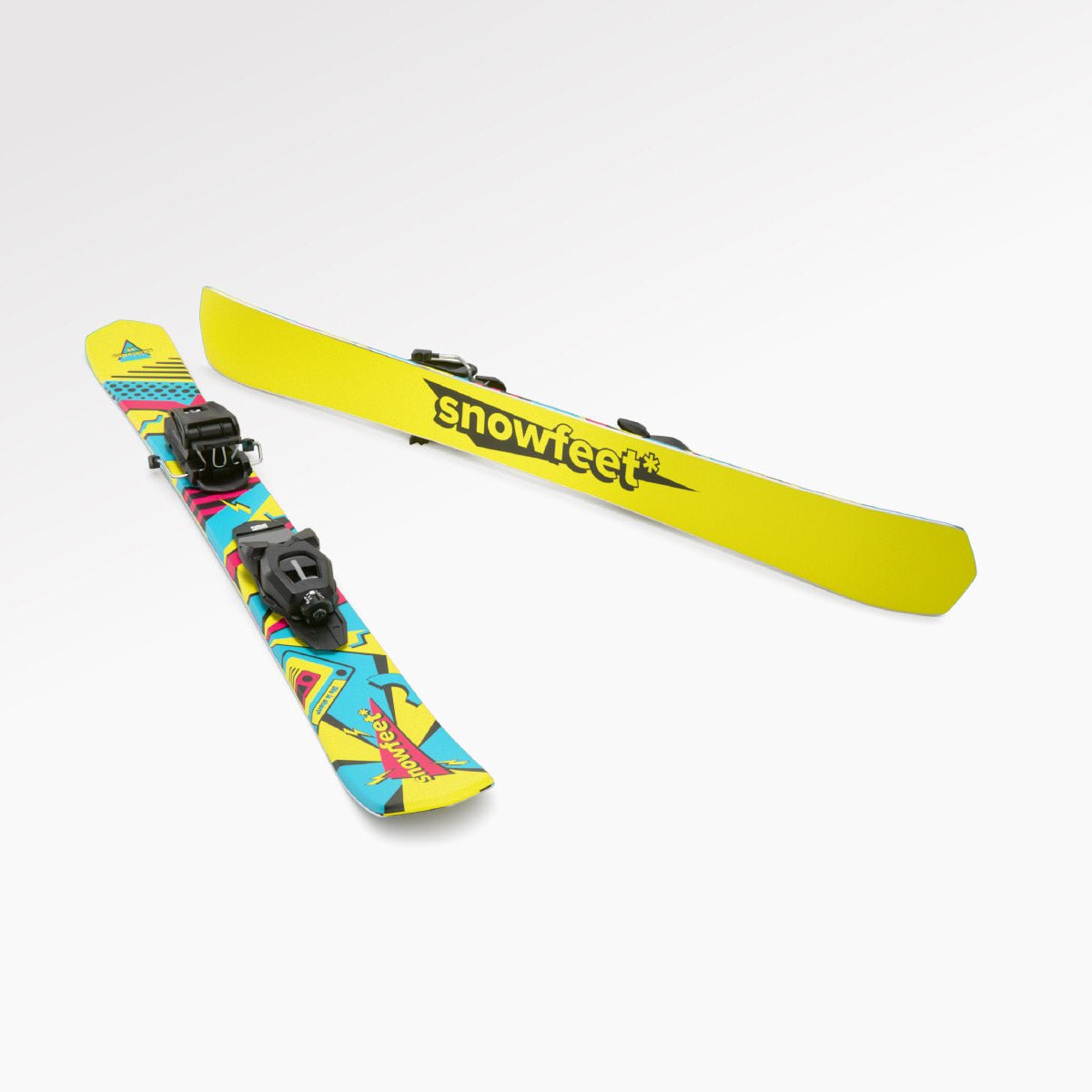
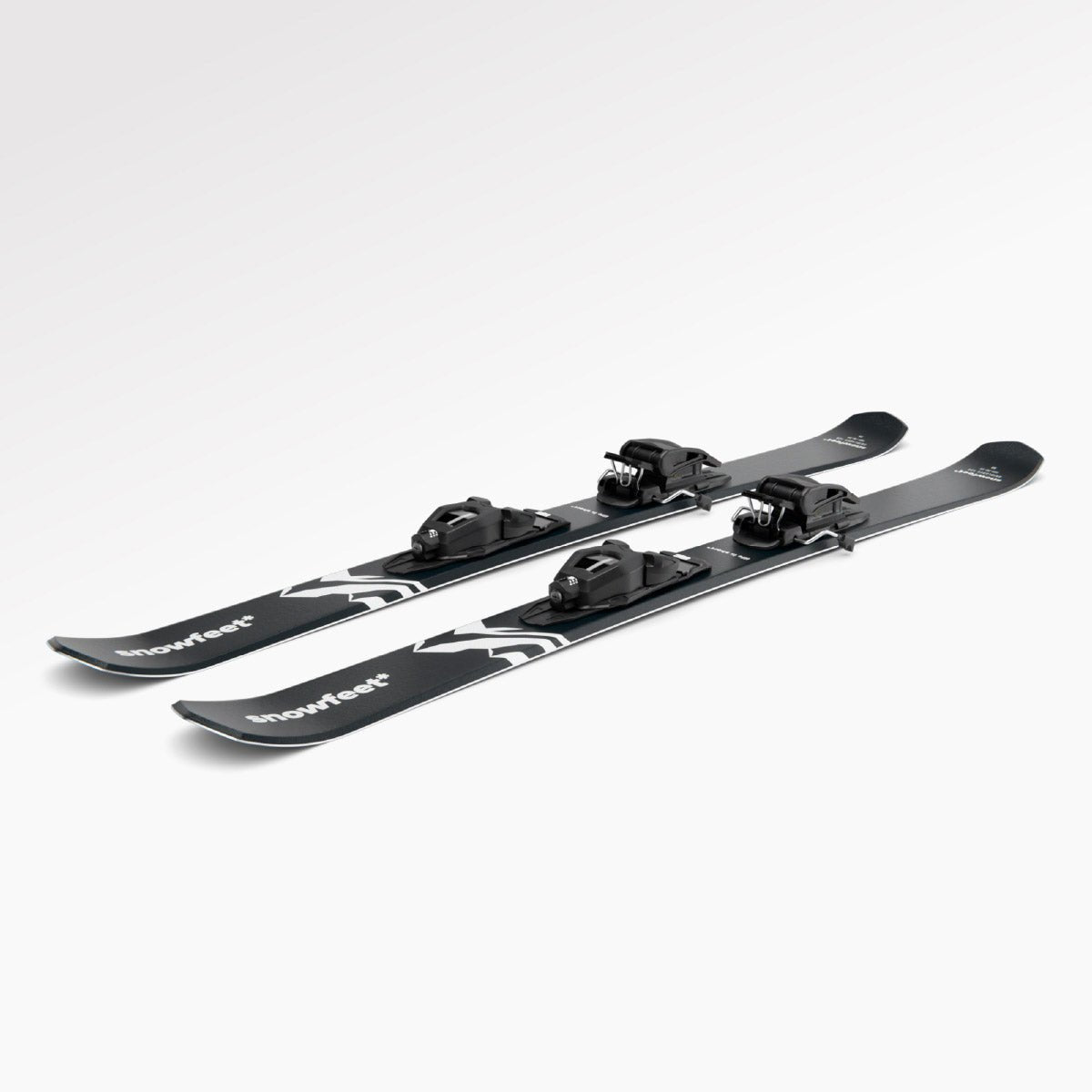


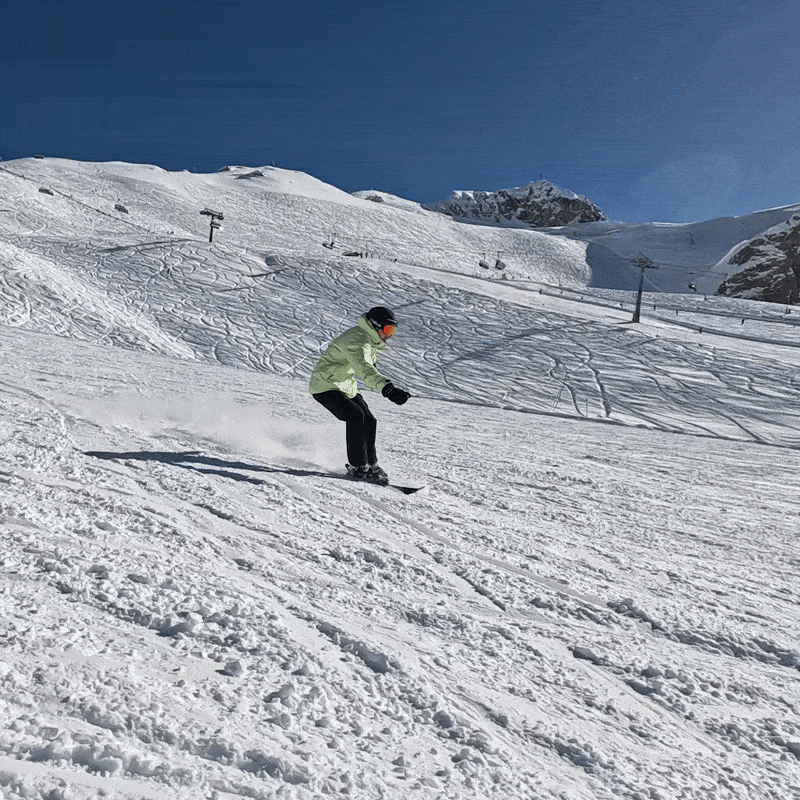
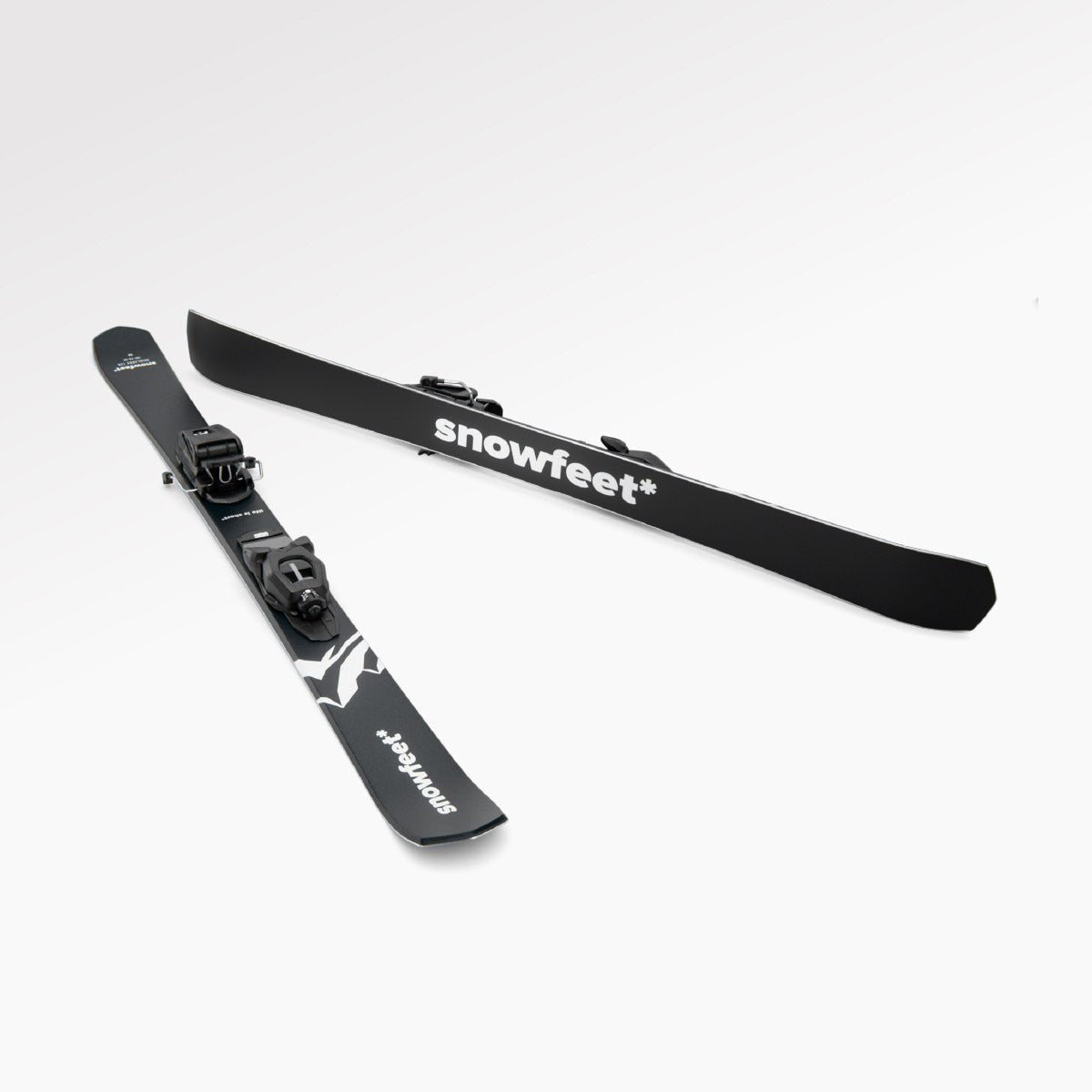
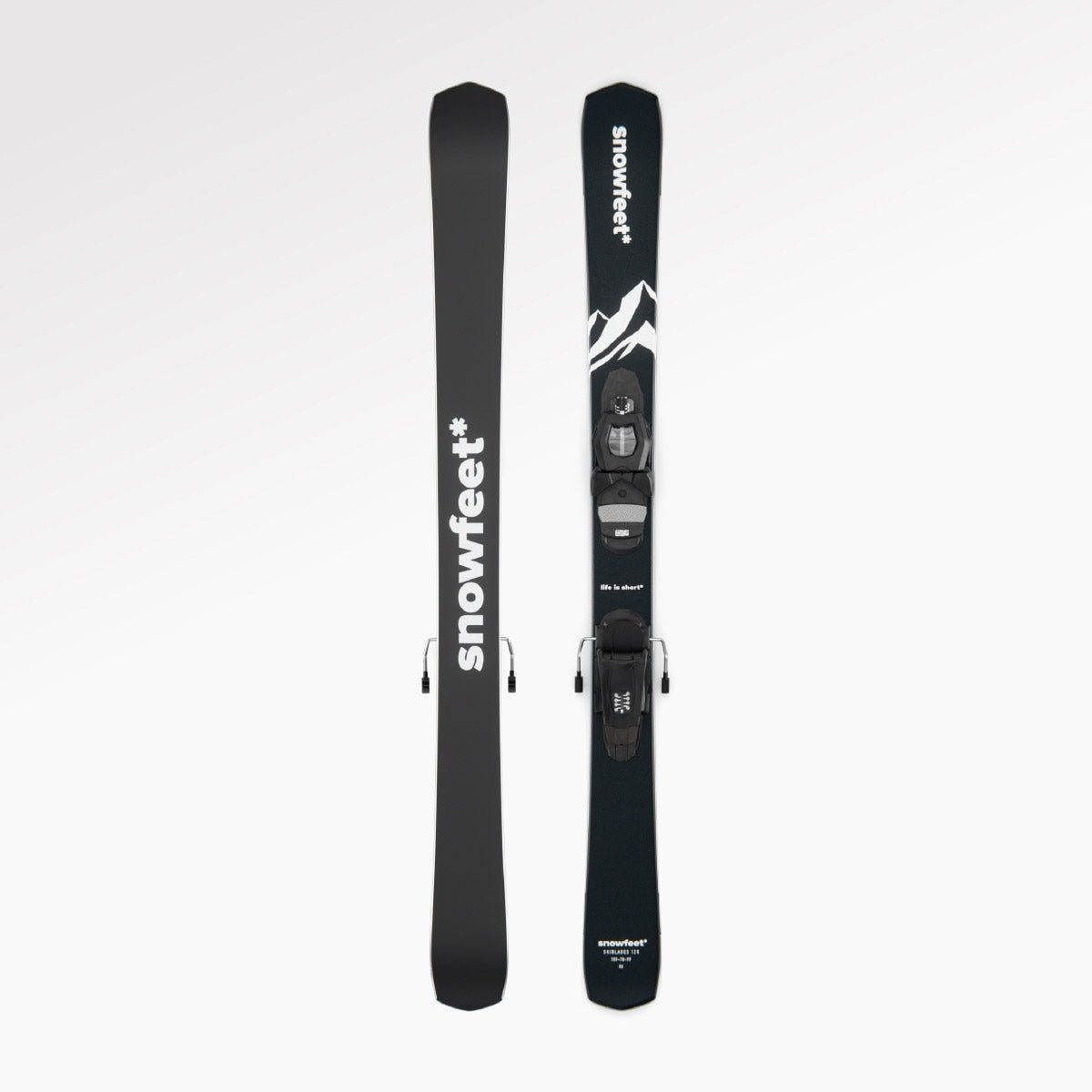
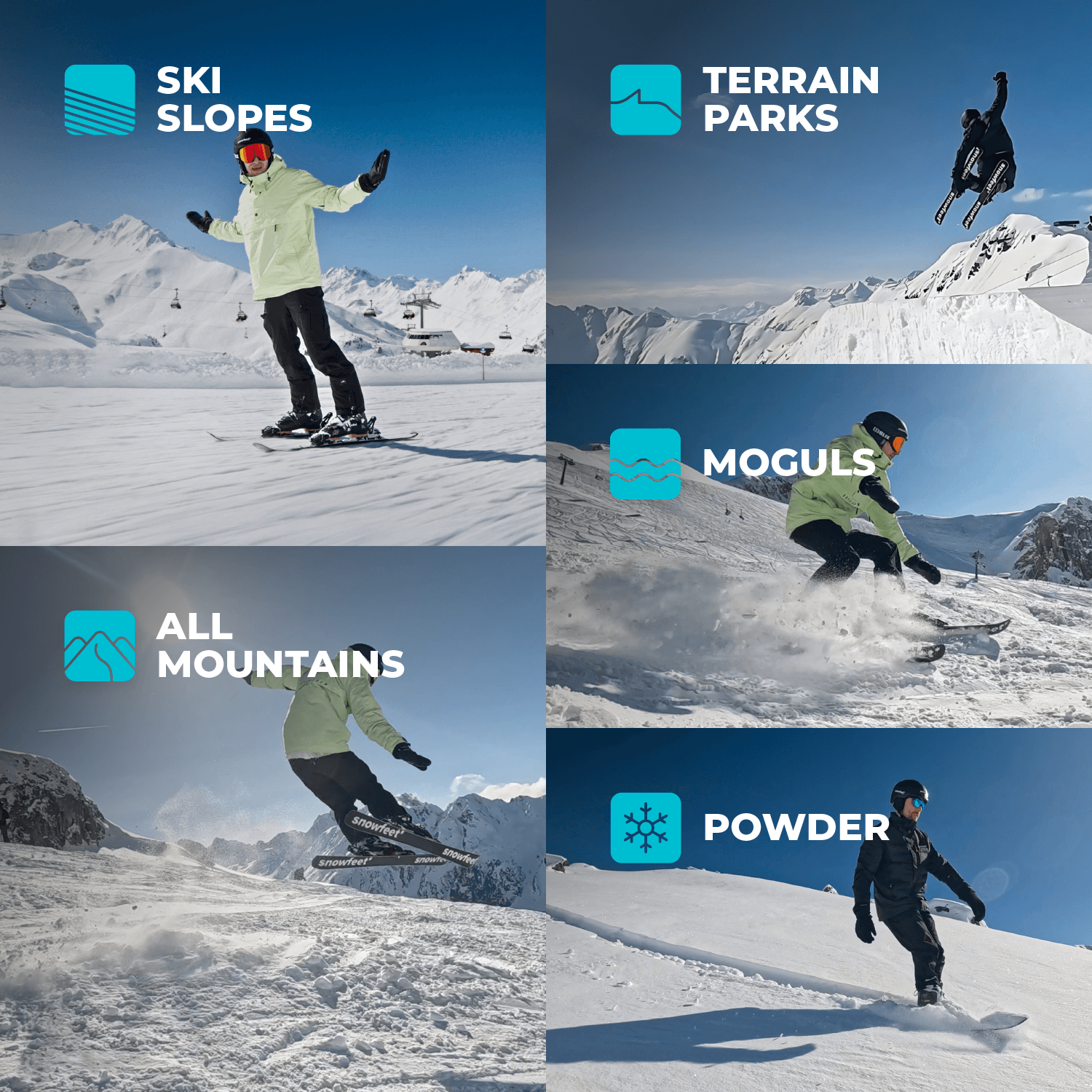
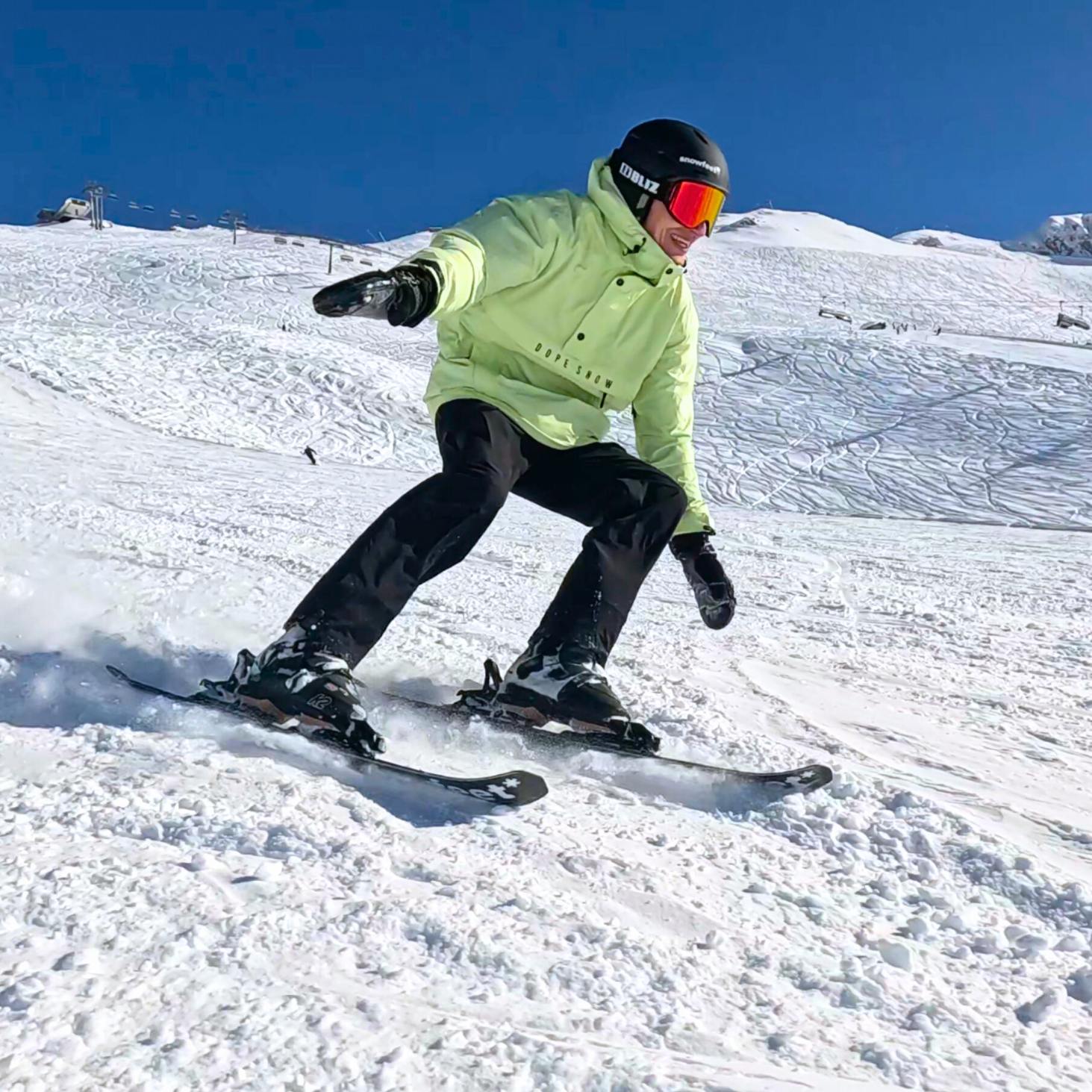
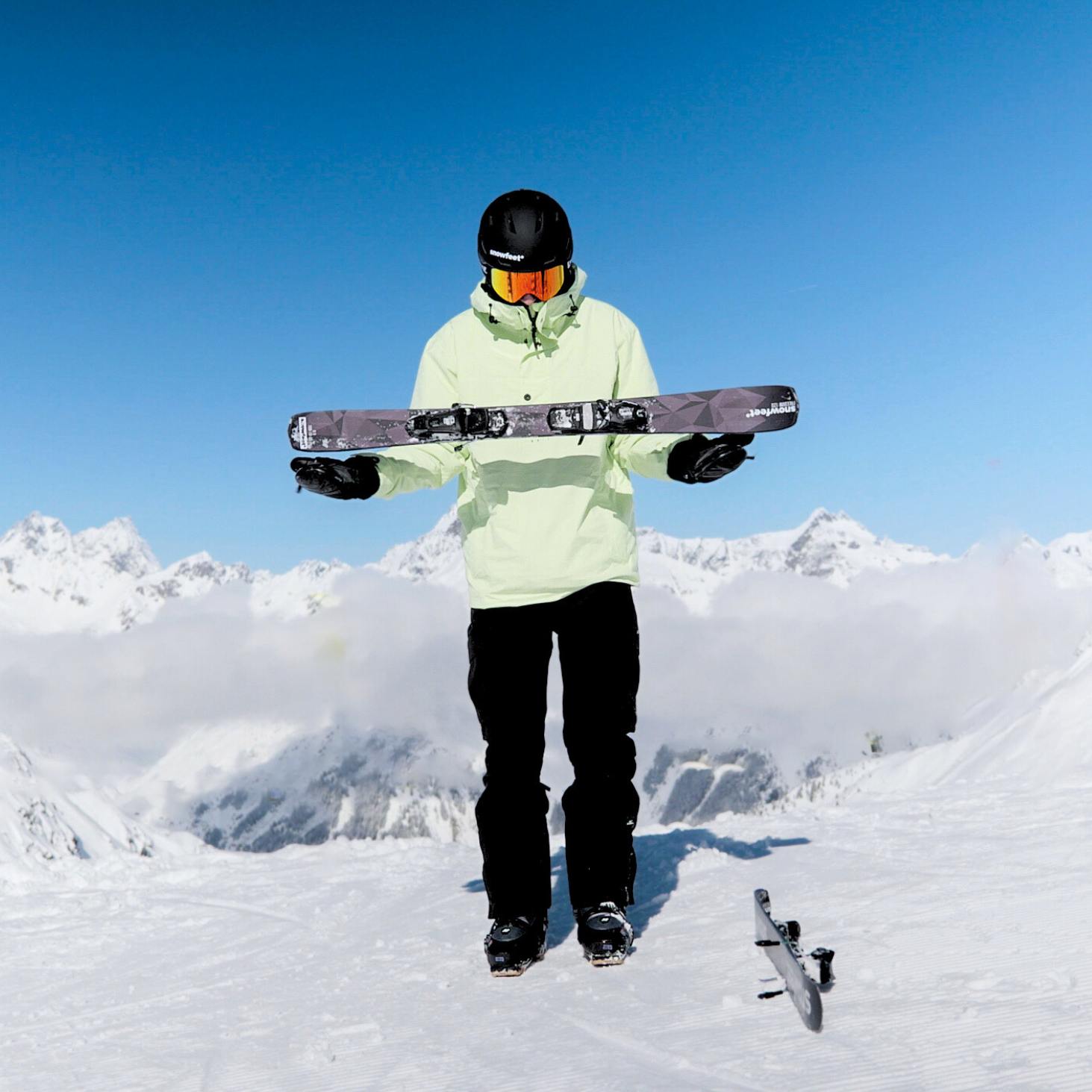
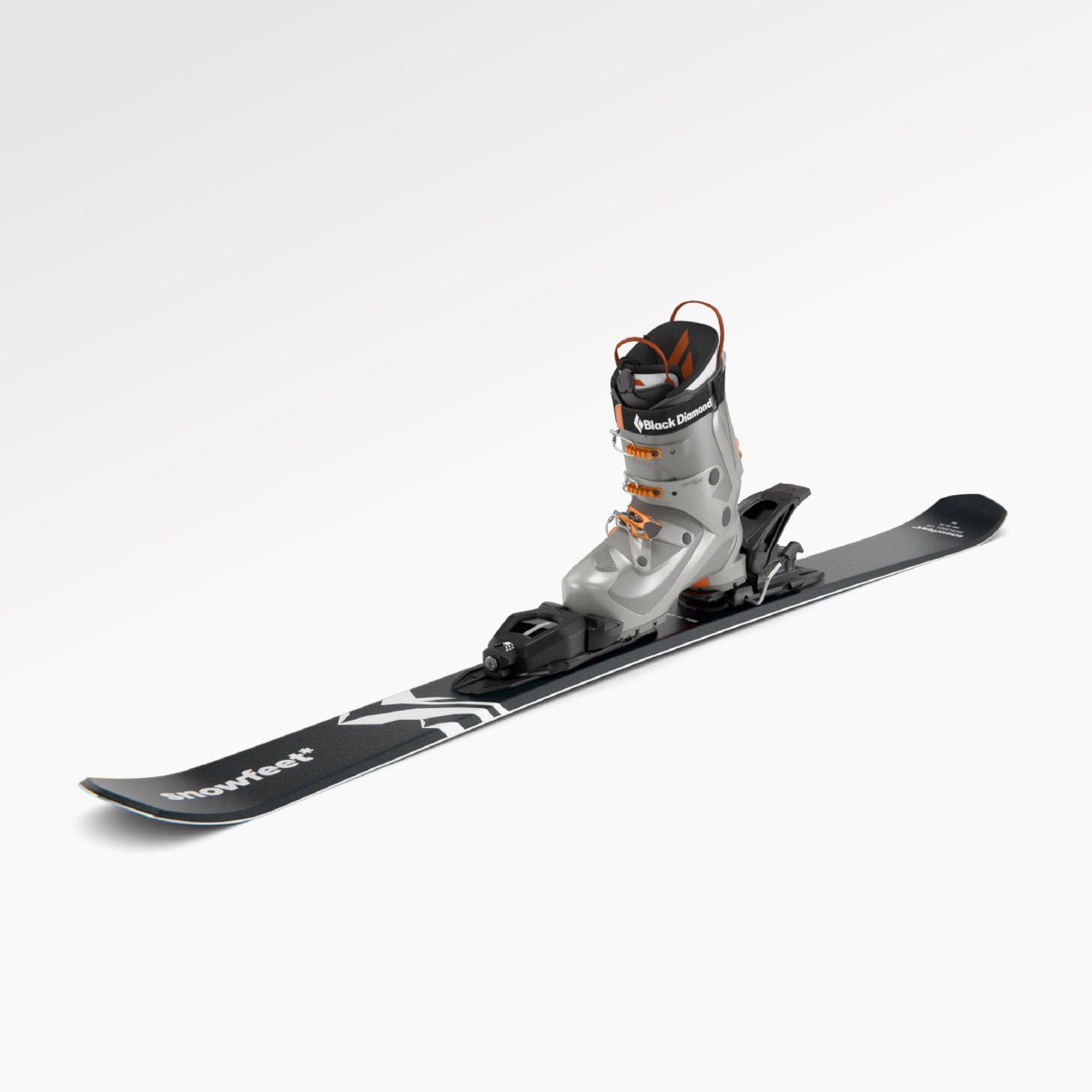
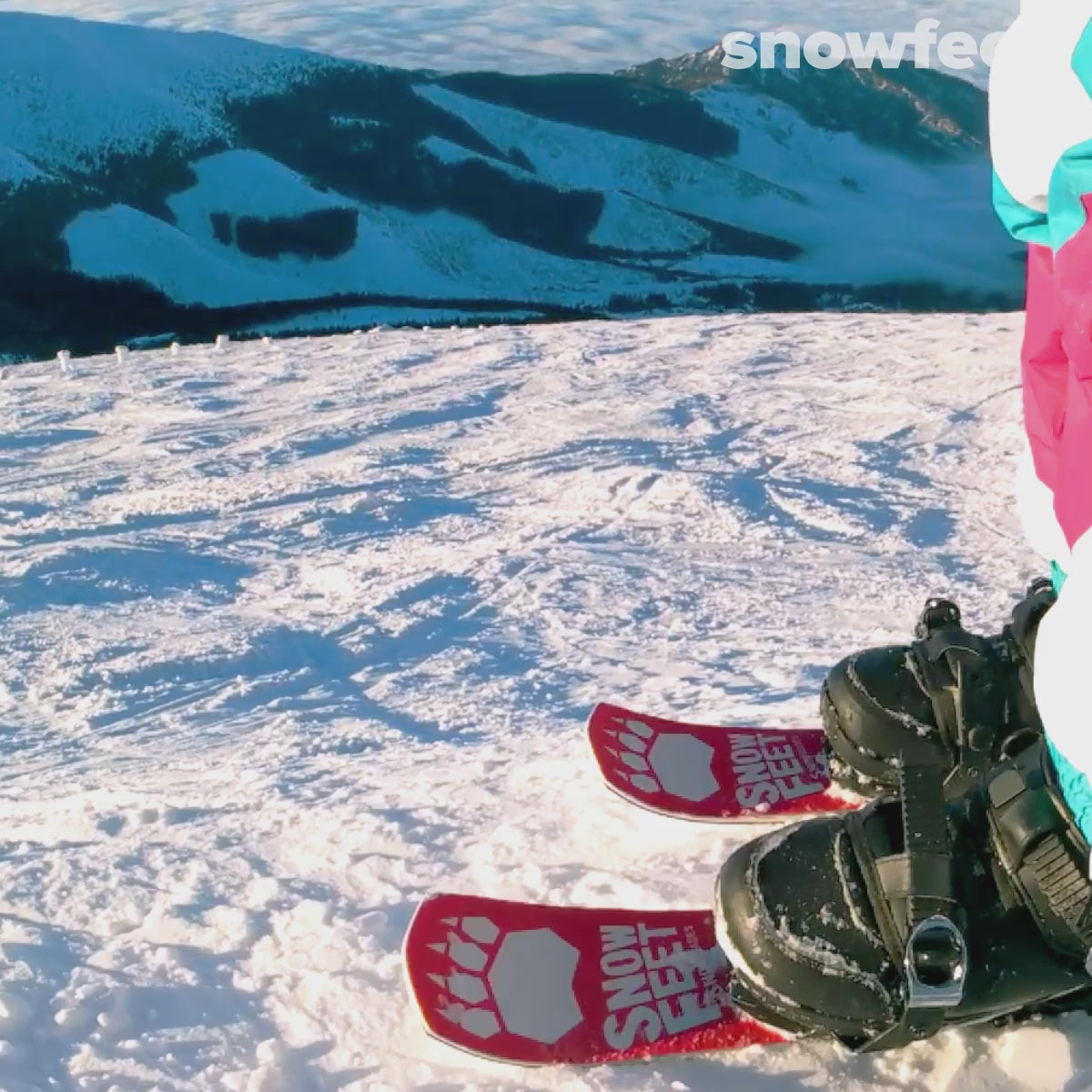

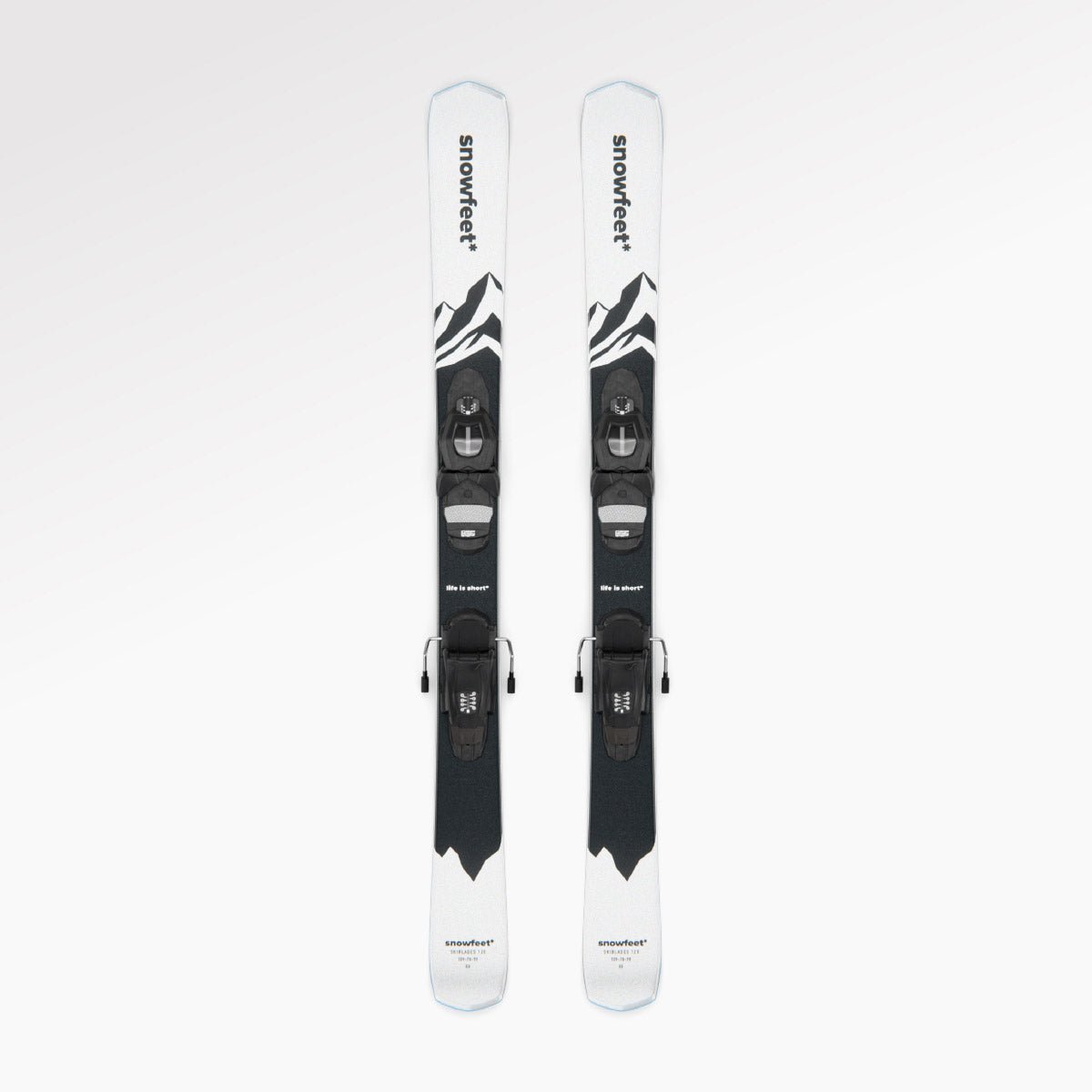
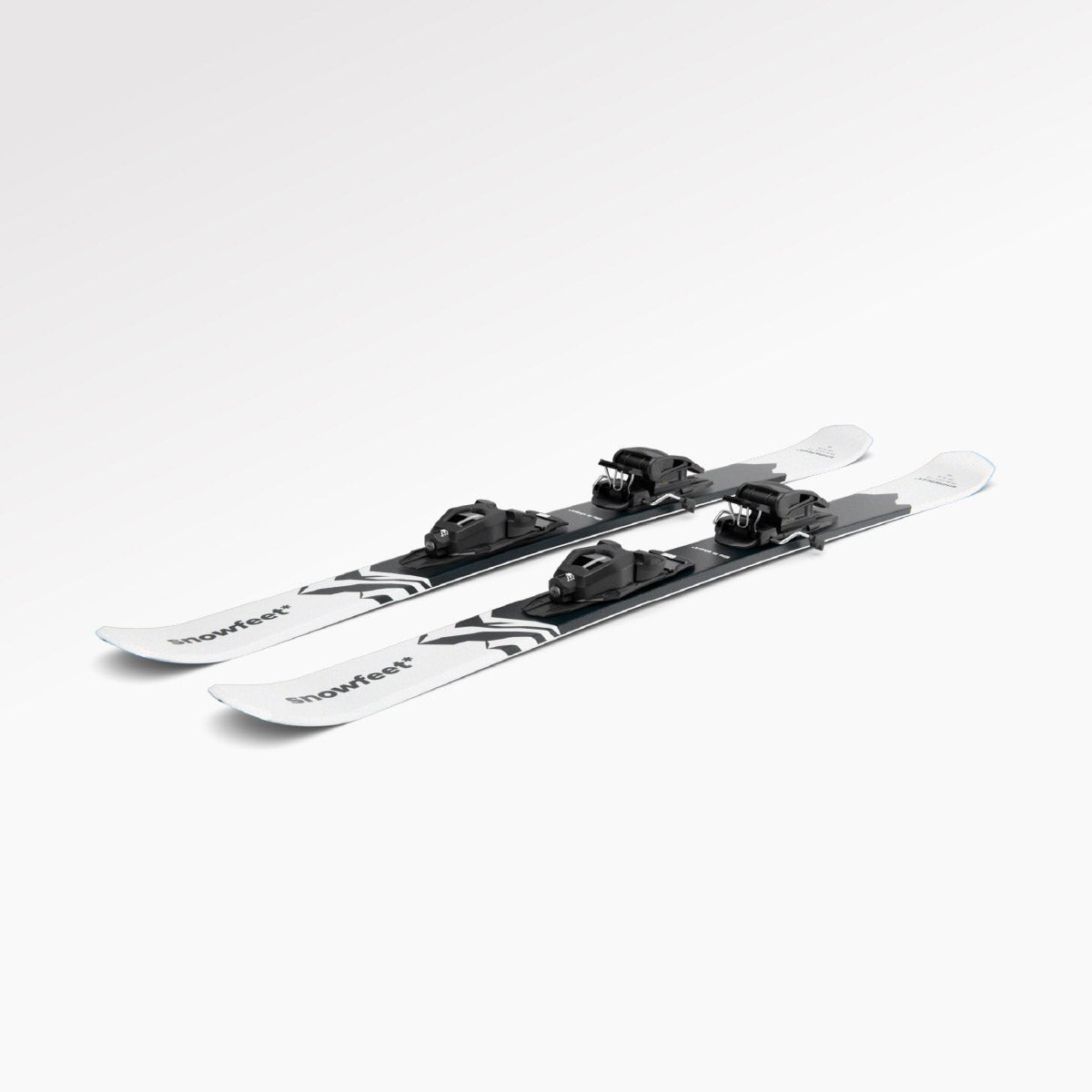
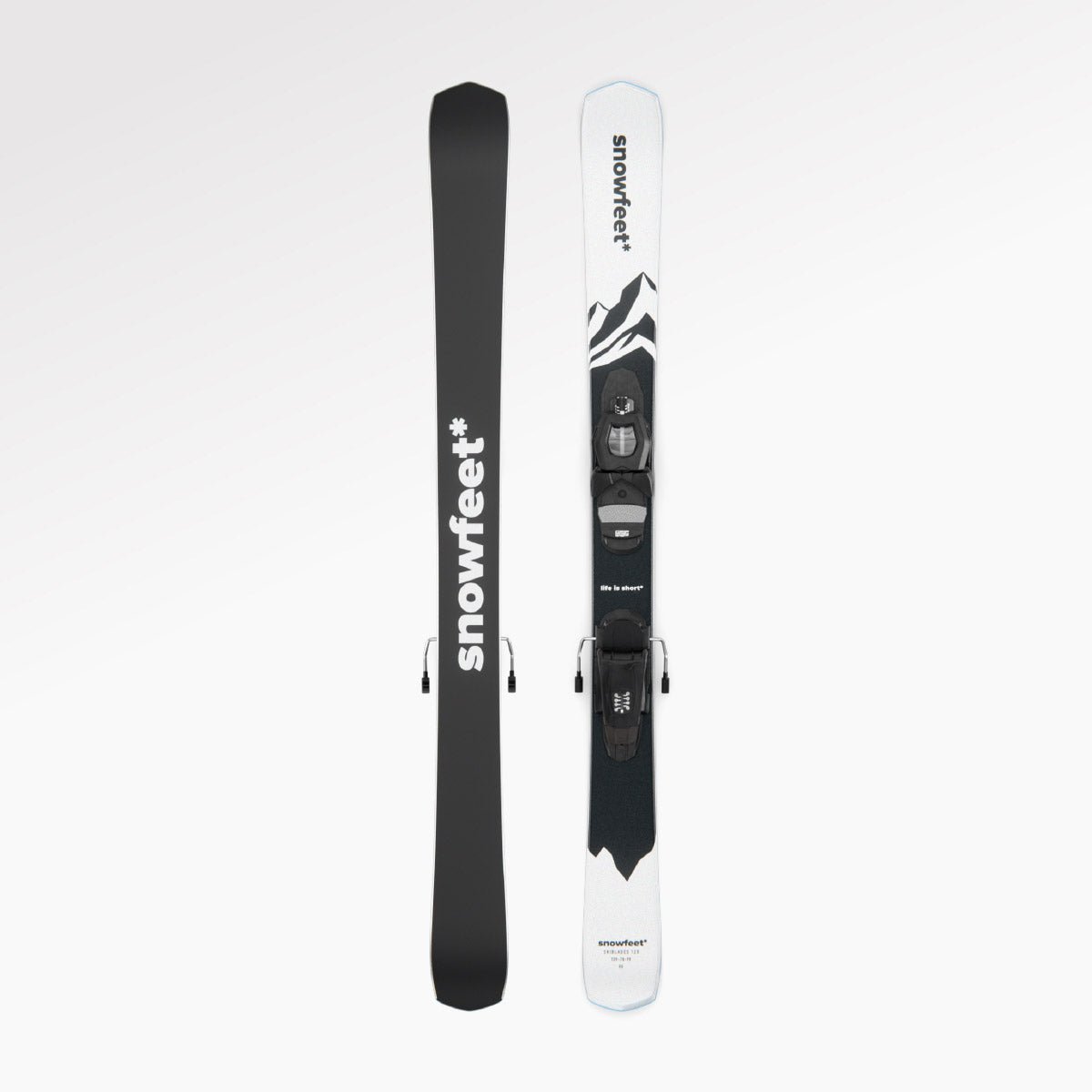
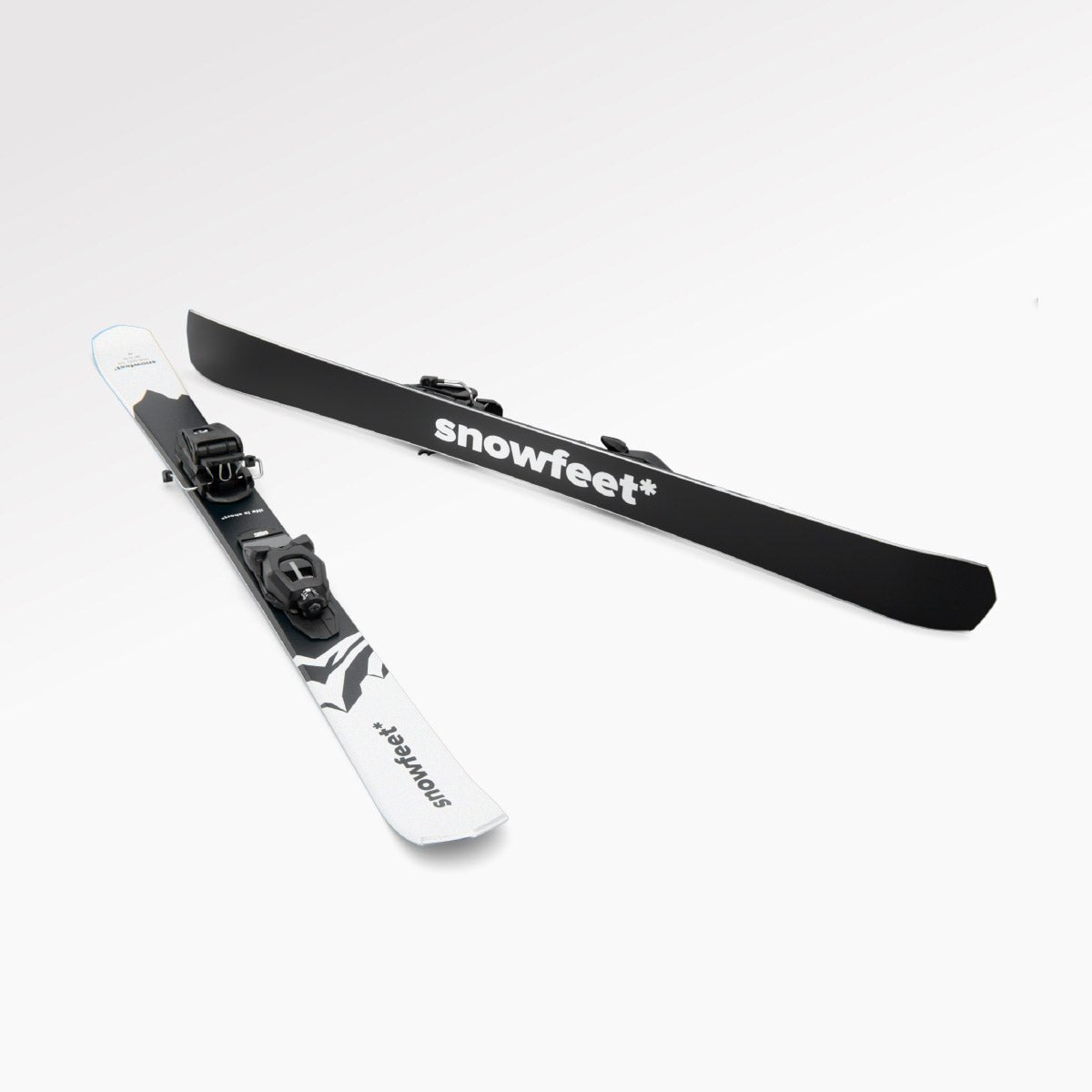
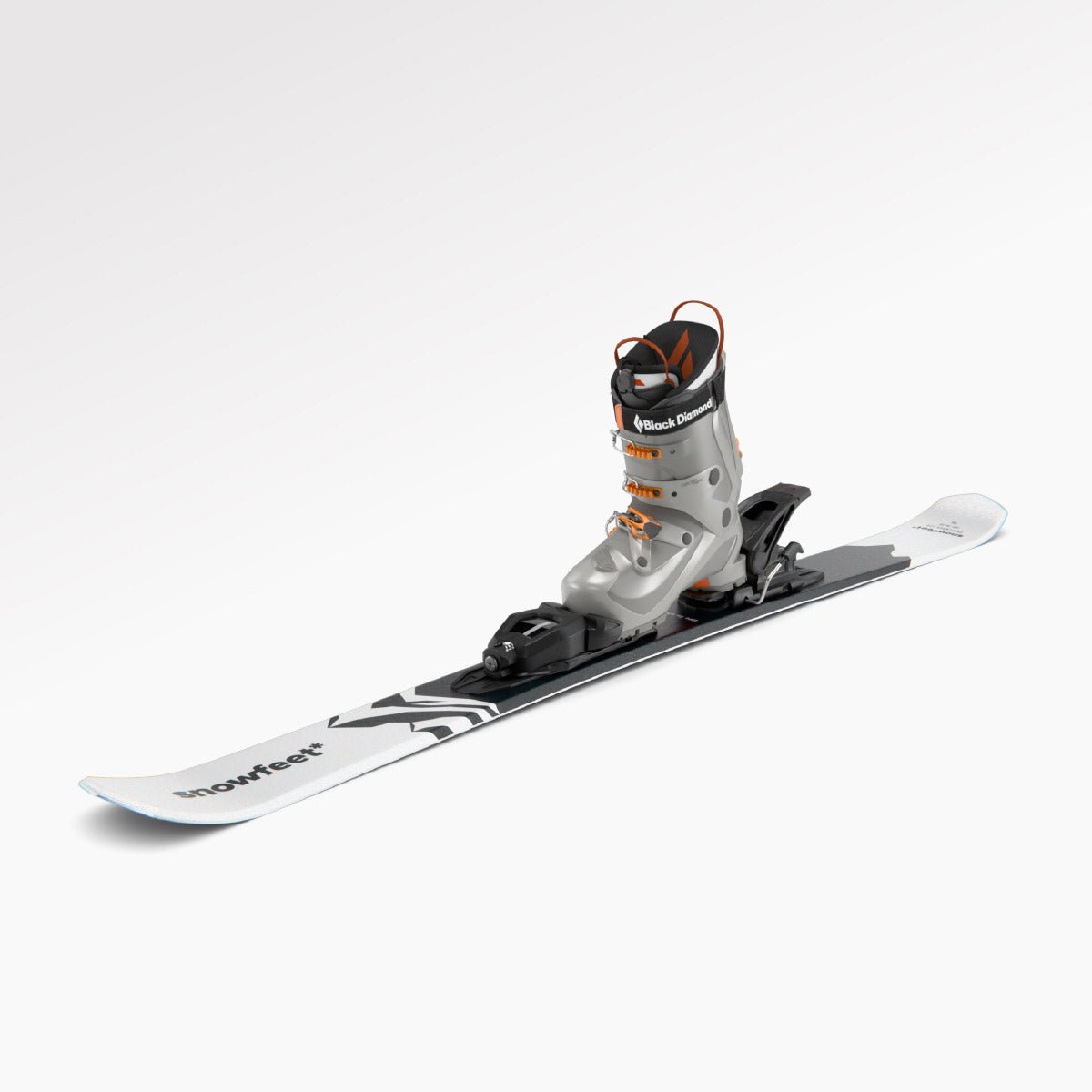
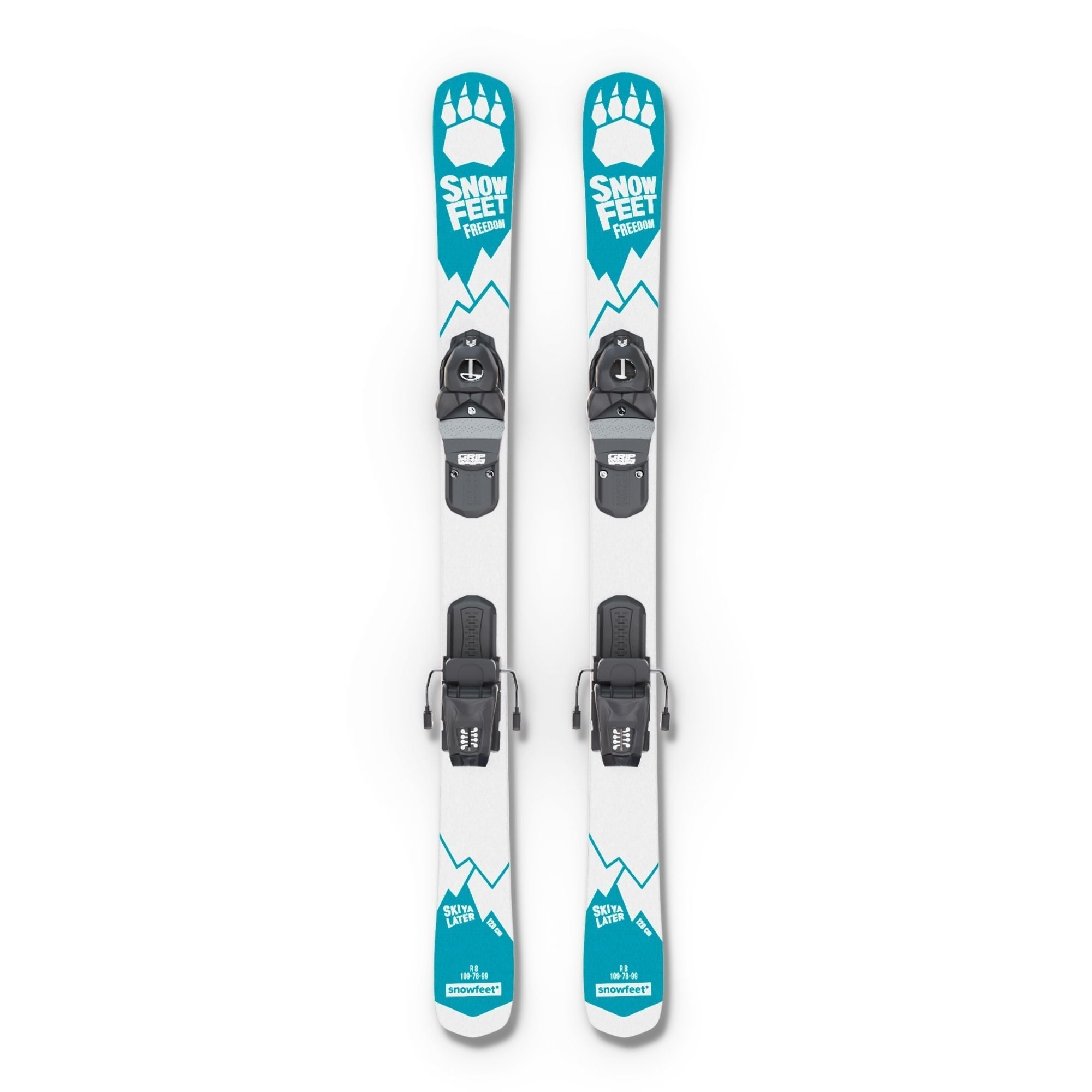
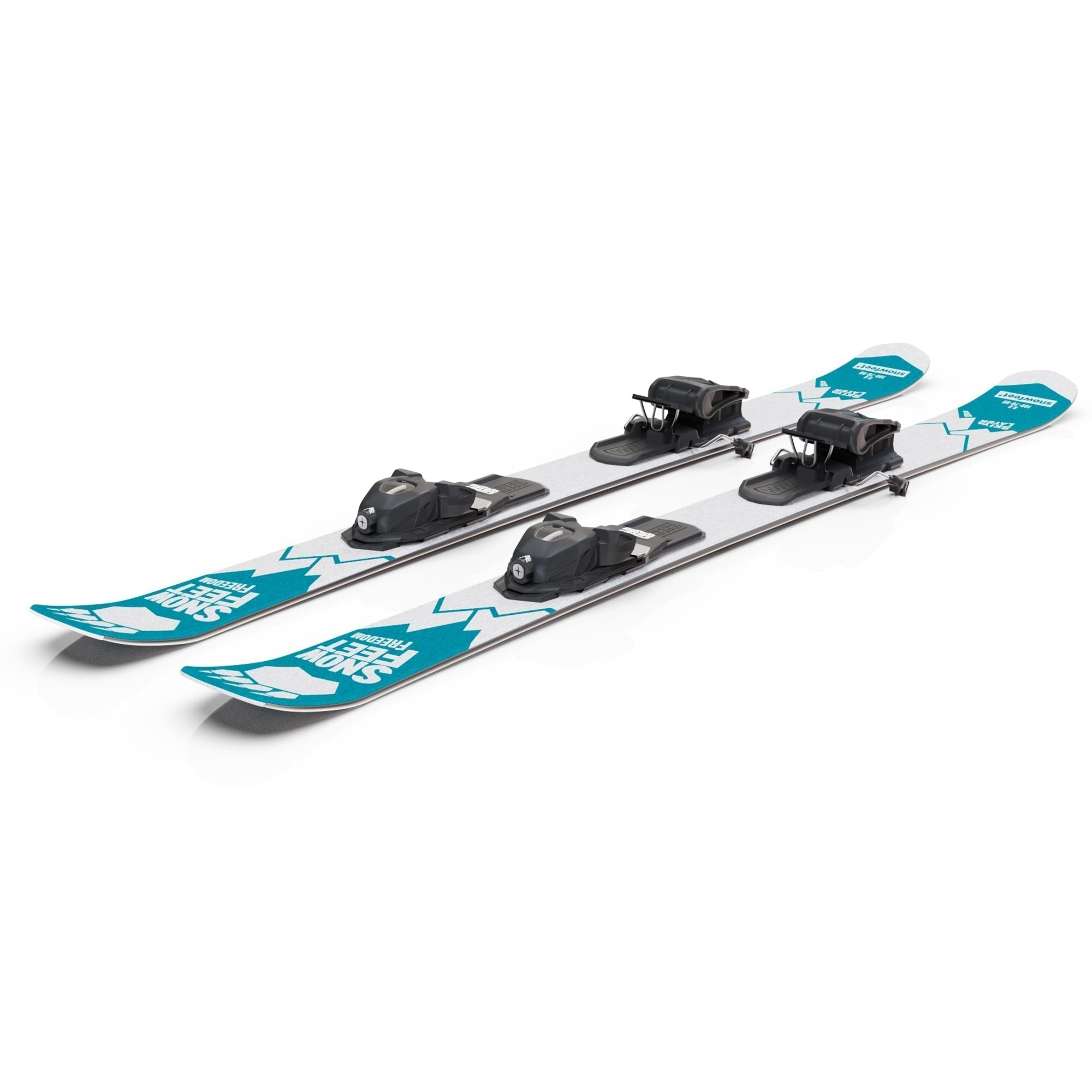
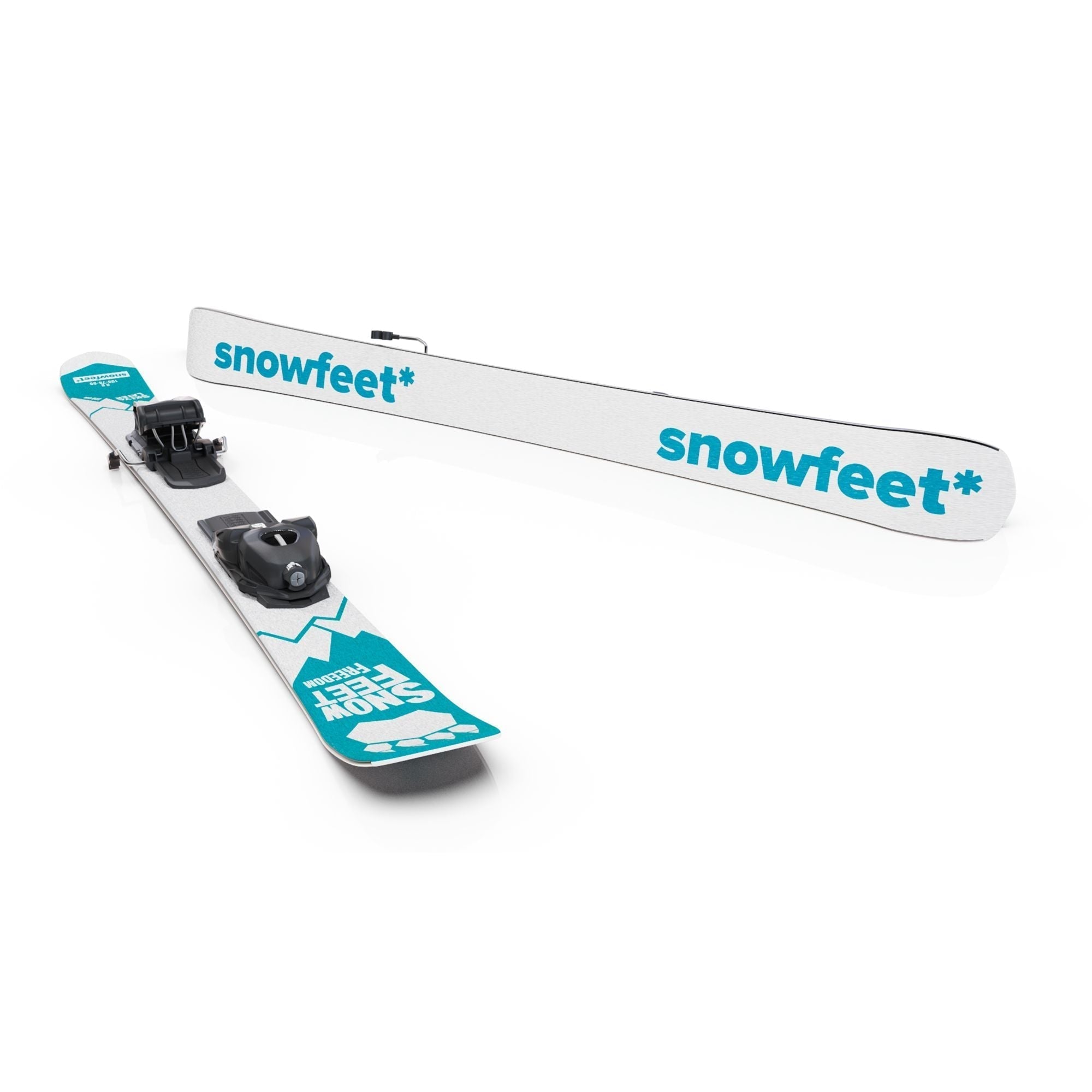
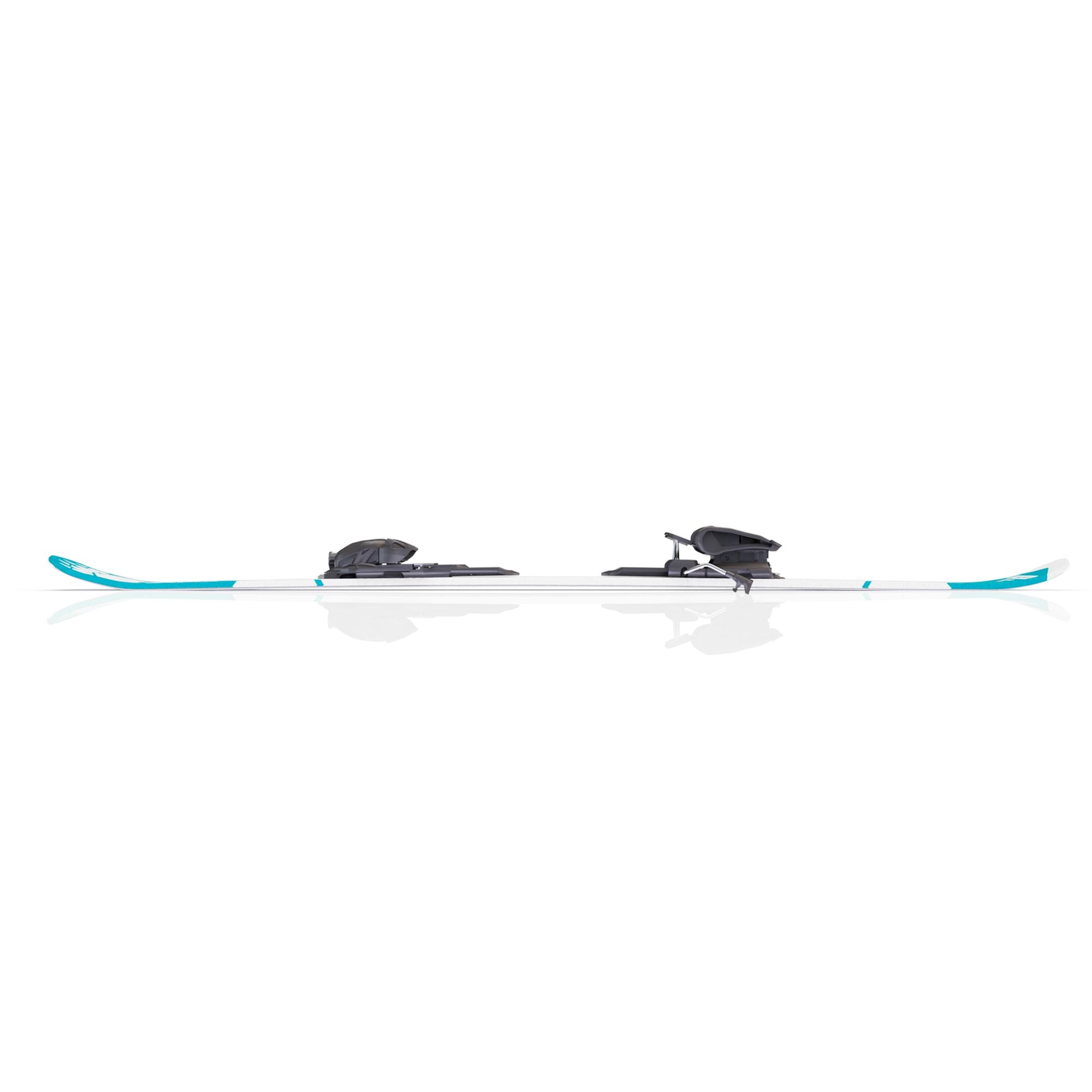
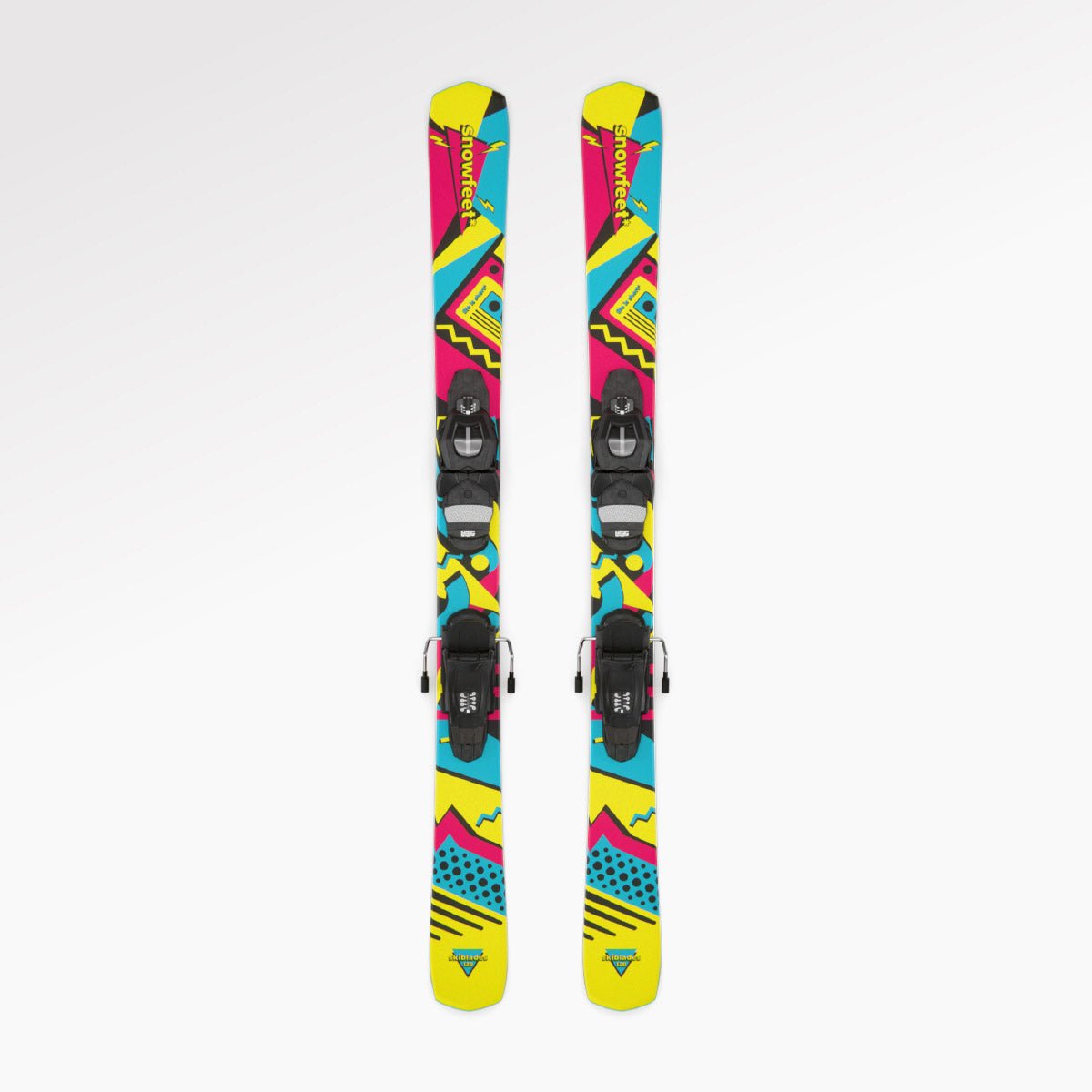

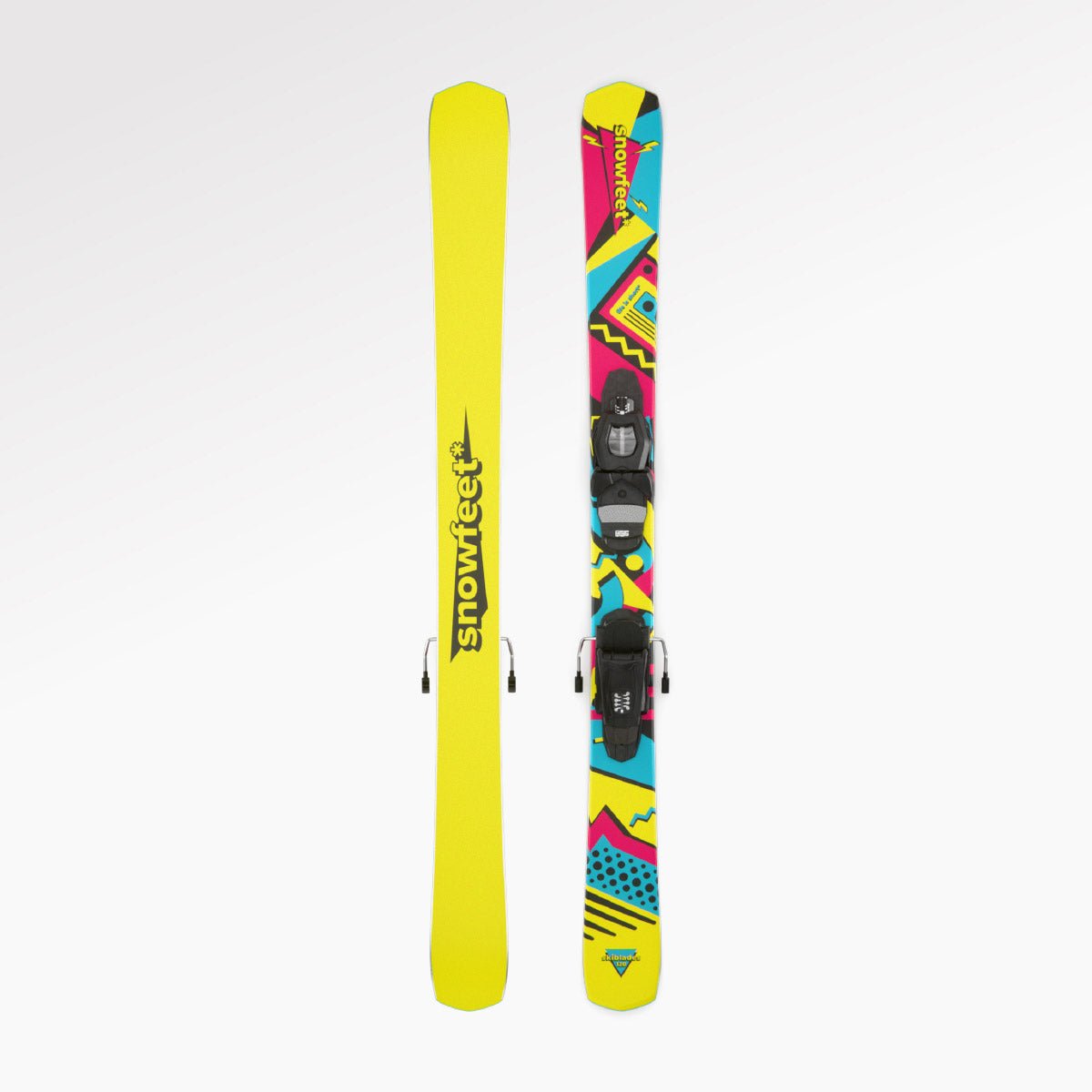
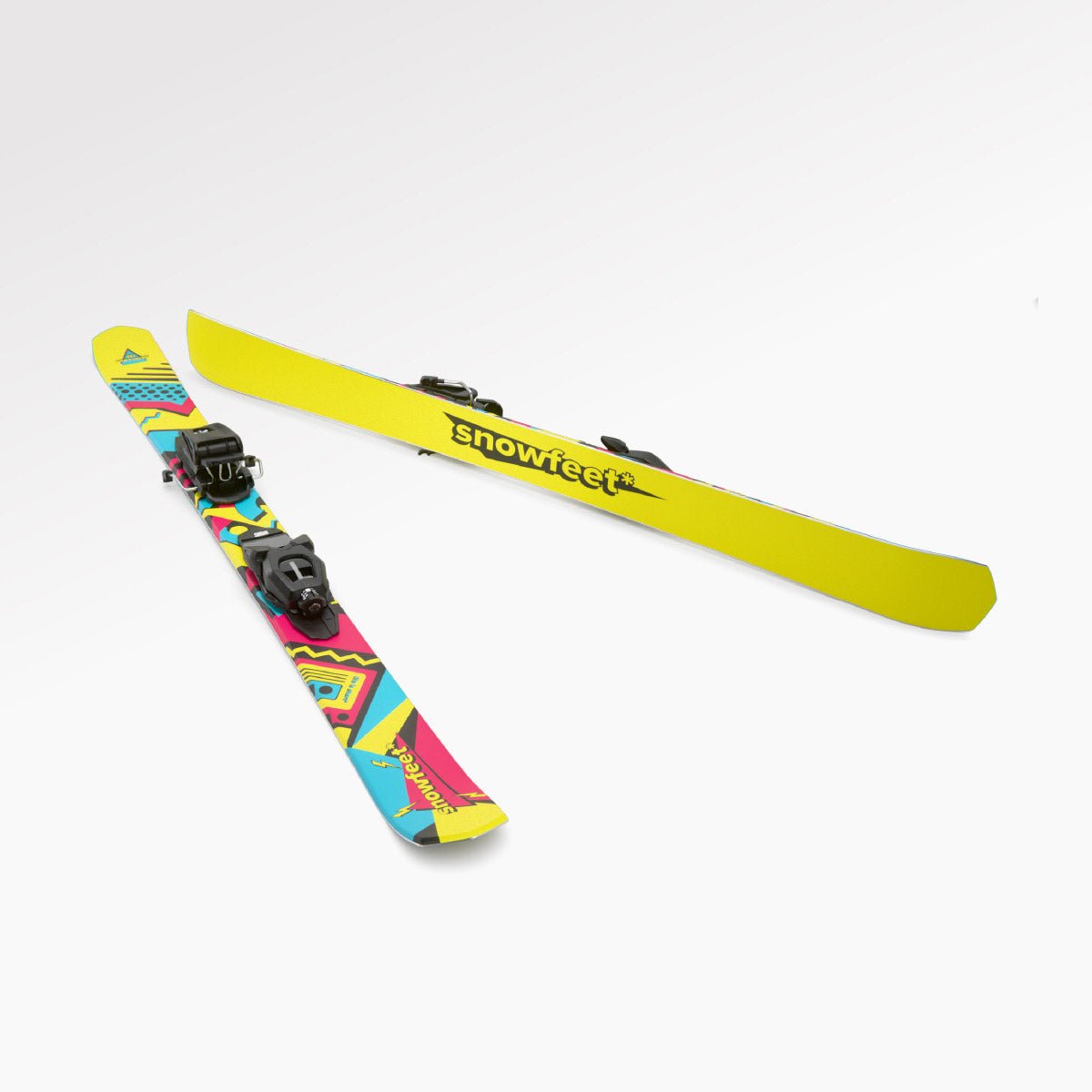
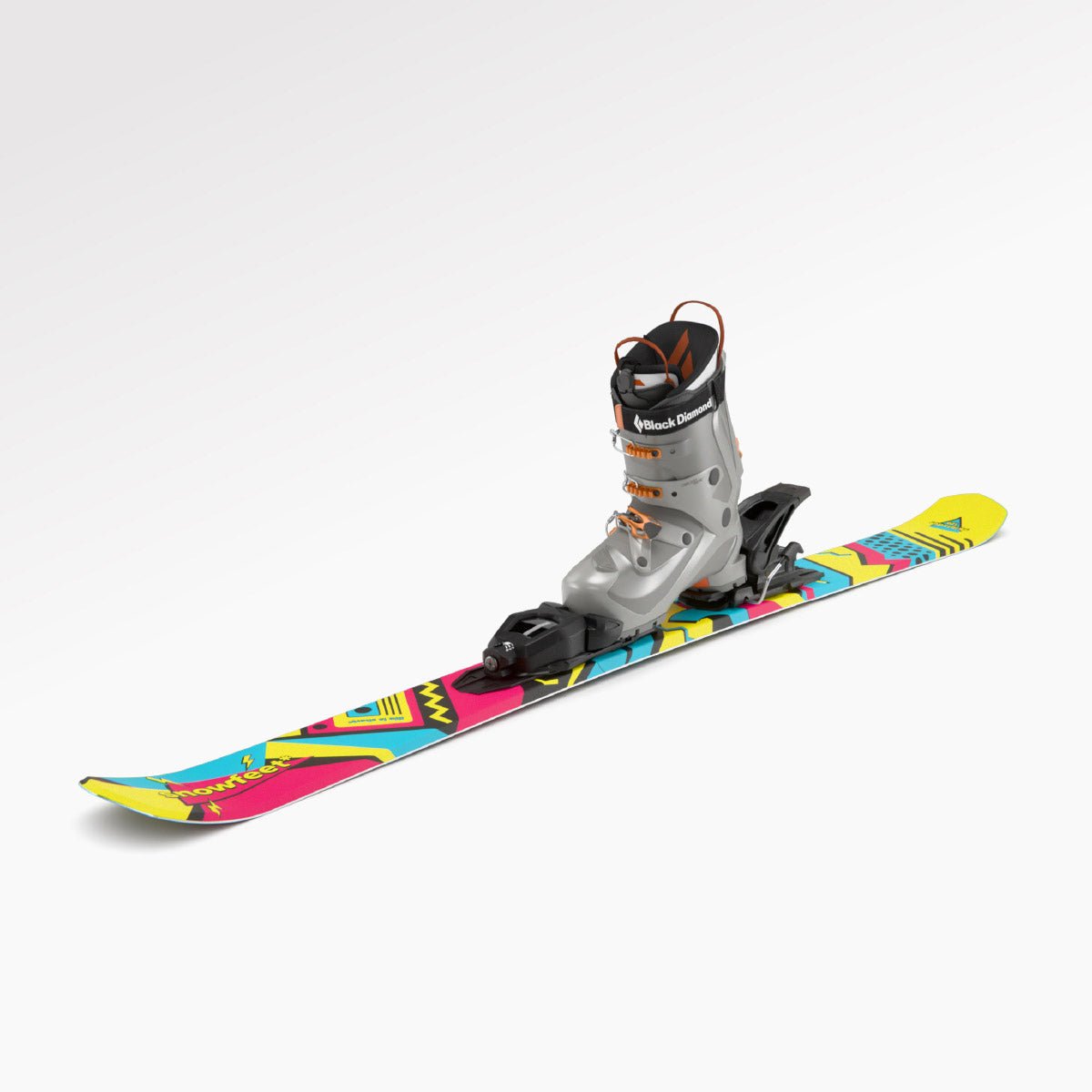
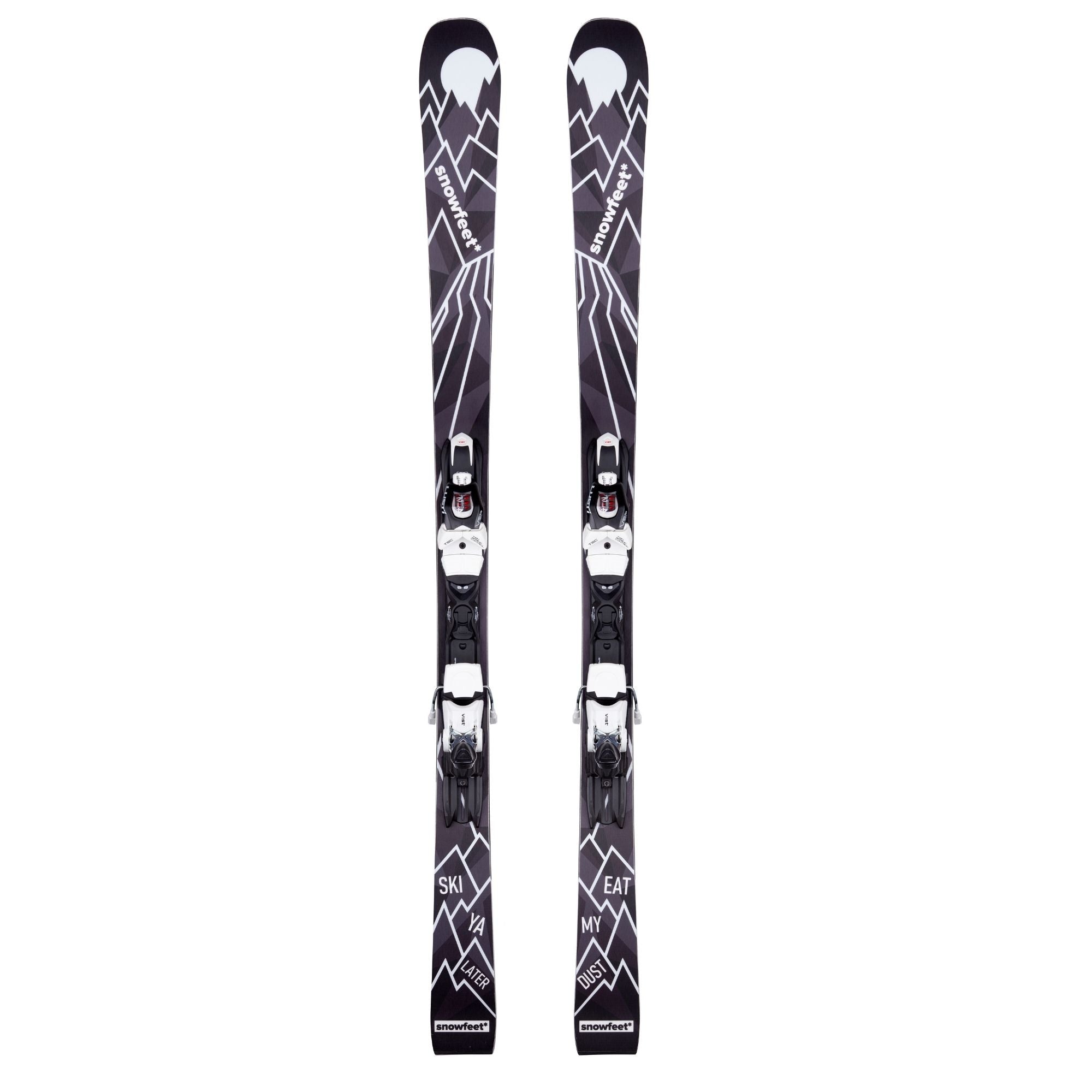
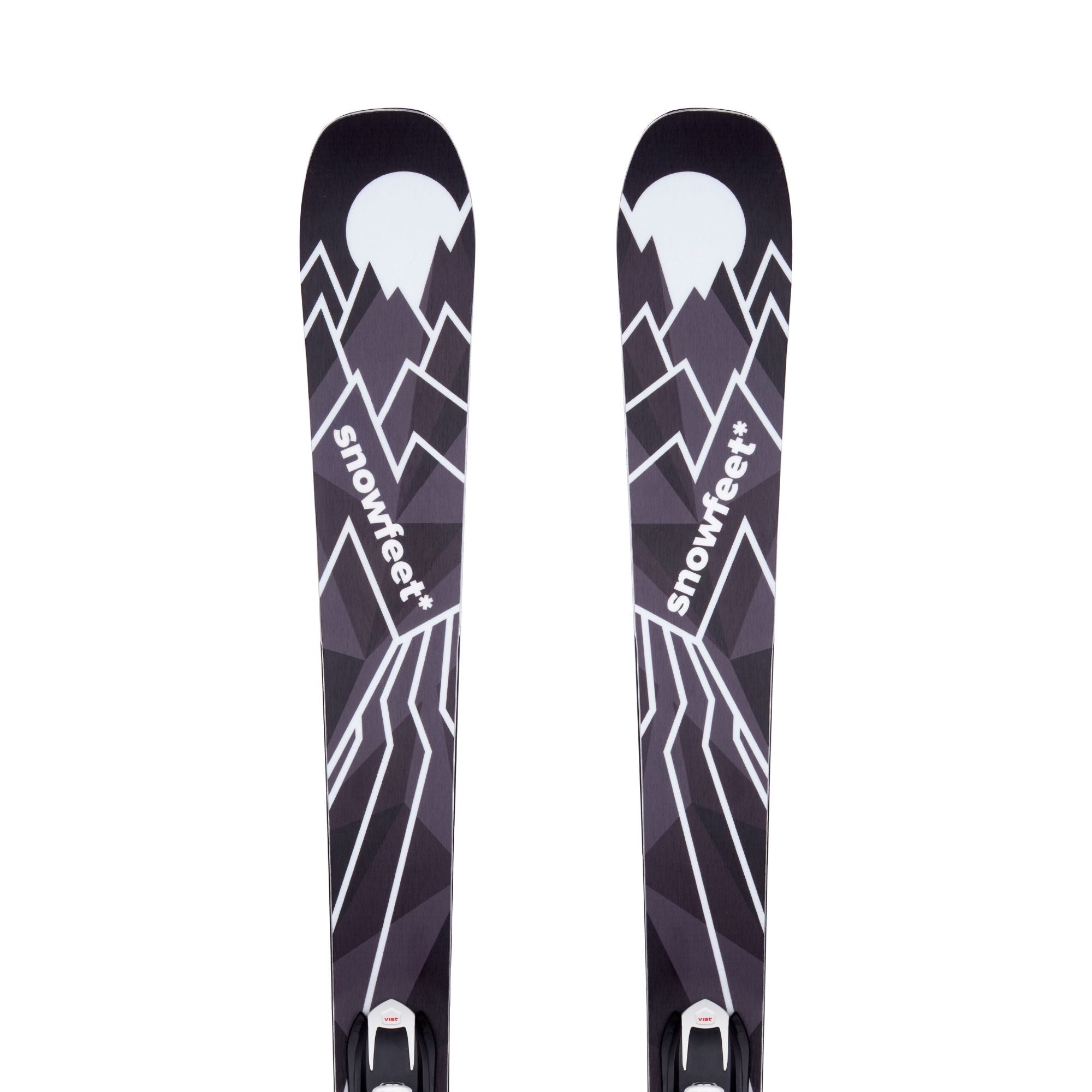
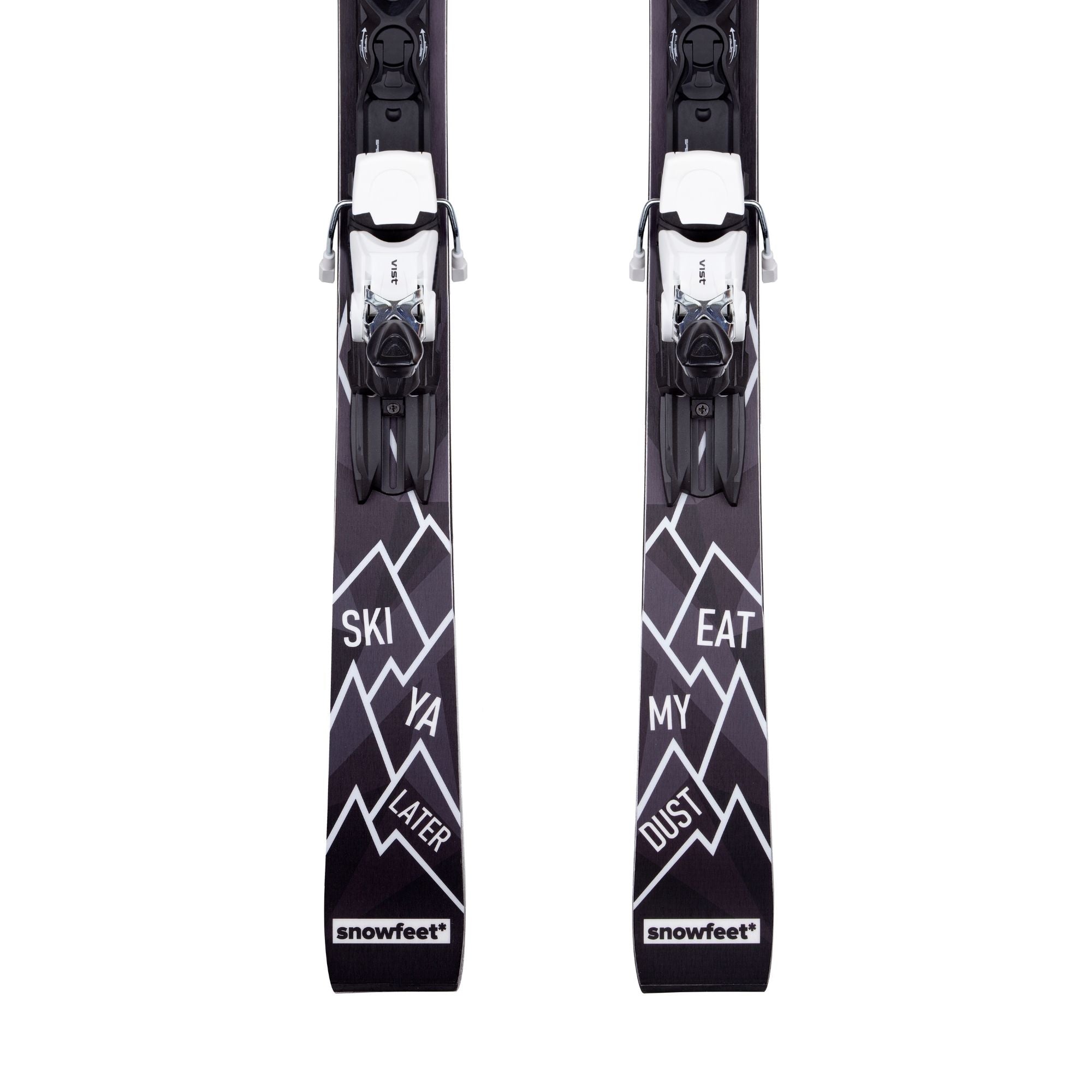
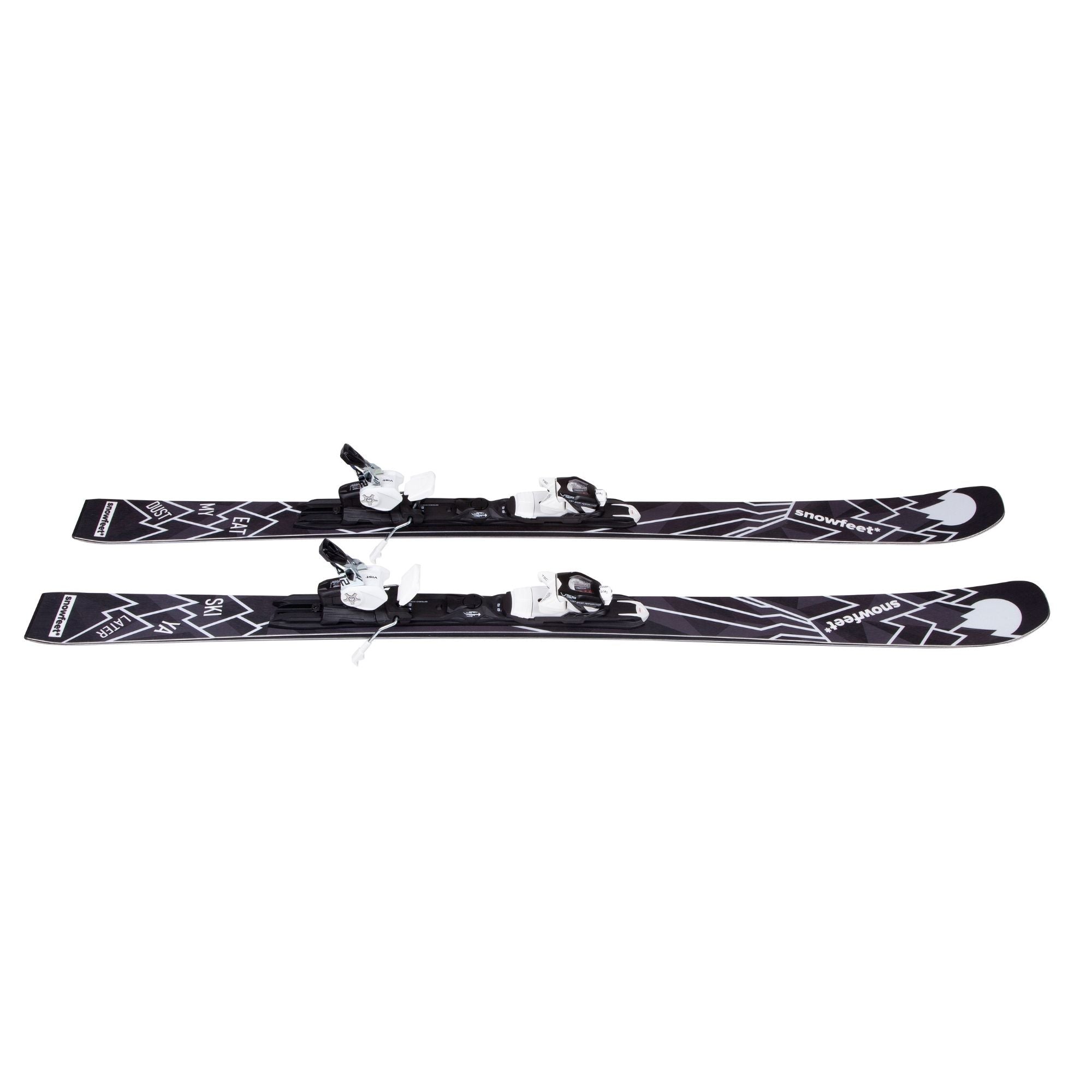
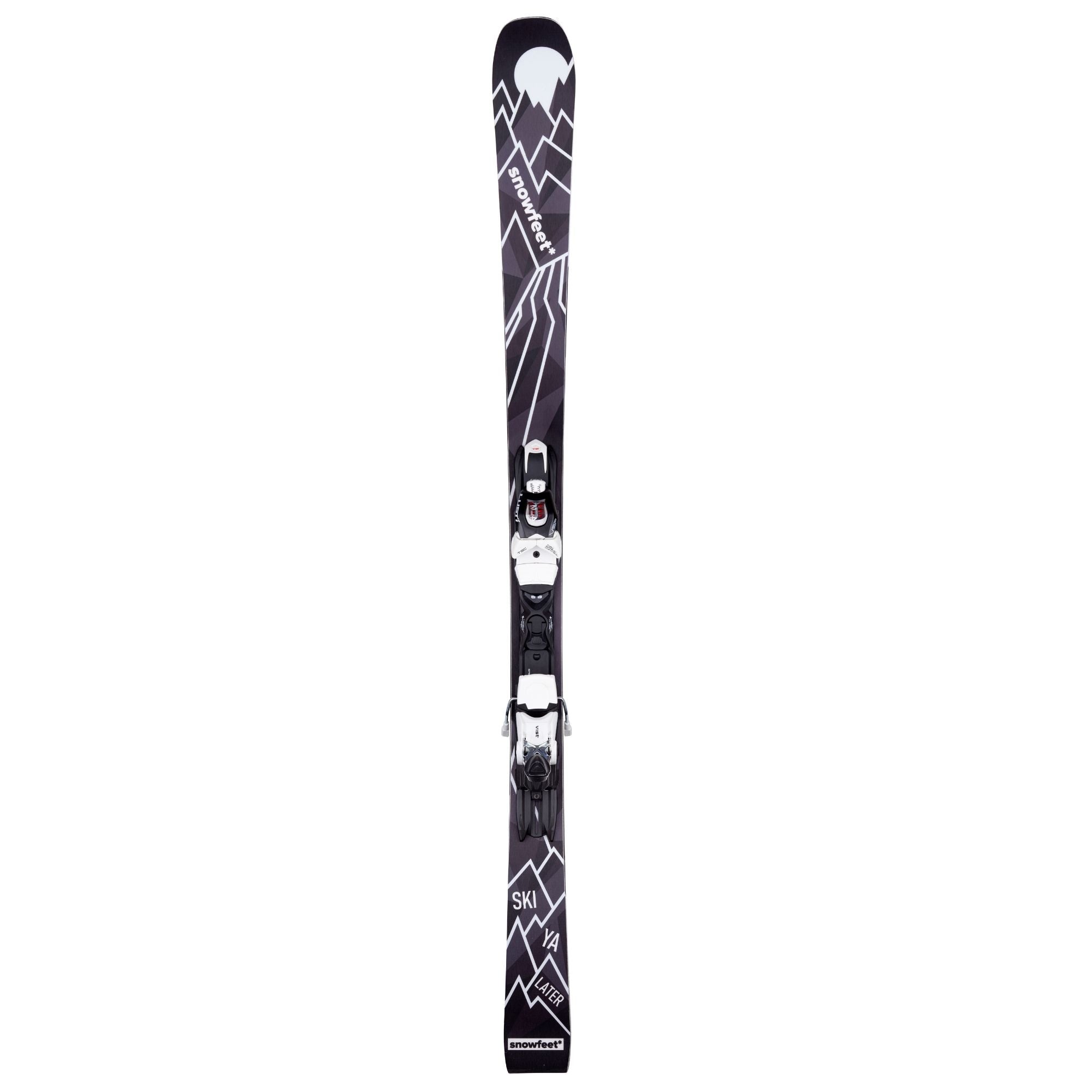
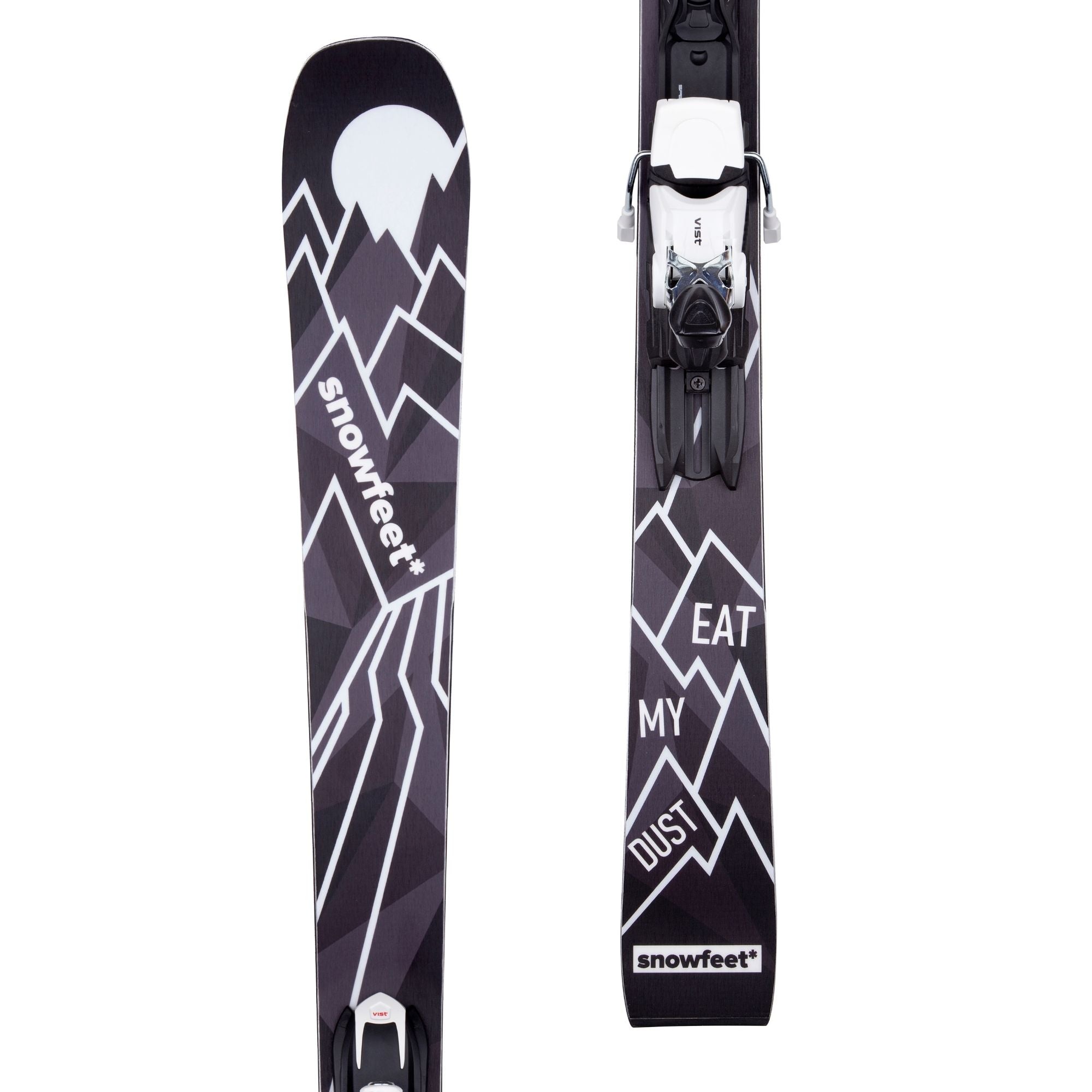
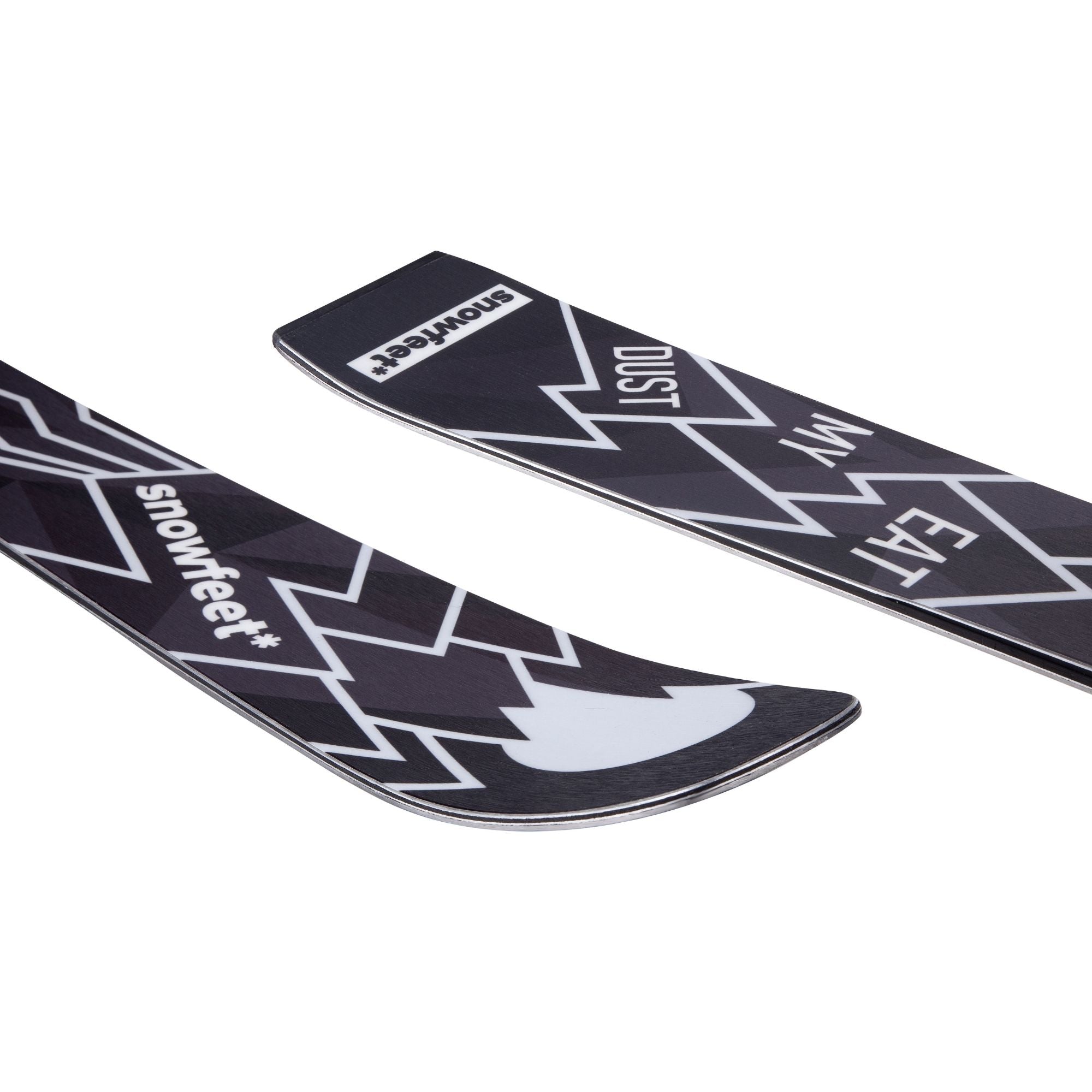
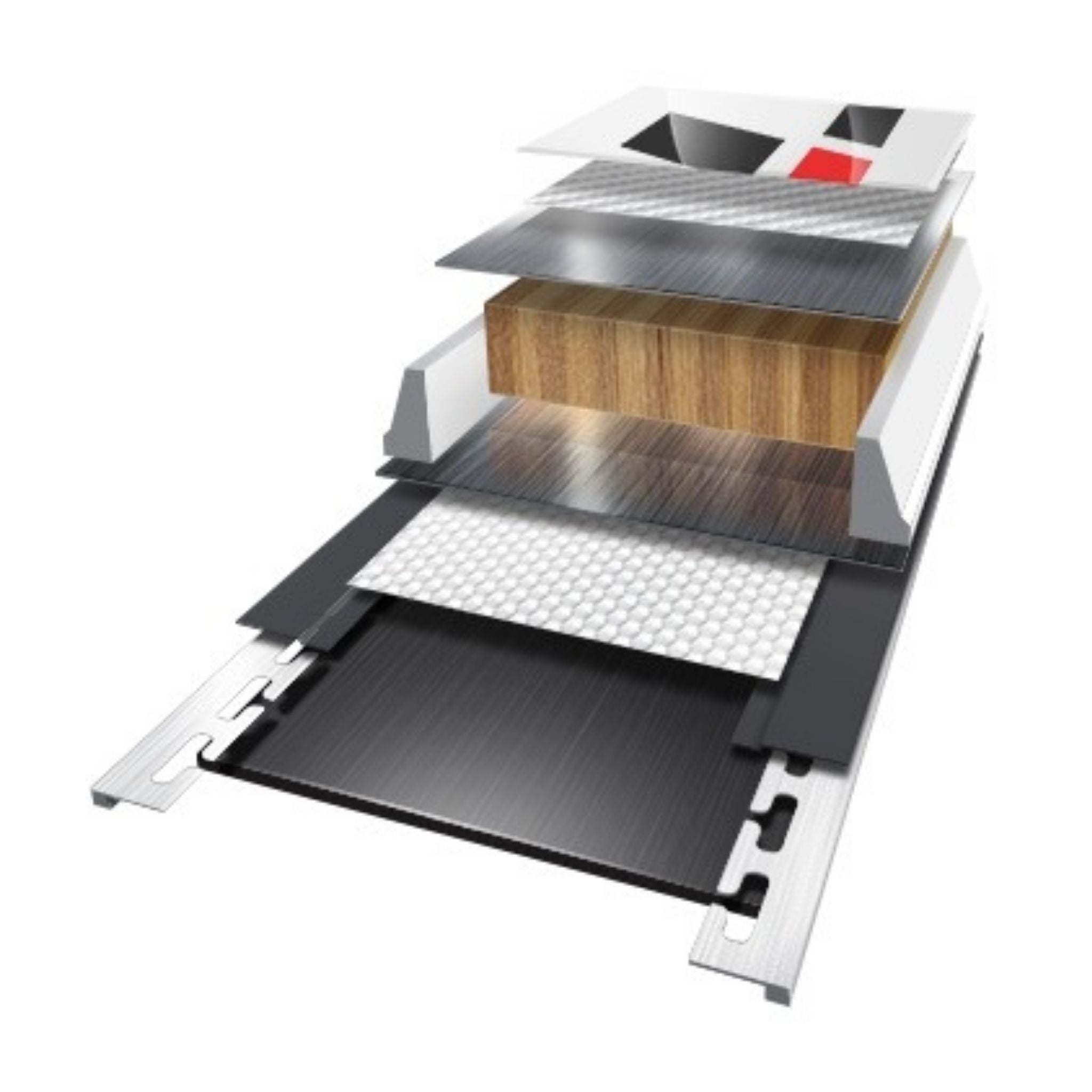
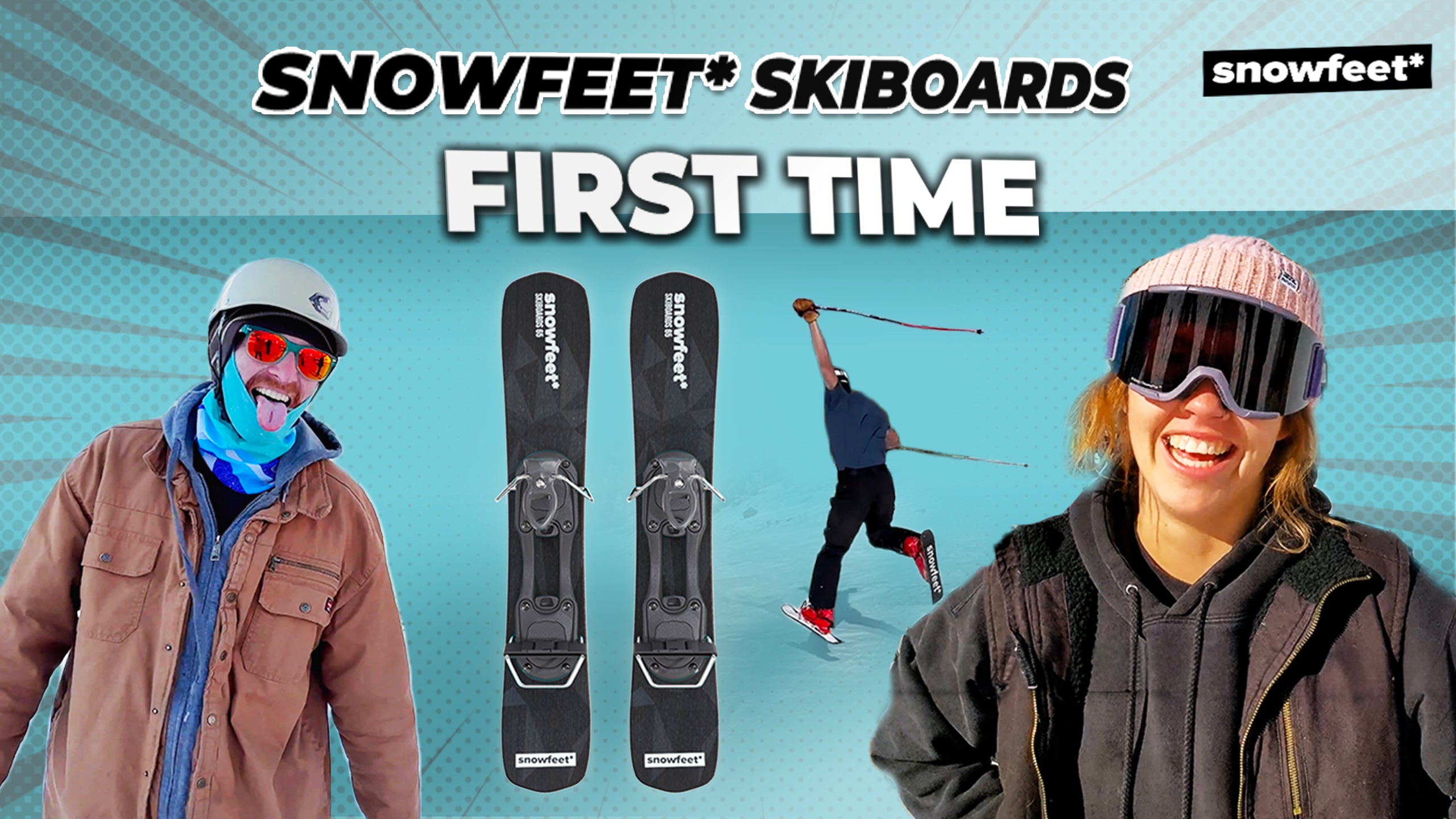
Jak vybrat nejlepší carvingové lyže?
Carvingové lyže jsou typ sjezdových lyží navržených speciálně pro přesné zatáčení na upravených svazích. Při výběru nejlepších carvingových lyží je třeba zvážit několik klíčových faktorů.

Délka lyže
Add your subtitle
Délka vašich lyží může ovlivnit, jak se chovají na sněhu. Delší lyže obvykle poskytují větší stabilitu při vysokých rychlostech, zatímco kratší lyže se lépe ovládají a jsou vhodnější pro začátečníky a středně pokročilé lyžaře.
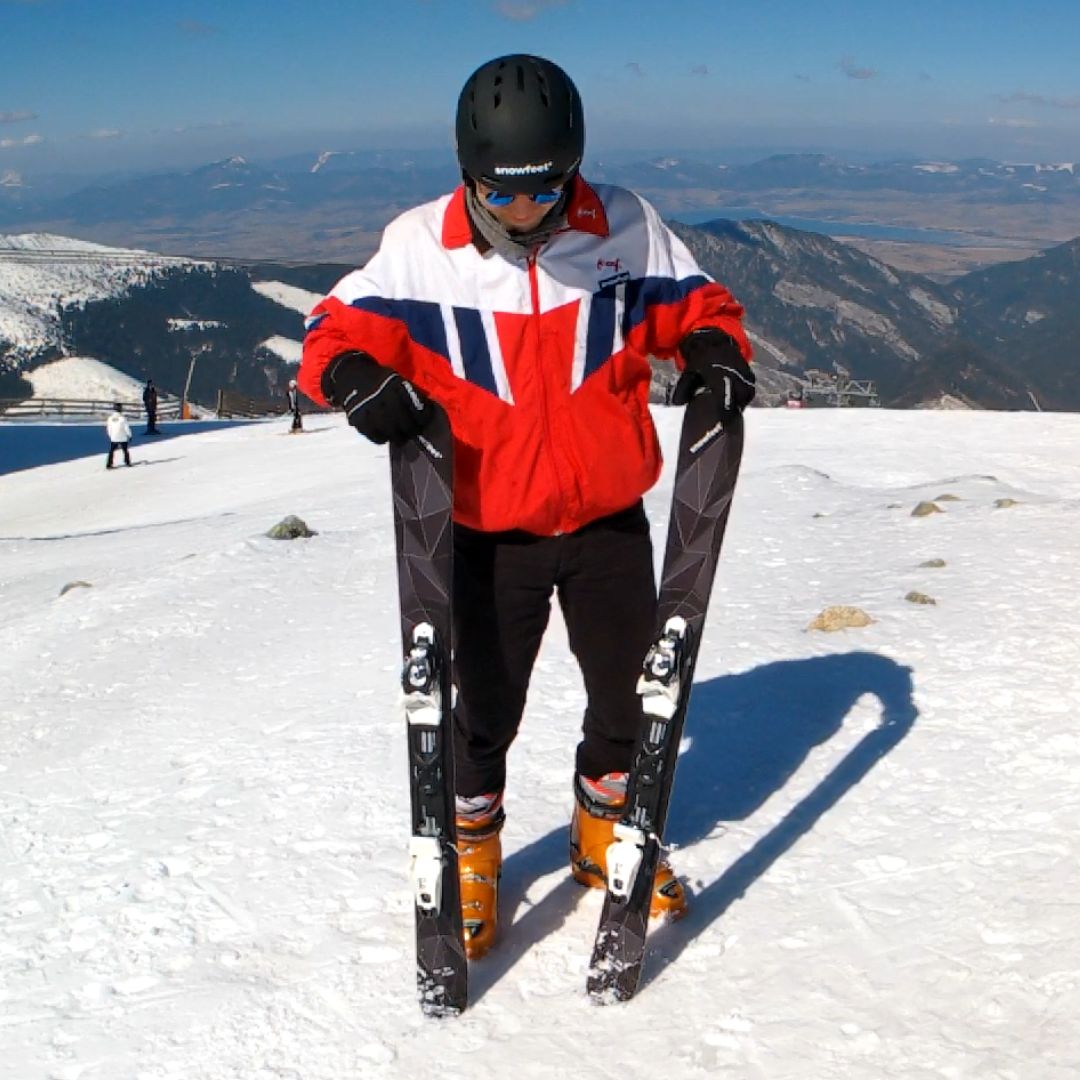
Šířka lyže
Add your subtitle
Šířka lyží, zejména v oblasti pasu, ovlivňuje, jak se chovají v různých sněhových podmínkách. Užší lyže jsou lepší pro přesné zatáčení na upravených sjezdovkách, zatímco širší lyže nabízejí lepší plavání v prašanu. Zvažte, na jakém druhu sněhu budete lyžovat, a vyberte šířku, která nejlépe vyhovuje.
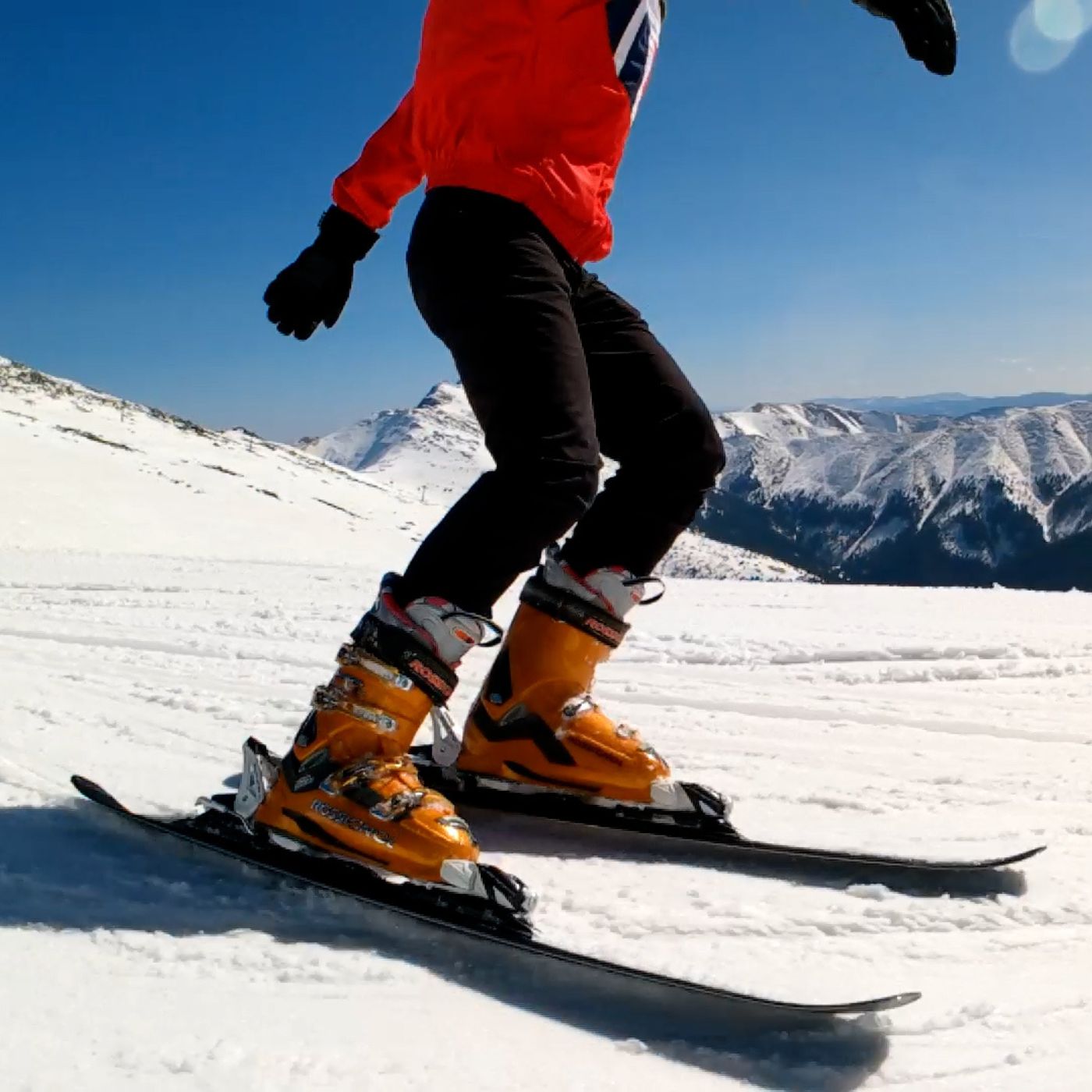
Flexibilita a tuhost
Add your subtitle
Flexe a tuhost lyží ovlivňují, jak lyže reagují na vaše pohyby a terén. Měkčí lyže jsou více odpouštějící a snadněji se ohýbají, což je činí vhodnými pro začátečníky a lehčí lyžaře. Na druhou stranu tužší lyže poskytují lepší stabilitu při vysokých rychlostech a jsou preferovány pokročilými lyžaři.
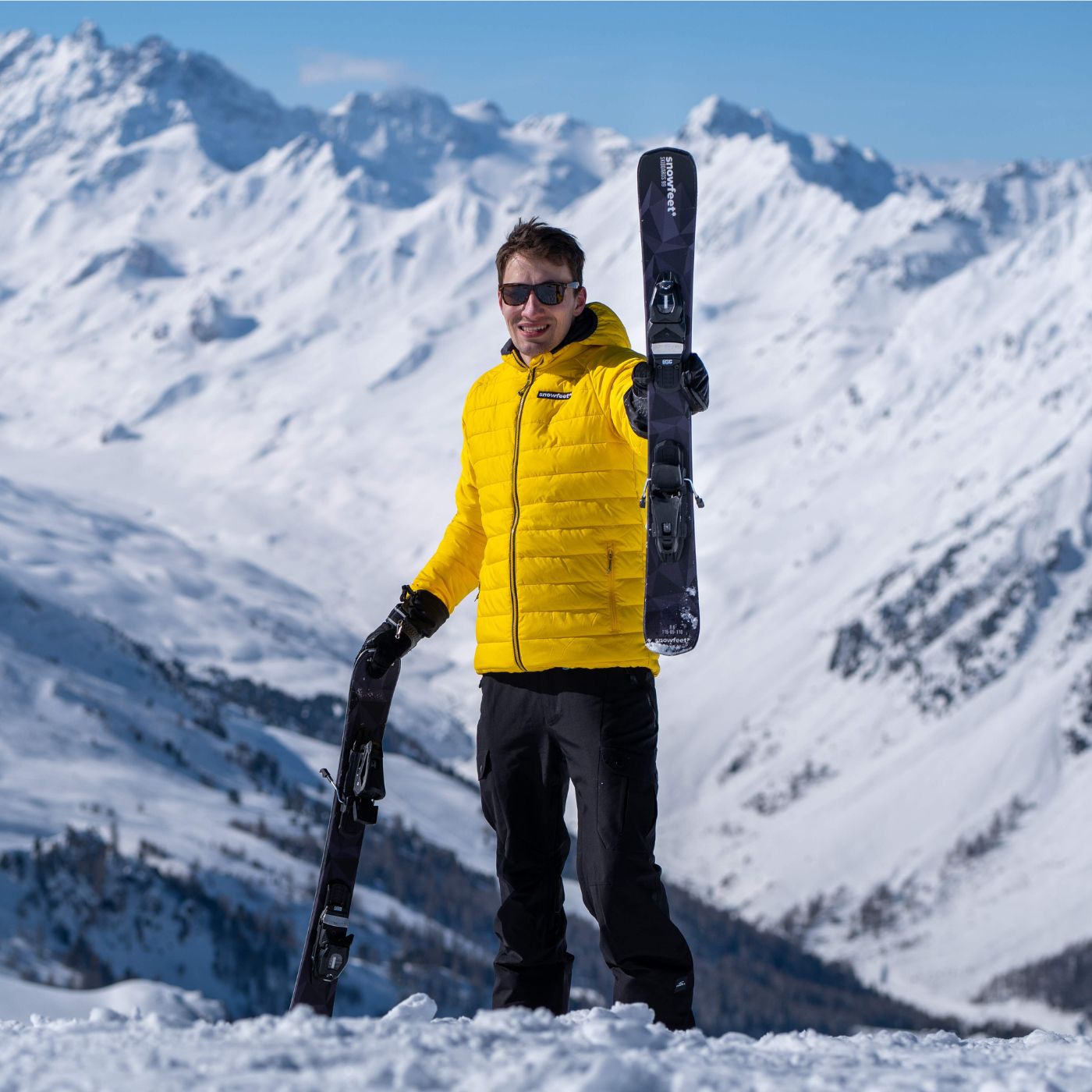
Tvar lyže
Add your subtitle
Carvingové lyže mají speciální tvar, který vám pomáhá hladce zatáčet. Jsou užší uprostřed a širší na koncích. Tento tvar usnadňuje začátek a dokončení zatáček bez pádu.
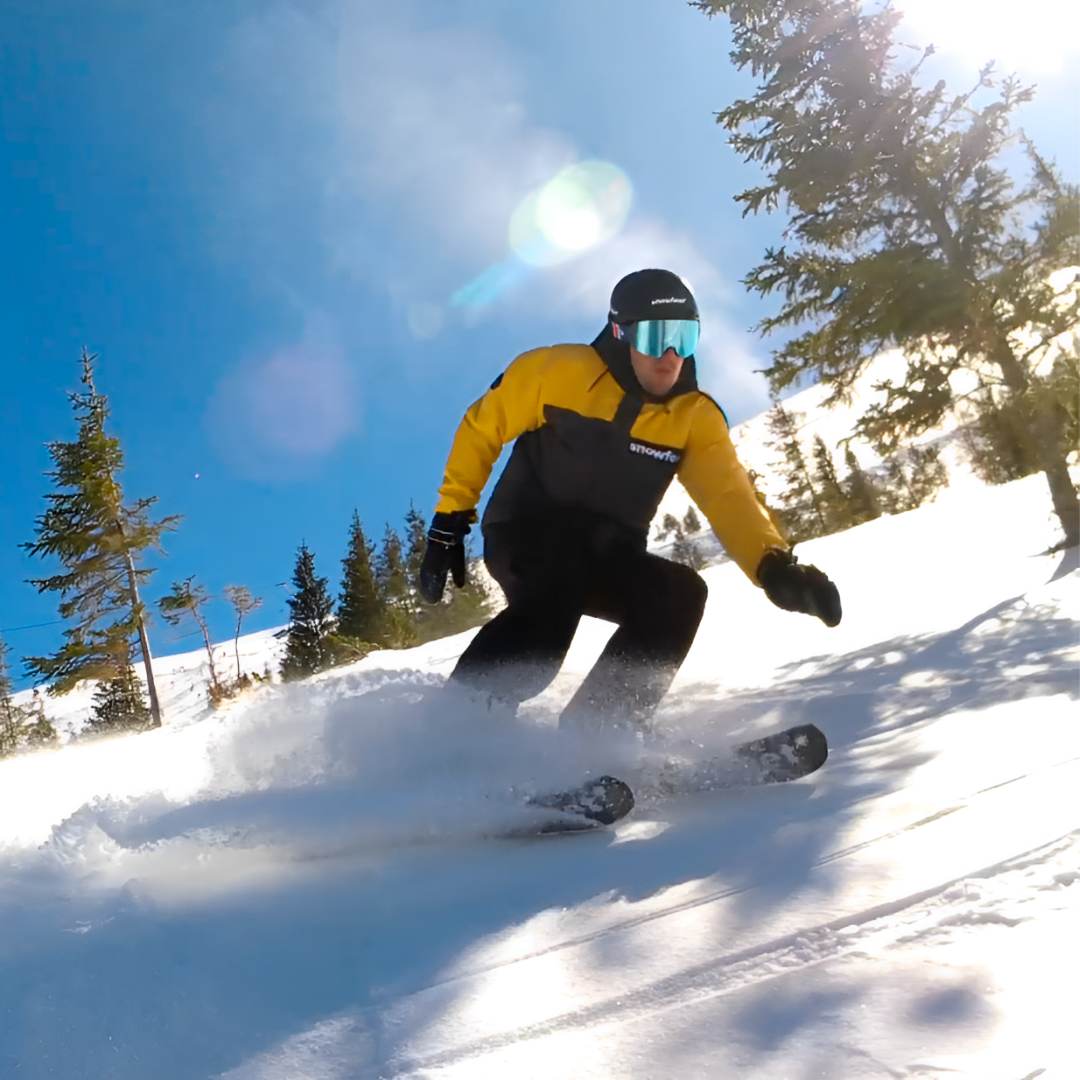
Vaše úroveň dovedností
Add your subtitle
Jste začátečník, mírně pokročilý nebo pokročilý lyžař? Různé lyže jsou navrženy pro různé úrovně dovedností. Začátečníci by měli hledat krátké lyže, které se snadno otáčejí a ovládají, zatímco pokročilí lyžaři mohou hledat delší.
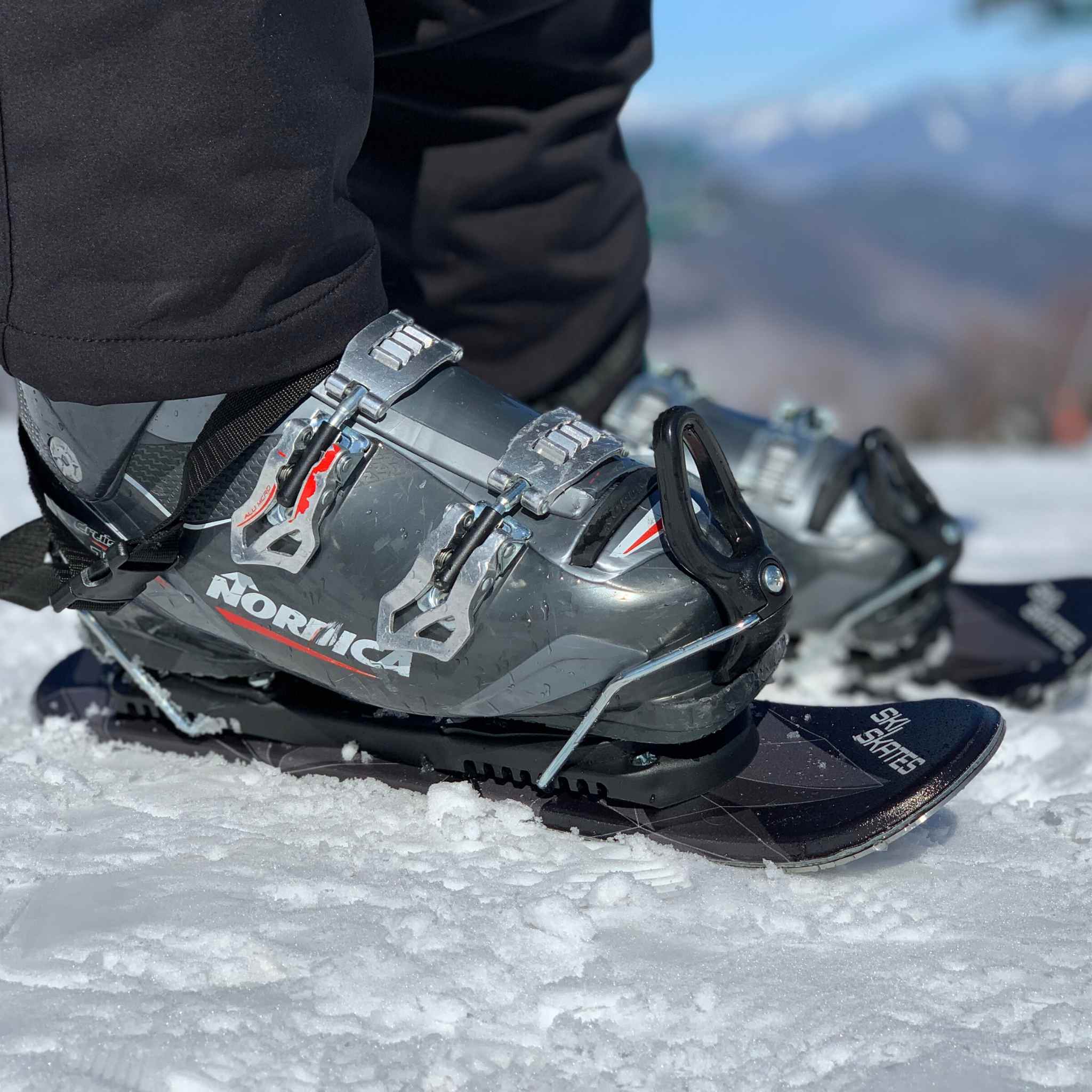
Vázání
Add your subtitle
Hledejte vázání, která se snadno nastavují a poskytují pevné uchycení vašich bot. Je dobré nechat je profesionálně nastavit podle vaší úrovně dovedností a stylu lyžování.
Délka lyže
Add your subtitle
Délka vašich lyží může ovlivnit, jak se chovají na sněhu. Delší lyže obvykle poskytují větší stabilitu při vysokých rychlostech, zatímco kratší lyže se lépe ovládají a jsou vhodnější pro začátečníky a středně pokročilé lyžaře.
Šířka lyže
Add your subtitle
Šířka lyží, zejména v oblasti pasu, ovlivňuje, jak se chovají v různých sněhových podmínkách. Užší lyže jsou lepší pro přesné zatáčení na upravených sjezdovkách, zatímco širší lyže nabízejí lepší plavání v prašanu. Zvažte, na jakém druhu sněhu budete lyžovat, a vyberte šířku, která nejlépe vyhovuje.
Flexibilita a tuhost
Add your subtitle
Flexe a tuhost lyží ovlivňují, jak lyže reagují na vaše pohyby a terén. Měkčí lyže jsou více odpouštějící a snadněji se ohýbají, což je činí vhodnými pro začátečníky a lehčí lyžaře. Na druhou stranu tužší lyže poskytují lepší stabilitu při vysokých rychlostech a jsou preferovány pokročilými lyžaři.
Tvar lyže
Add your subtitle
Carvingové lyže mají speciální tvar, který vám pomáhá hladce zatáčet. Jsou užší uprostřed a širší na koncích. Tento tvar usnadňuje začátek a dokončení zatáček bez pádu.
Vaše úroveň dovedností
Add your subtitle
Jste začátečník, mírně pokročilý nebo pokročilý lyžař? Různé lyže jsou navrženy pro různé úrovně dovedností. Začátečníci by měli hledat krátké lyže, které se snadno otáčejí a ovládají, zatímco pokročilí lyžaři mohou hledat delší.
Vázání
Add your subtitle
Hledejte vázání, která se snadno nastavují a poskytují pevné uchycení vašich bot. Je dobré nechat je profesionálně nastavit podle vaší úrovně dovedností a stylu lyžování.






Skiblady jsou navrženy pro snadnou kontrolu a bez námahy carvingový zážitek. Jsou lehčí, snadněji ovladatelné, takže je jednodušší zatáčet a zastavovat. Vyžadují méně úsilí k ovládání, takže budete prořezávat sněhem jako horký nůž máslem.
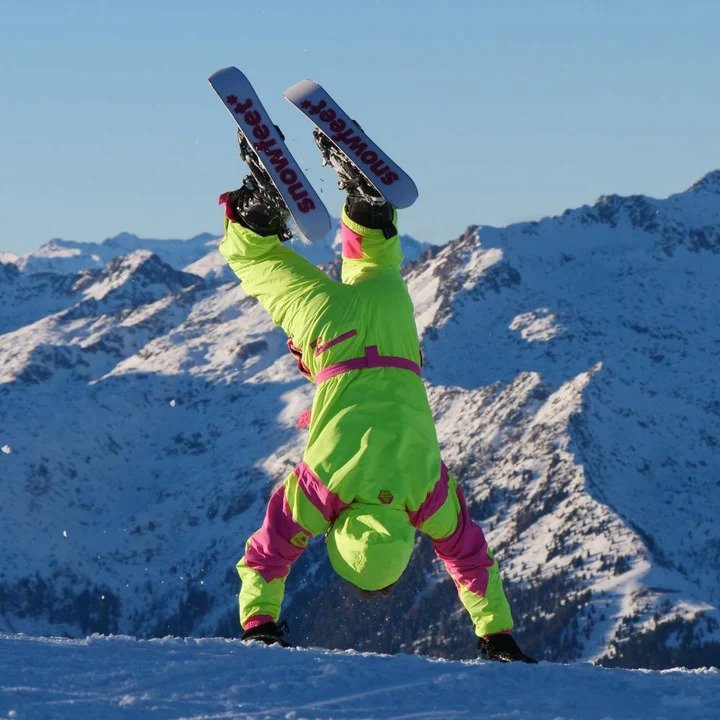
Zábava + svoboda kdekoli
Krátké lyže jsou super zábavné a zvládnou různé typy terénu. Jsou skvělé na upravených sjezdovkách, ale také na boule, v muldách a na některých terénech mimo sjezdovku.
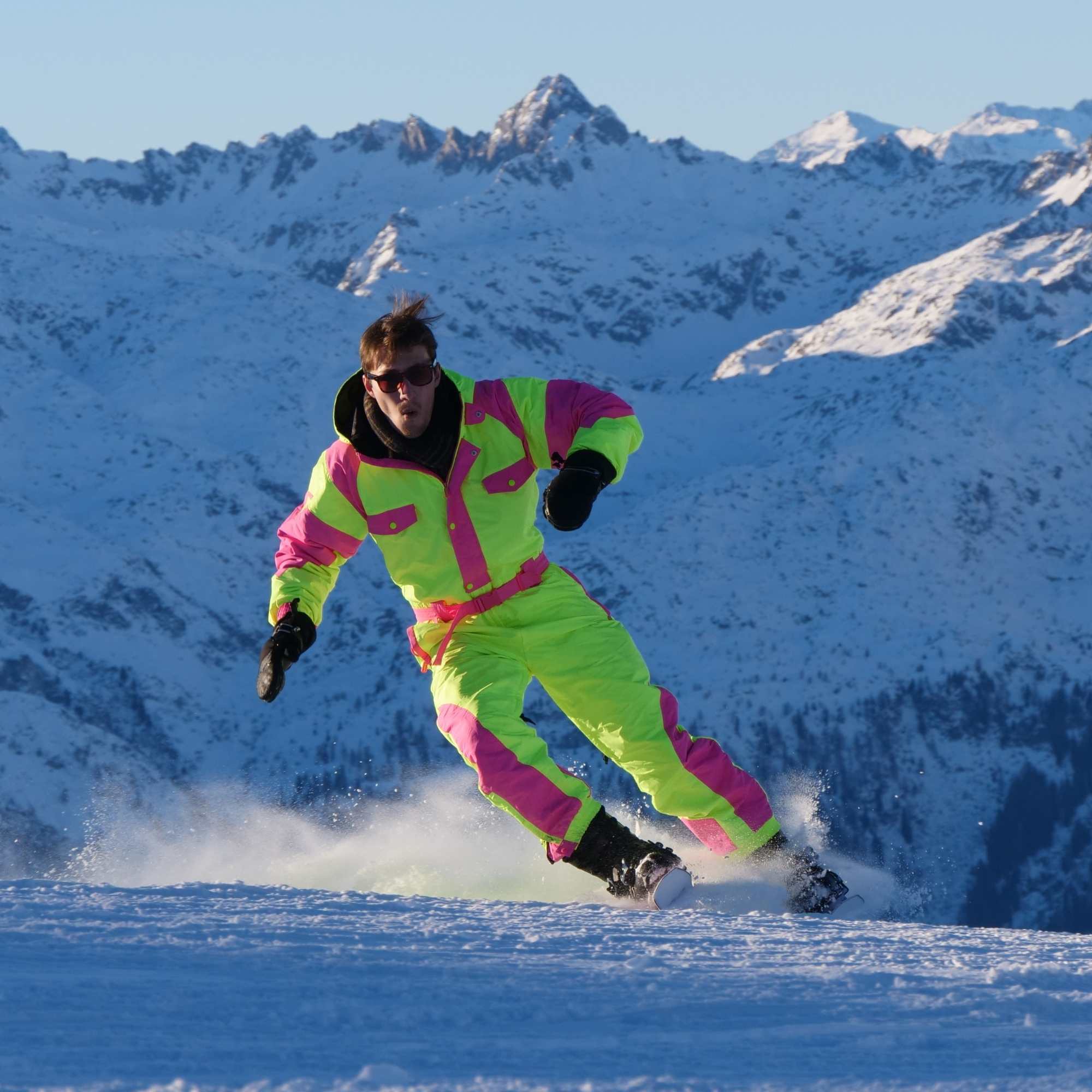
Snadné naučit se za jeden den
Rychlá křivka učení. Skvělé pro začátečníky, pokročilé, kteří chtějí lyžování naplno užívat.
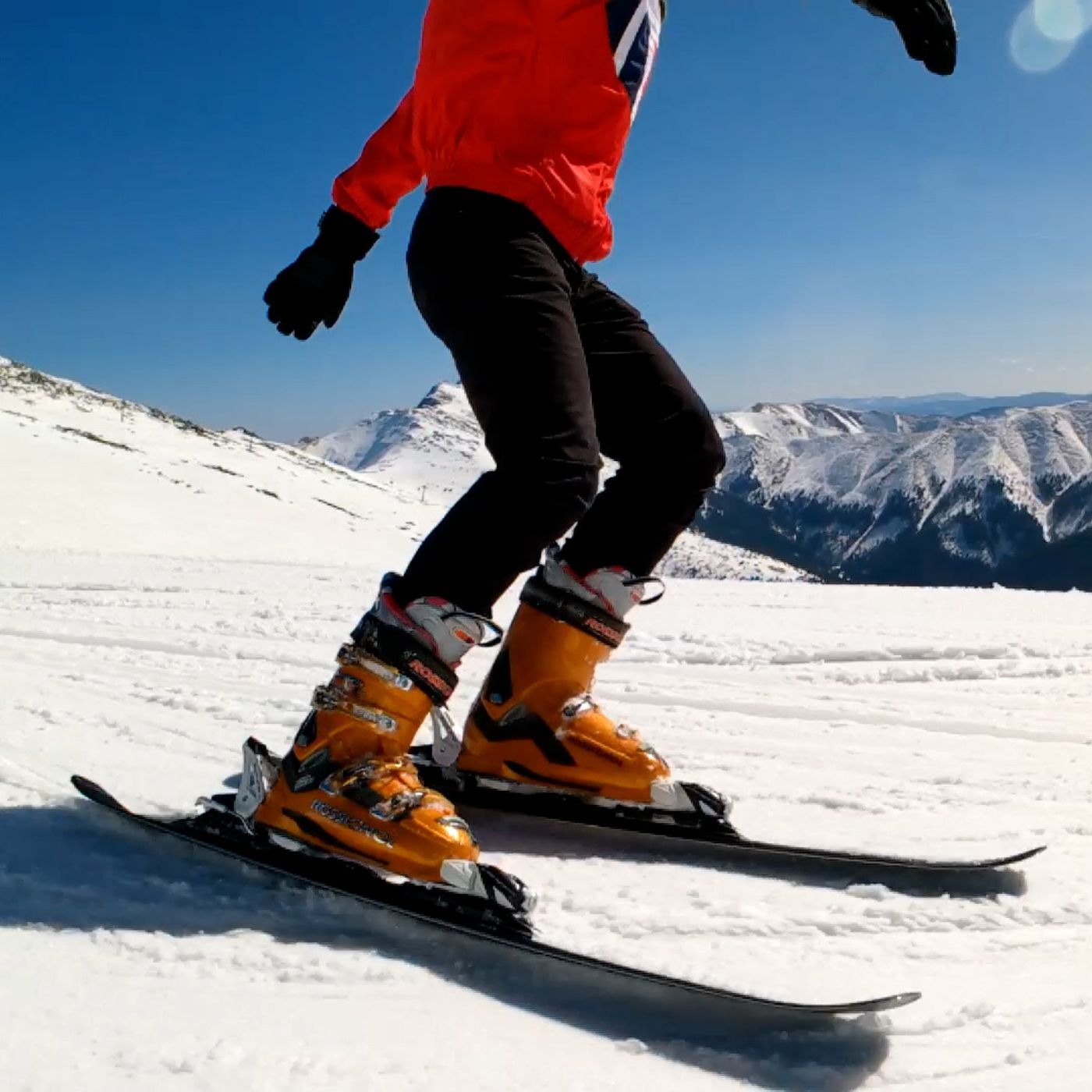
Jednoduché ovládání
Díky kratším a lehčím lyžím je snazší je ovládat, udržet rovnováhu a hladce zatáčet.
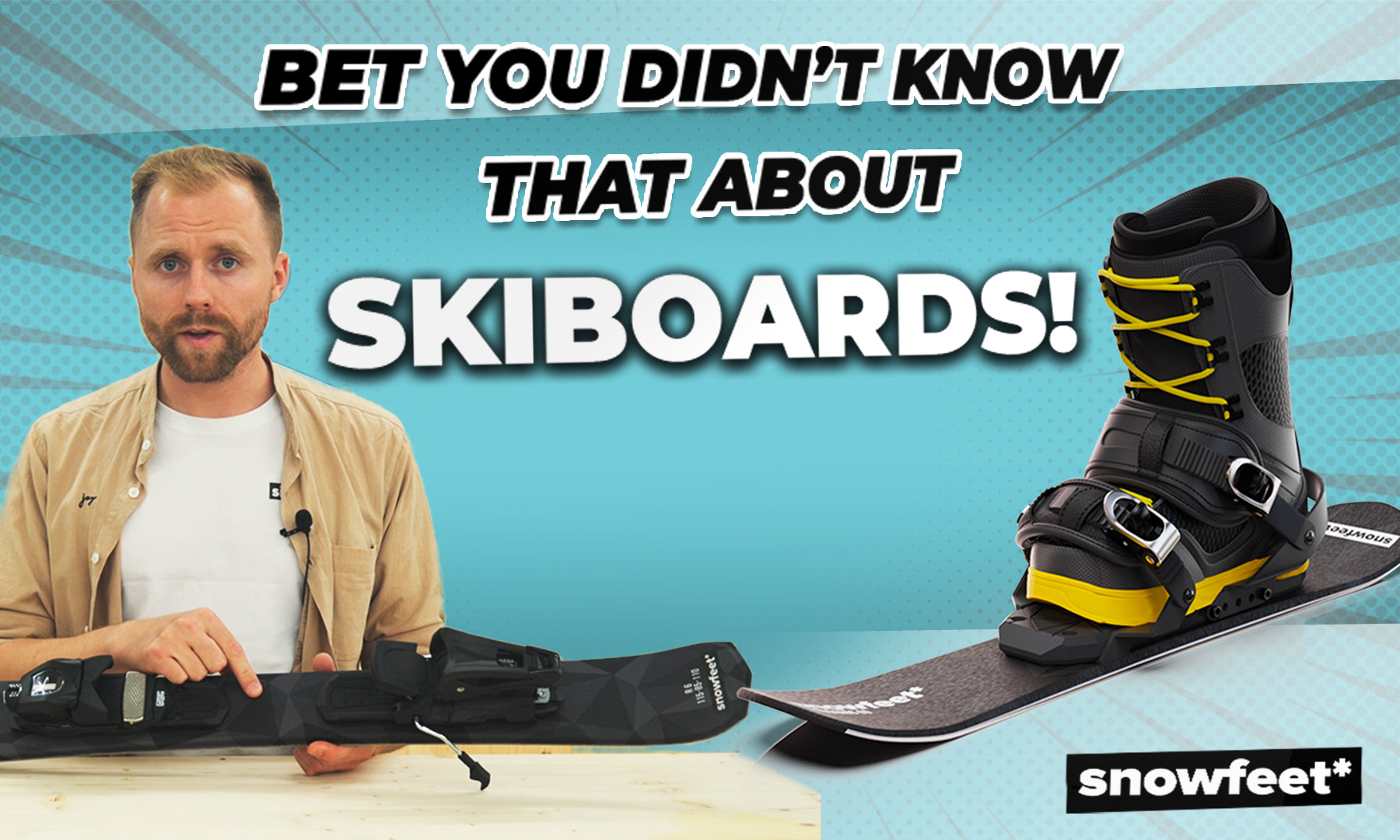
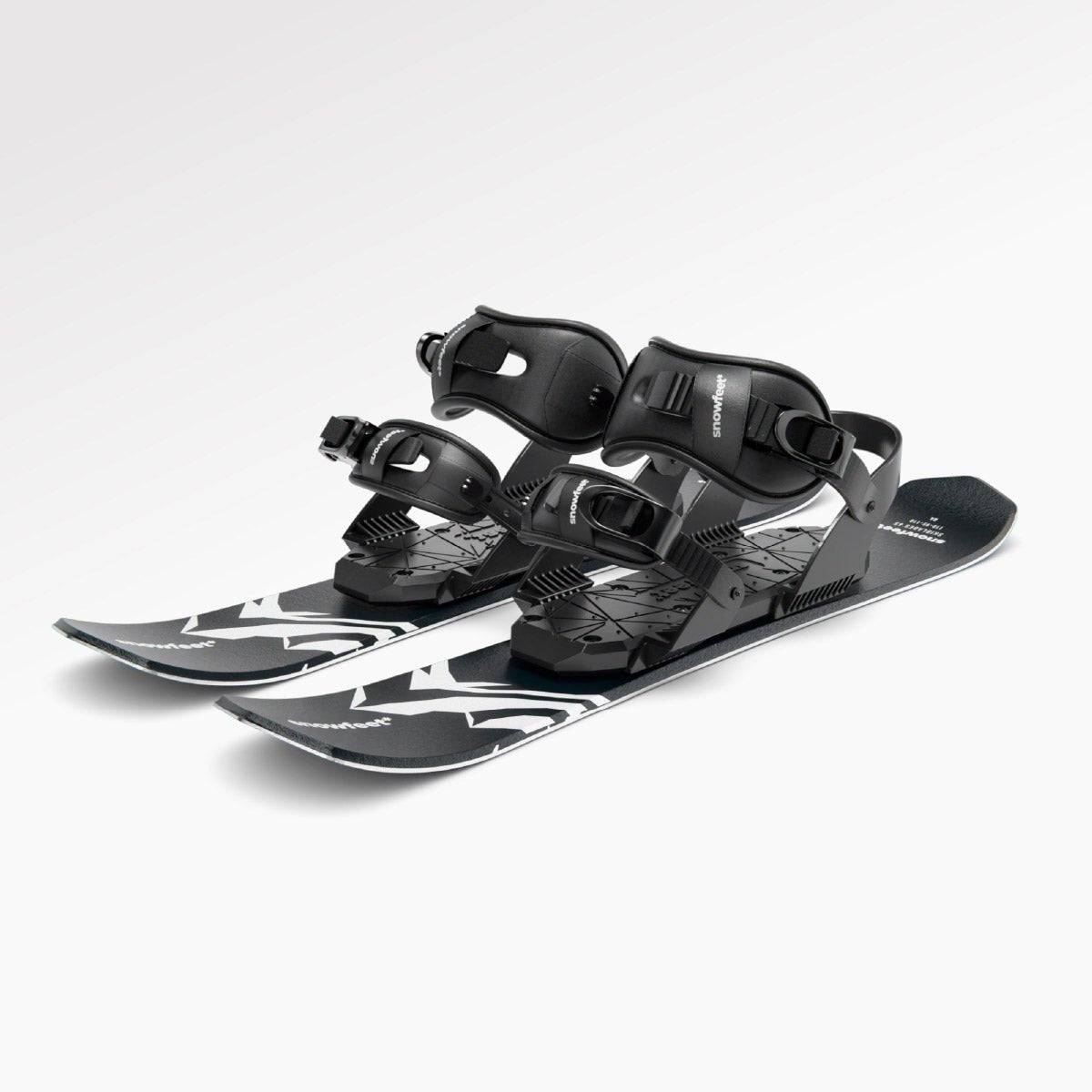

65 cm | 26 palců
99 cm | 39 palců
120 cm | 47 palců
Dostatečně dlouhé na lyžování, dostatečně krátké na bruslení. Zábavné triky, skoky a otočky na sjezdovkách a ve snowparcích. Působí to trochu jako brusle na sněhu.
Ultimátní skiboardy. Dlouhé dost na hluboké carvingové oblouky na sjezdovkách s větší volností pohybu, zábavné skoky a triky ve snowparcích i v prašanu.
Ultimátní lyže. Úžasný carvingový zážitek. K plnému užívání si lyžování nepotřebujete nic delšího.
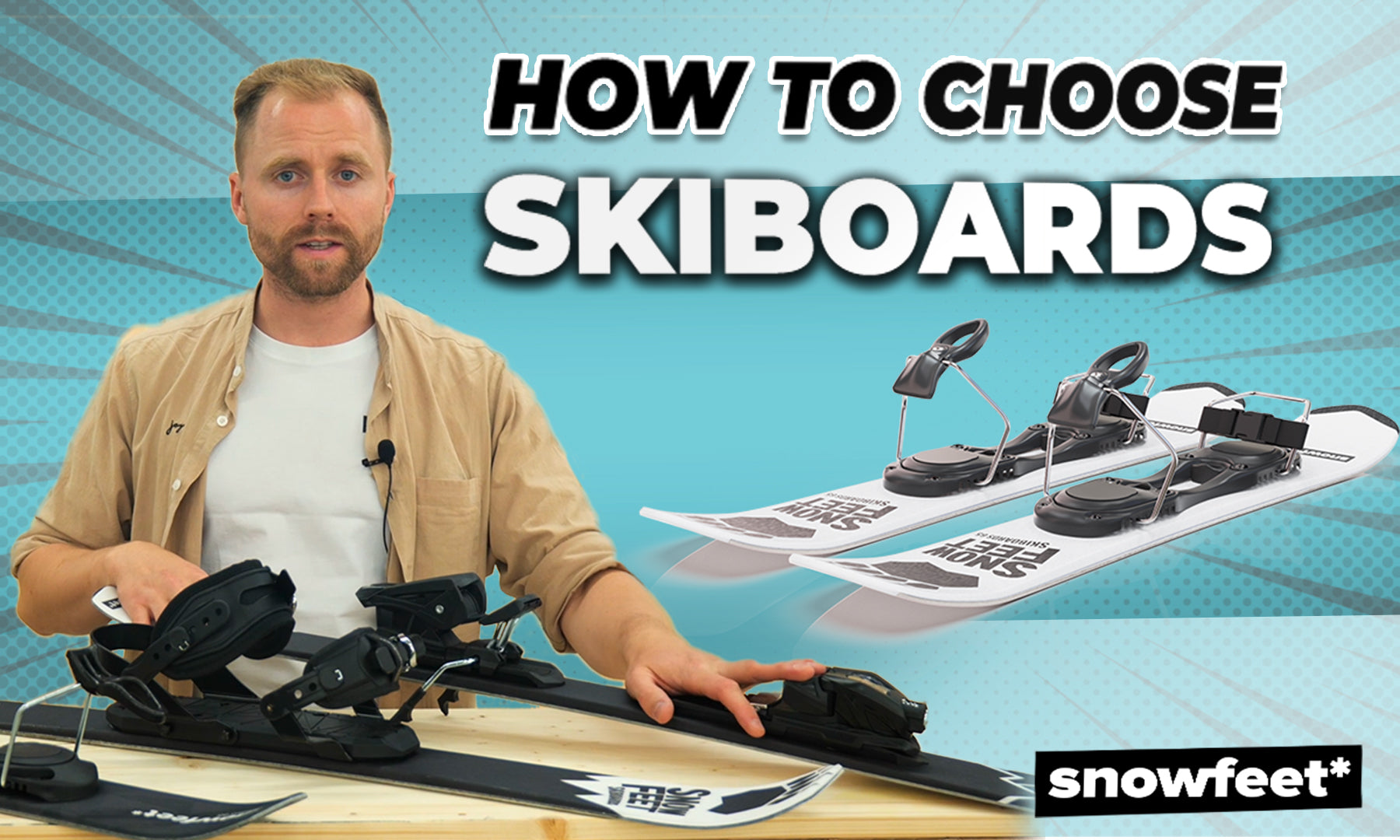
Vysoce kvalitní konstrukce
Pro výrobu používáme pouze vysoce kvalitní materiály a navrhujeme pouze jedinečné, inovativní produkty s cílem vždy vytvořit nejlepší produkt ve své kategorii.
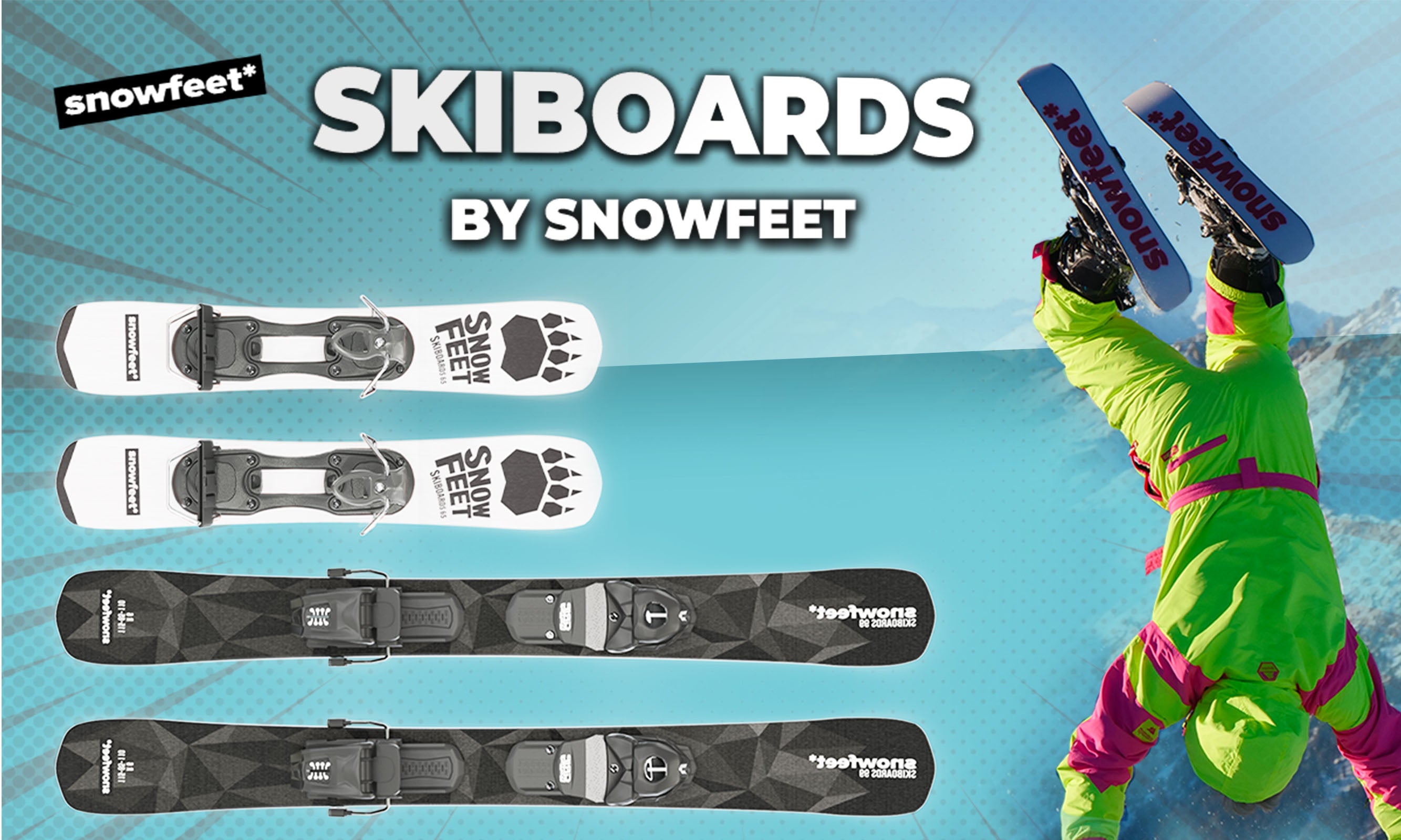
Carvingové lyže jsou typ lyží navržených tak, aby vám usnadnily zatáčení při lyžování. Mají zakřivený tvar, který vám pomáhá hladce řezat sněhem místo smýkání. To dělá lyžování zábavnějším a pomáhá vám cítit se na svazích více v kontrole.
Carvingové lyže mohou být pro začátečníky dobré, protože jejich zakřivený tvar usnadňuje a zpříjemňuje zatáčení. Nicméně je důležité, aby si začátečníci vybrali carvingové lyže vhodné pro jejich úroveň dovedností.
Carvingové lyže jsou navrženy především pro plynulé zatáčení na upravených sjezdovkách, zatímco all-mountain lyže jsou všestrannější a zvládnou různé terény, včetně upravených tratí, prašanu a hrbolů. Carvingové lyže mají užší střed a jsou více specializované na zatáčení, zatímco all-mountain lyže mají širší střed a jsou lépe přizpůsobené různým sněhovým podmínkám a terénu.
Ano, můžete používat carvingové lyže v prašanu, ale nejsou pro to speciálně navrženy. Carvingové lyže jsou lépe přizpůsobeny upraveným sjezdovkám, kde mohou dělat plynulé oblouky. V prašanu jejich užší šířka nemusí poskytovat tolik vztlaku nebo stability jako širší lyže speciálně určené pro prašan.
Carvingové lyže nejsou nejlepší volbou pro jízdu v muldách. Muldy jsou hrboly na sjezdovce a carvingové lyže, se svým delším a užším tvarem, jsou vhodnější pro plynulé oblouky na upravených tratích. Lyže, které lépe zvládnou jízdu v muldách, jsou kratší a mají širší špičku, což usnadňuje navigaci přes hrboly. Se Skiboards, díky jejich kratší délce, dokážete lépe zvládat jízdu v muldách než s jinými delšími lyžemi.
Pro začátečníky a mírně pokročilé lyžaře hledejte carvingové lyže, které jsou kratší, odpouštějící, snadno se otáčejí a poskytují stabilitu. Hledejte lyže s měkčím flexem, což znamená, že se snadněji ohýbají, což usnadňuje jejich ovládání. Vyberte si lyže se střední šířkou a flexibilitou. Tyto lyže vám pomohou cítit se jistěji a zlepšit kontrolu na svazích.
Carving na lyžích znamená dělat hladké, zakřivené zatáčky dolů po svahu místo klouzání. Při carvingu nakloníte své tělo a nakloníte lyže na jejich hrany, poté použijete svou váhu k vedení zatáčky. Tato technika umožňuje lyžím řezat do sněhu, vytvářet čisté oblouky a poskytuje vám větší kontrolu a rychlost při lyžování.
Zde je několik jednoduchých tipů, jak lépe zatáčet na lyžích:
Dodržováním těchto tipů a pravidelným tréninkem se brzy stanete lepším carvingovým lyžařem!
Nejčastější chyby při carvingu zahrnují:
Pokud si těchto chyb uvědomíte a zaměříte se na správnou techniku, můžete zlepšit své carvingové dovednosti.
Ano, na lyžích s dvojitě zahnutými špičkami můžete zatáčet carvingem. I když jsou lyže s dvojitě zahnutými špičkami často spojovány s triky v terénním parku a freestyle lyžováním, stále jsou schopné carvingových zatáček na upravených sjezdovkách. Tvar a design lyží s dvojitě zahnutými špičkami umožňují všestrannost, takže můžete hladce zatáčet, pokud použijete správnou techniku a rozložení váhy.
Rocker a camber jsou termíny používané k popisu tvaru lyží.
Rocker: Toto označuje lyži nebo snowboard, který se zakřivuje nahoru na špičce a/nebo patě. Rocker pomáhá s plavností v prašanu a usnadňuje zatáčení.
Camber: Camber je opak; je to, když je střed lyže nebo snowboardu zvednutý nad zemí, přičemž špička a pata se dotýkají. Camber poskytuje stabilitu a lepší držení hran na tvrdém sněhu.
Lyže pro začátečníky jsou měkčí a snáze se s nimi zatáčí, což je odpouštějící pro ty, kteří právě začínají. Lyže pro pokročilé jsou o něco tužší, poskytují lepší držení hrany a stabilitu pro lyžaře, kteří zlepšují své dovednosti. Lyže pro experty jsou nejtuhší, nabízejí maximální kontrolu a rychlost pro zkušené lyžaře, kteří chtějí přesnost a výkon na upravených svazích.
44 CM | 65 CM | 99 CM | 120 CM | 130 CM | 140 CM
#SNOWFEET
Připojte se k naší rostoucí komunitě Snowfeet